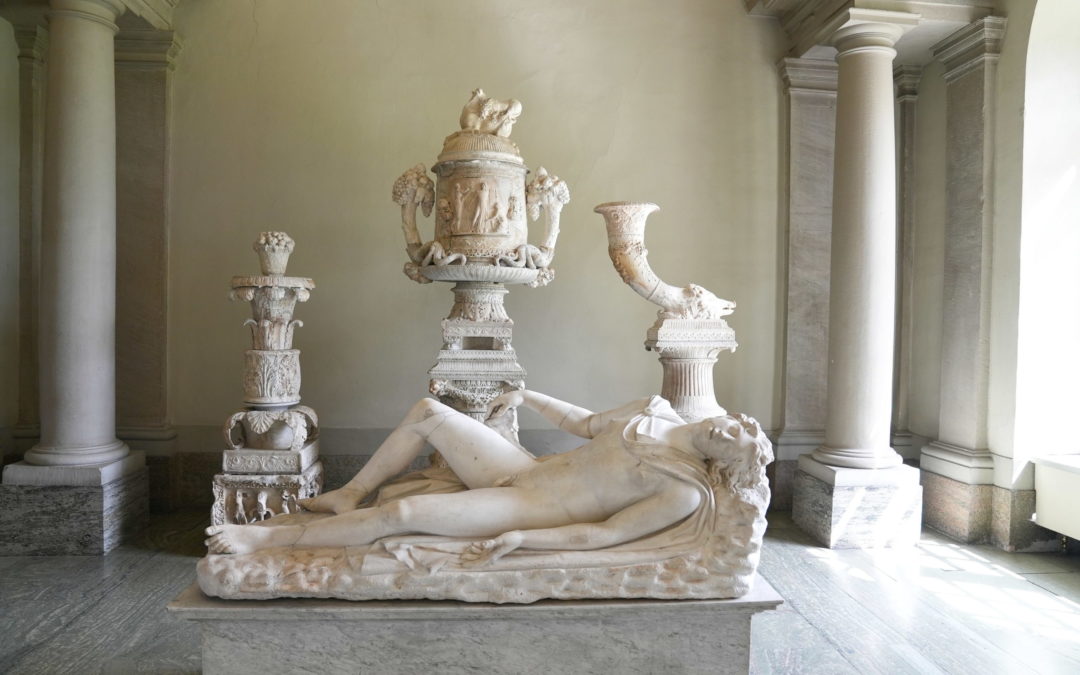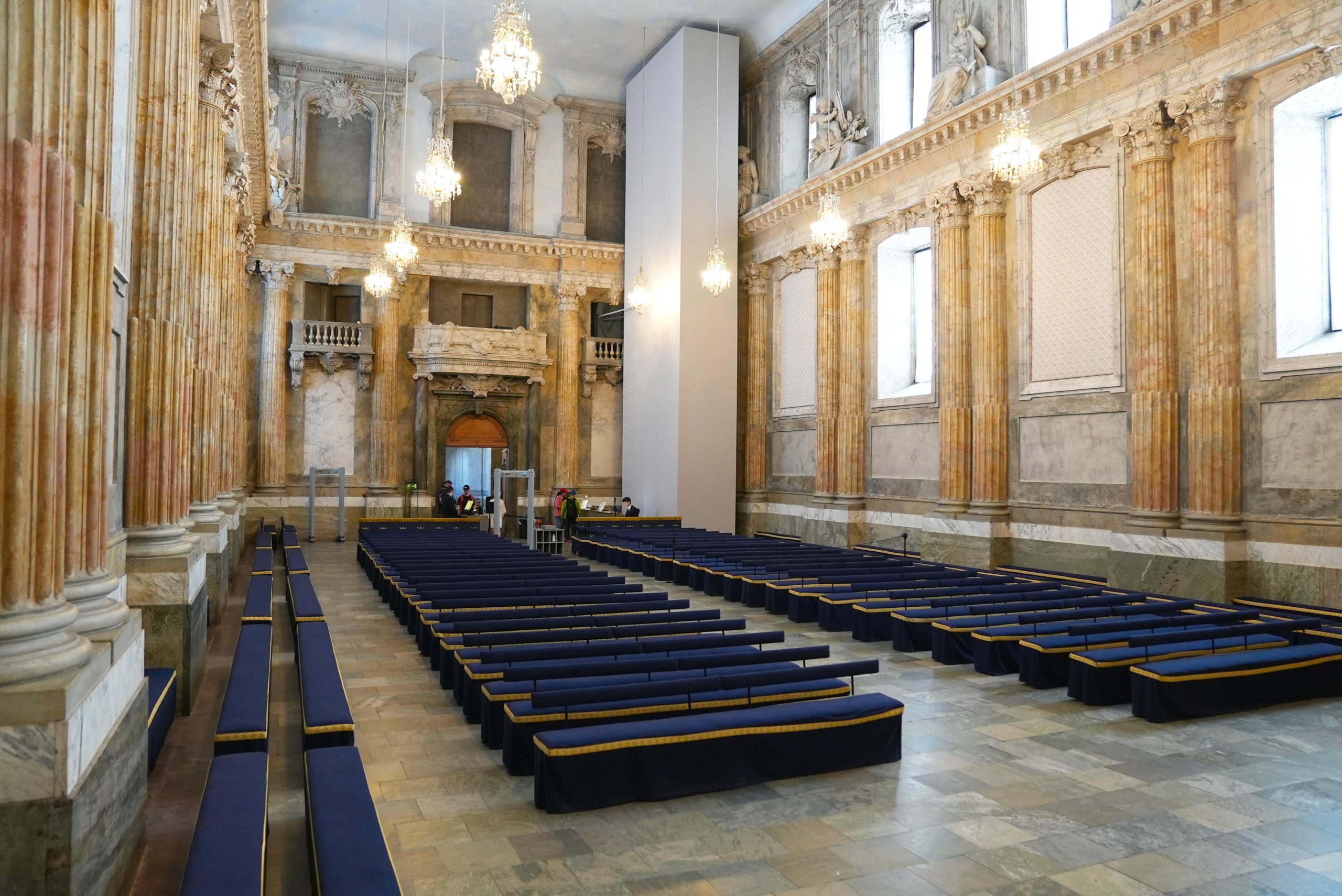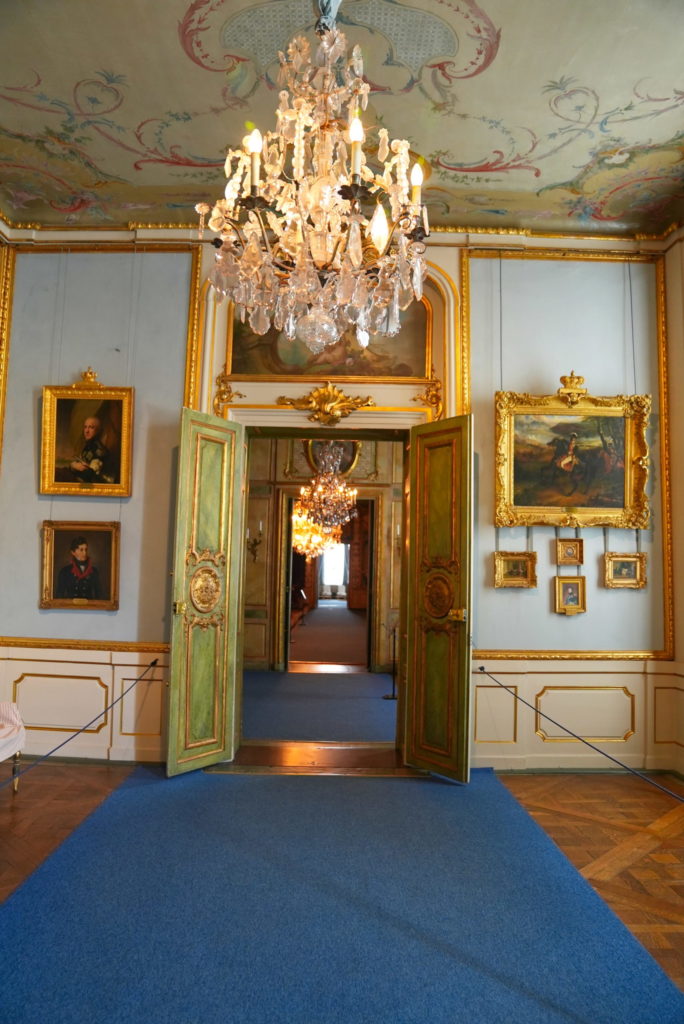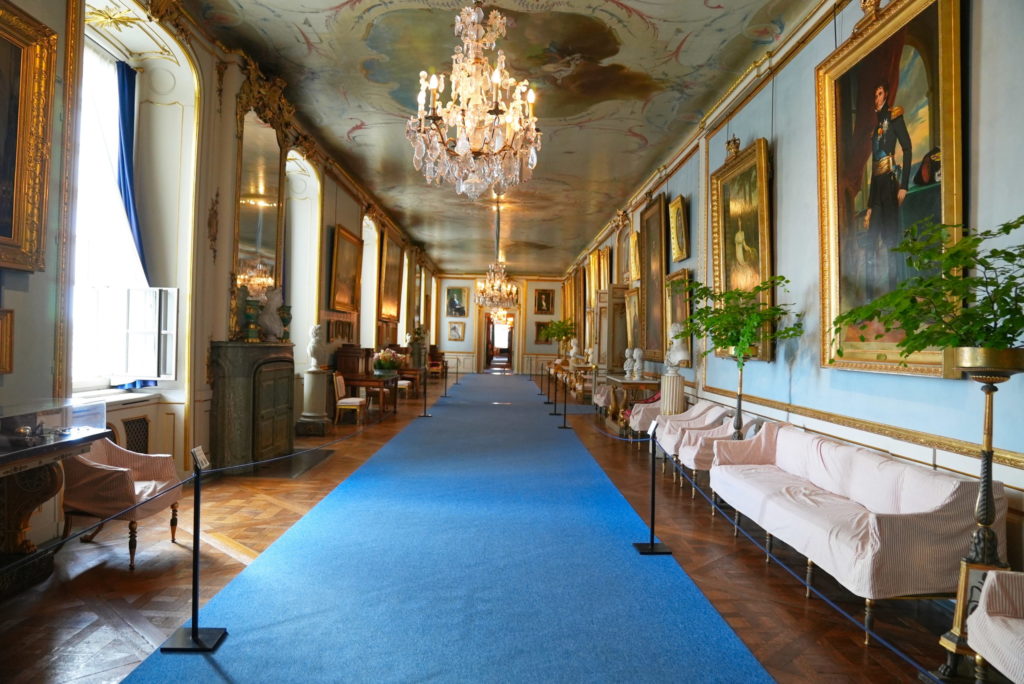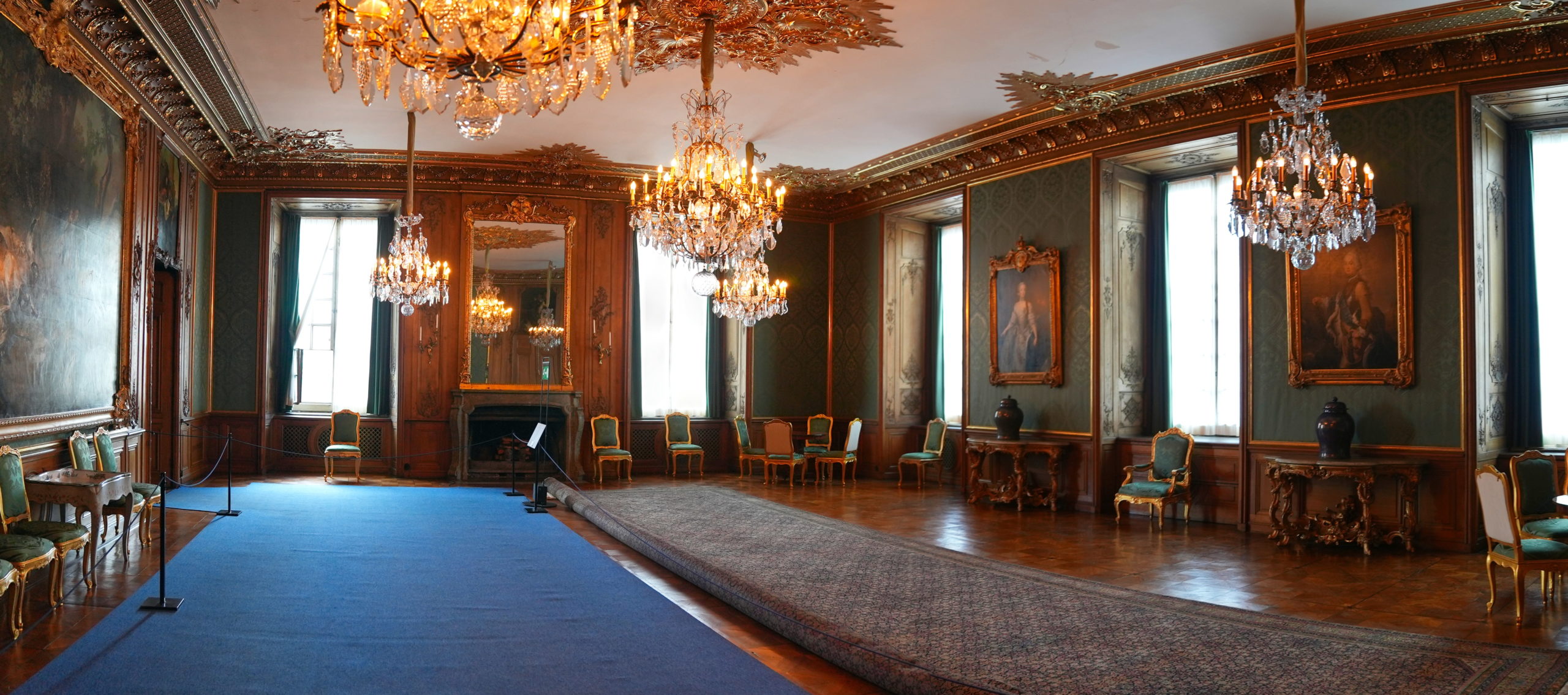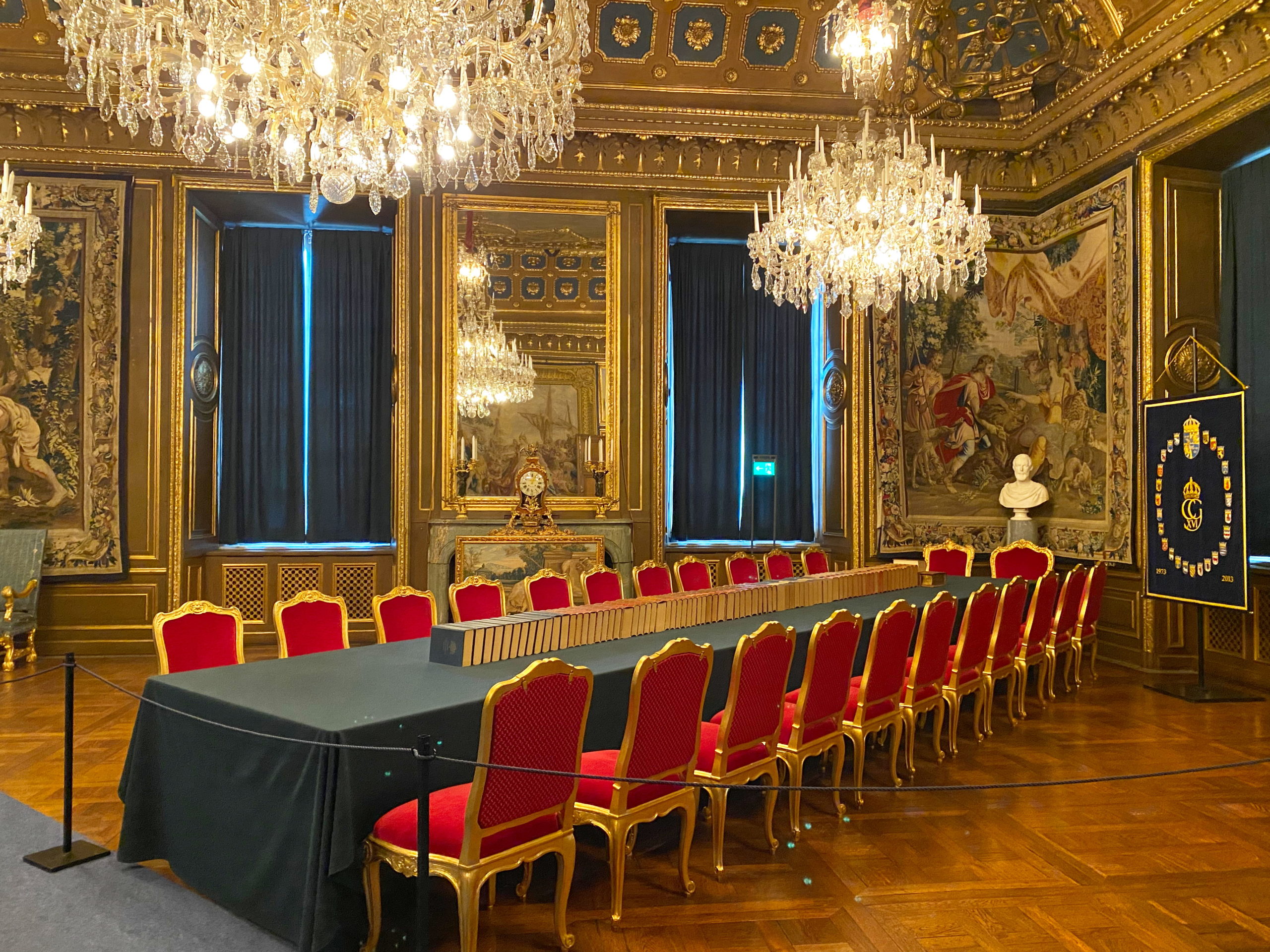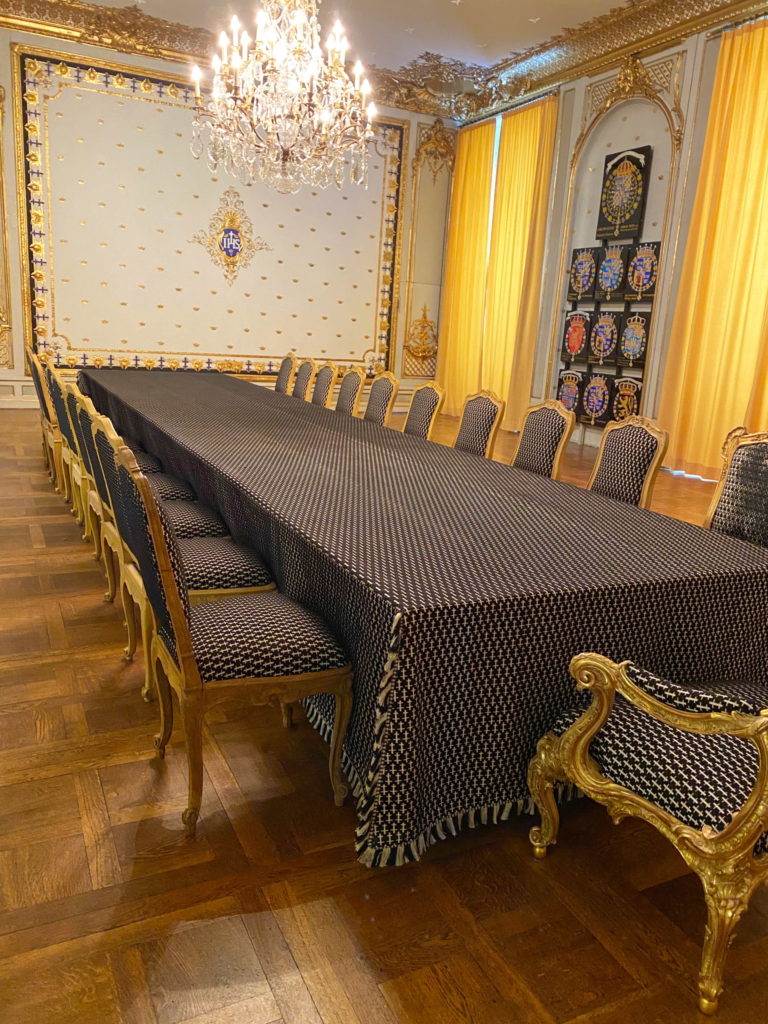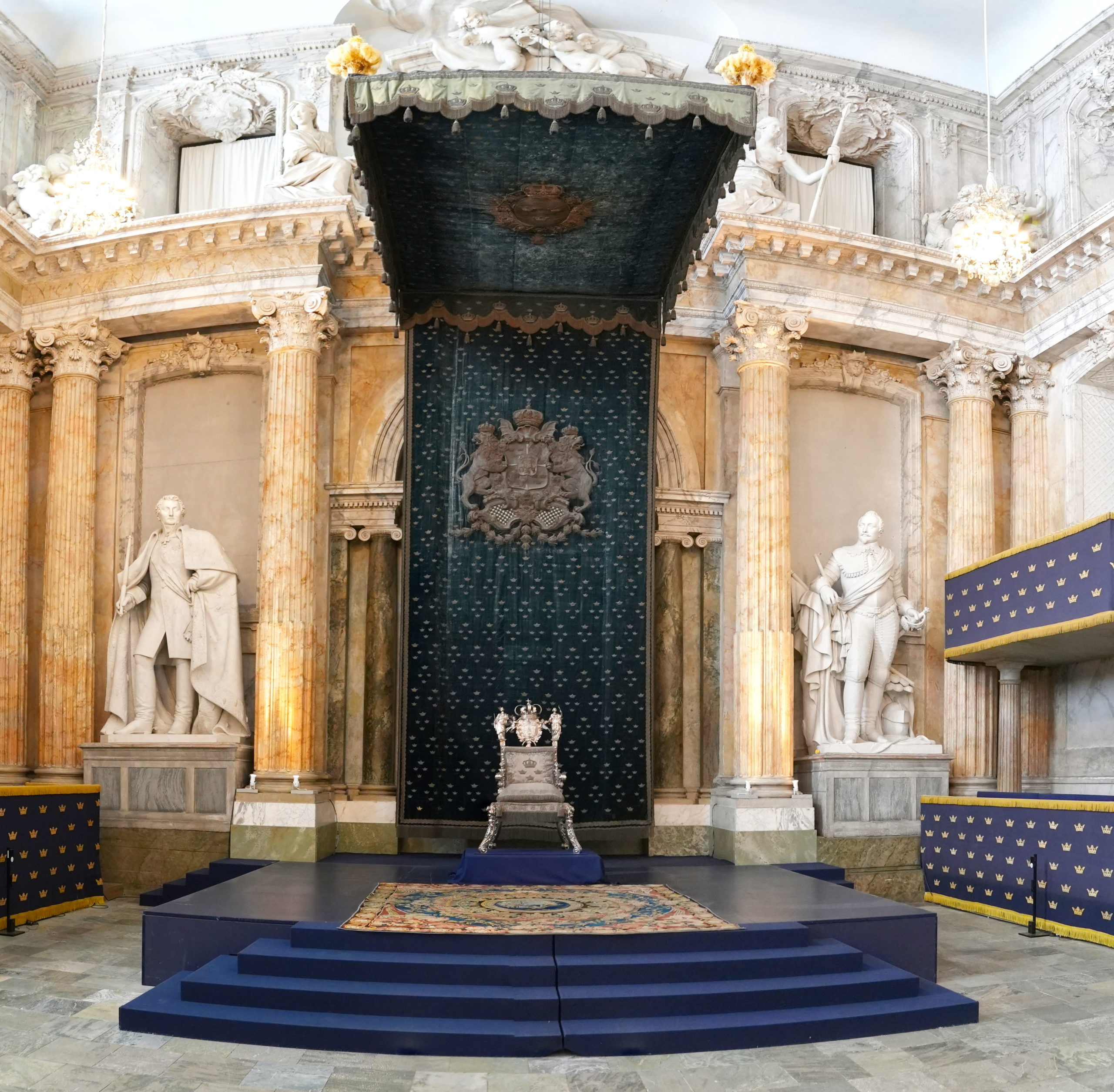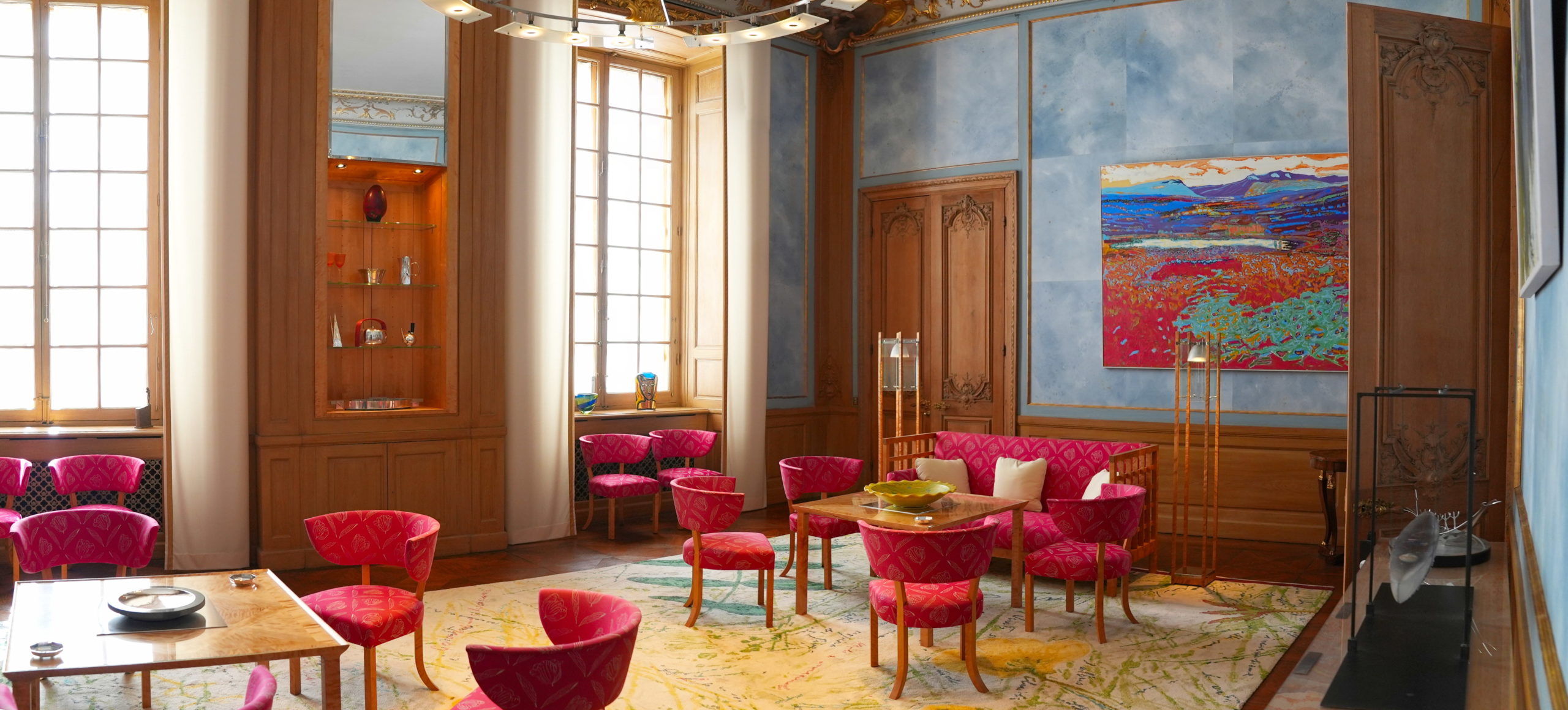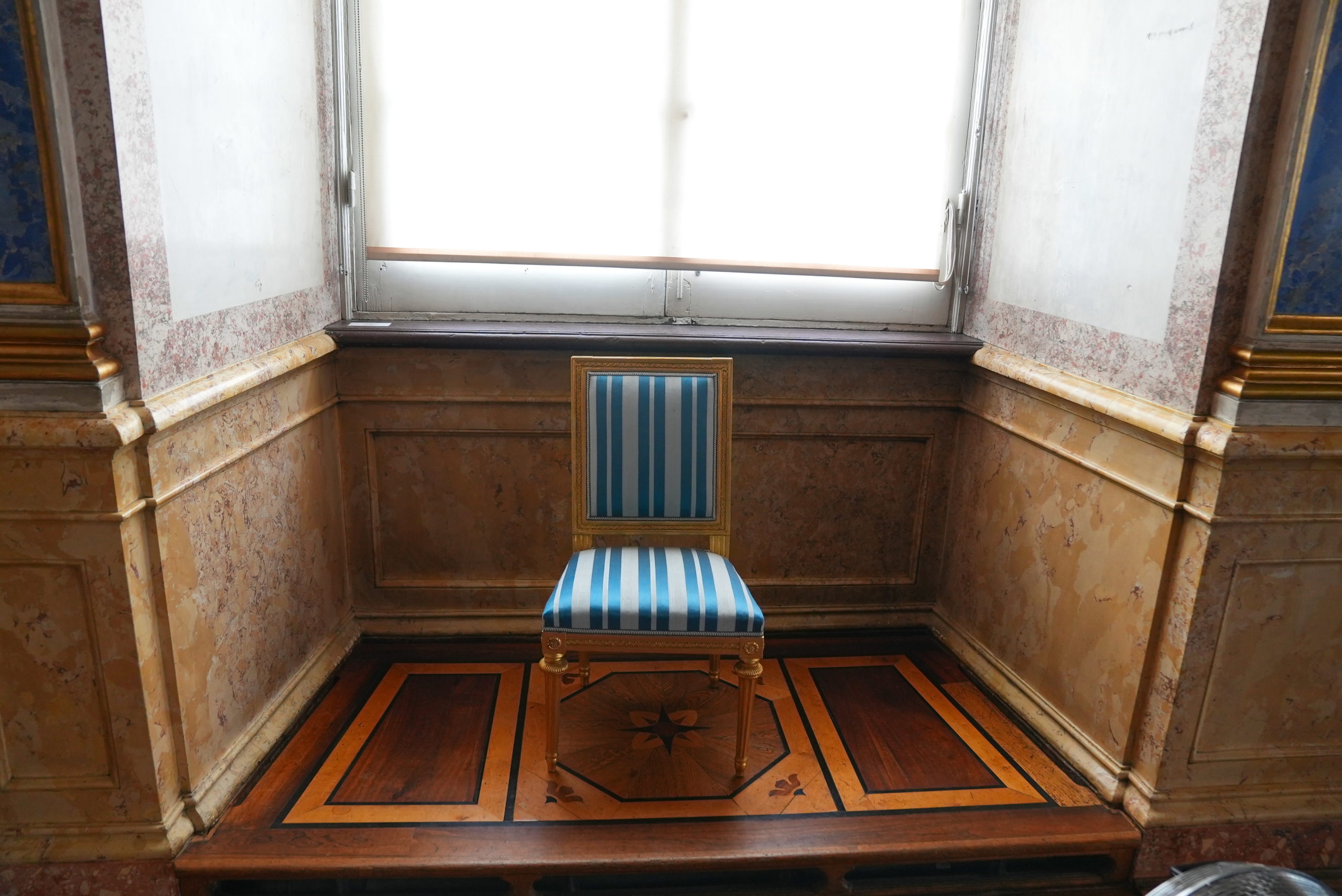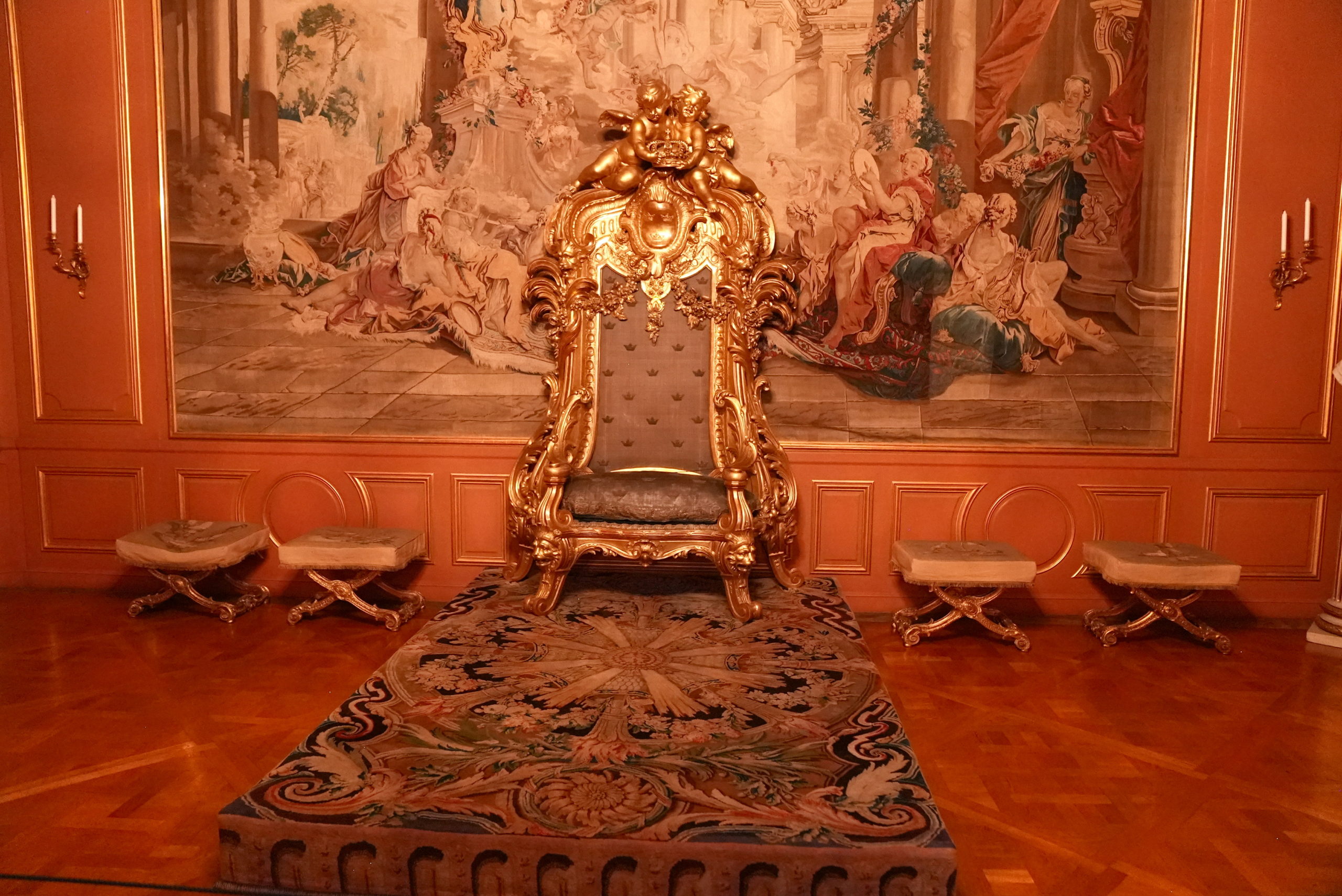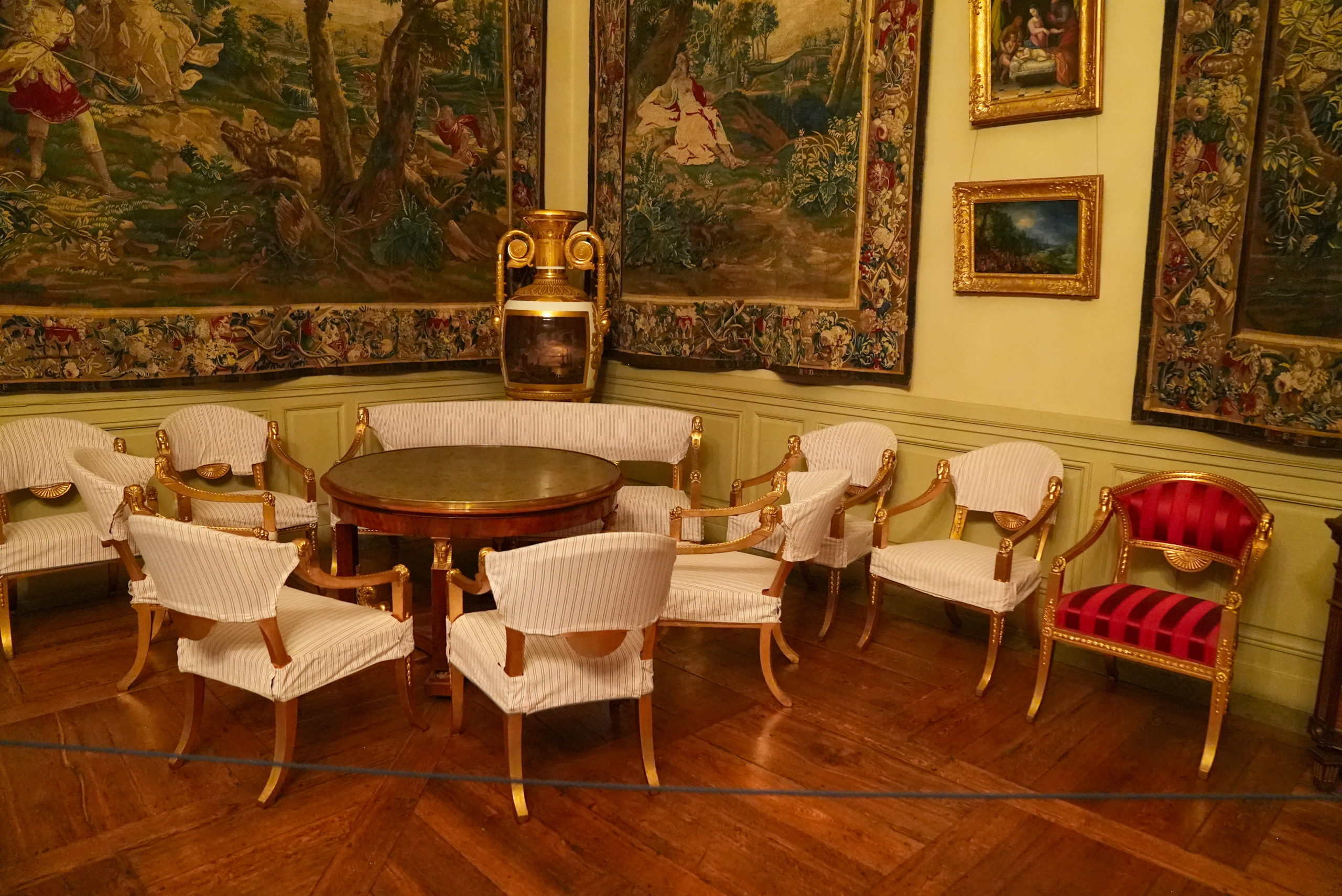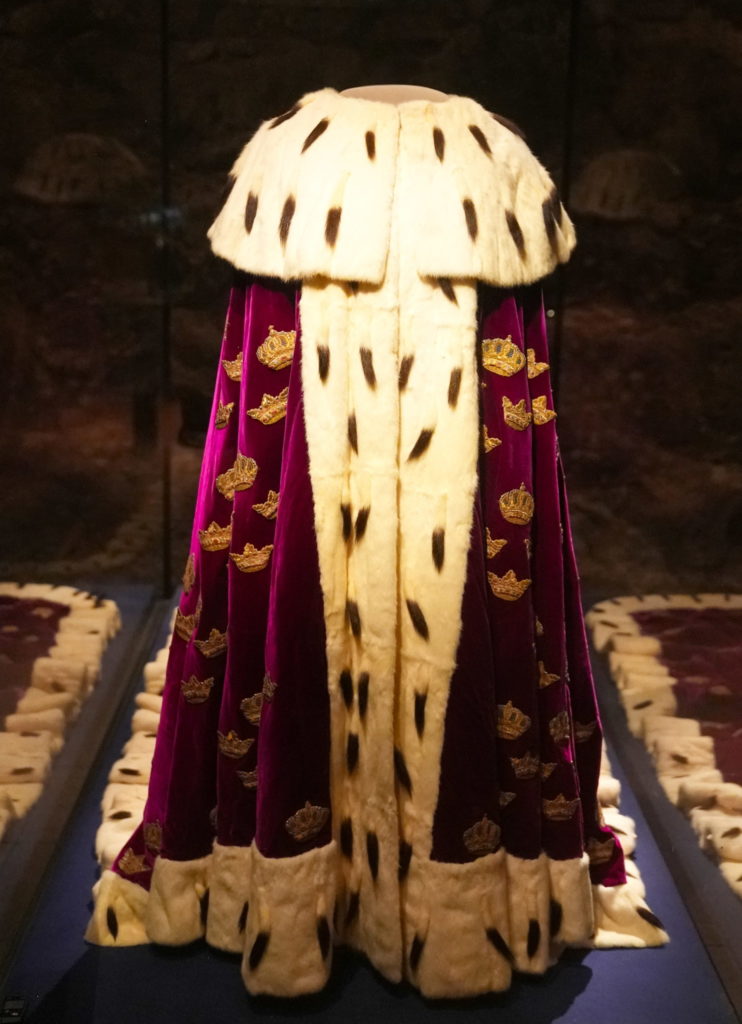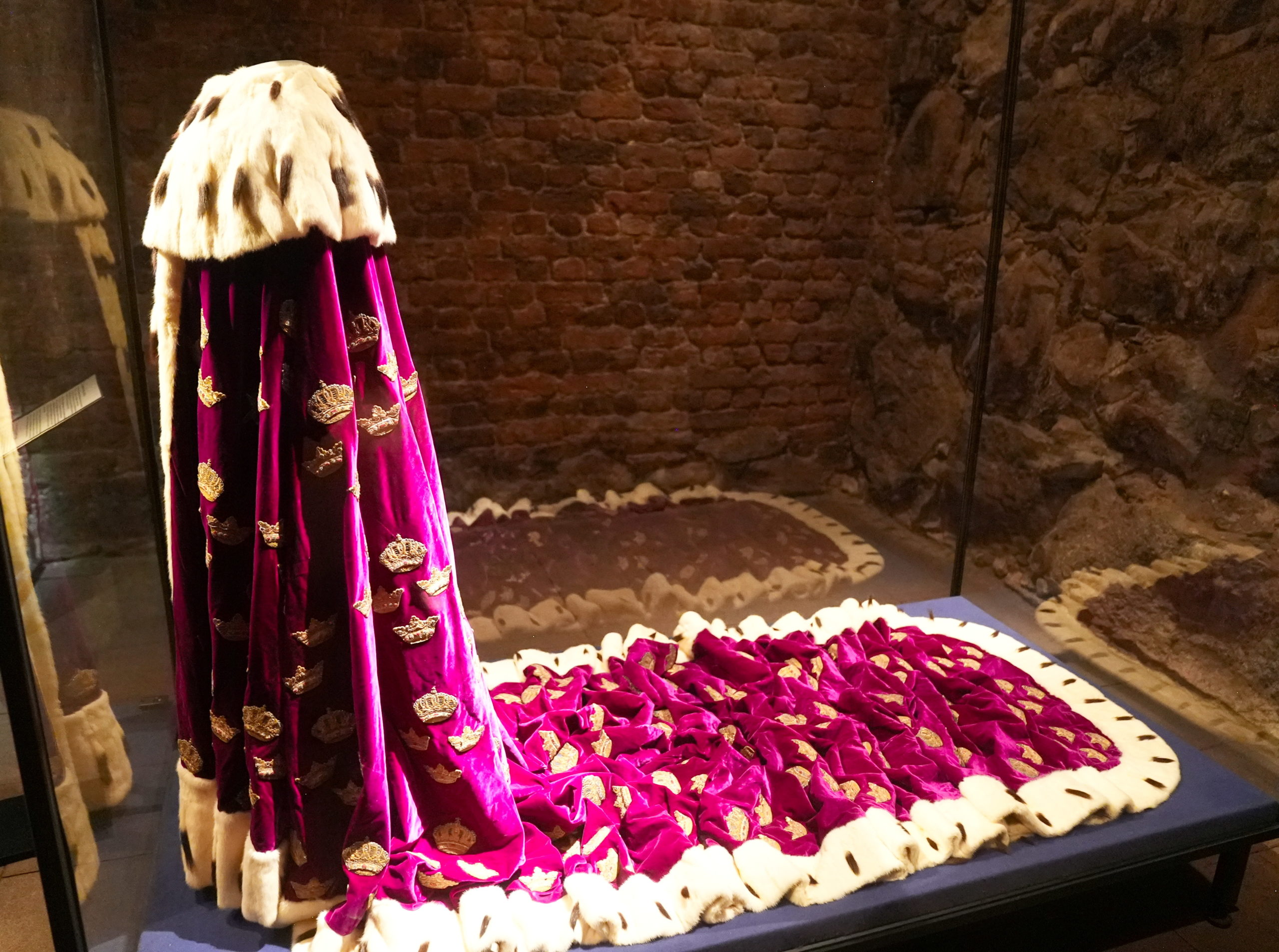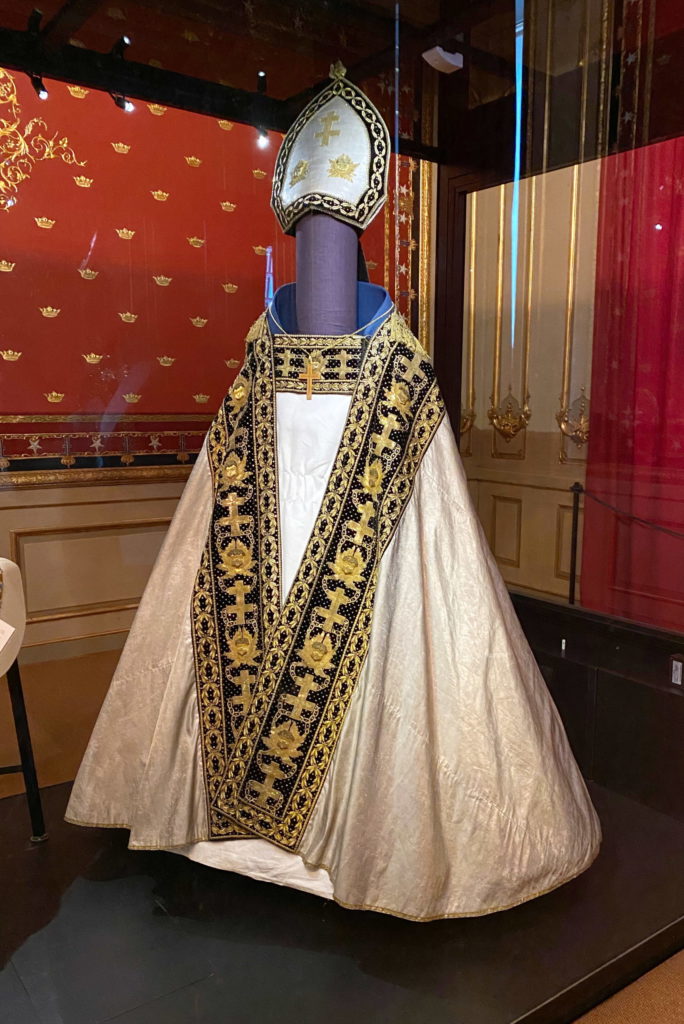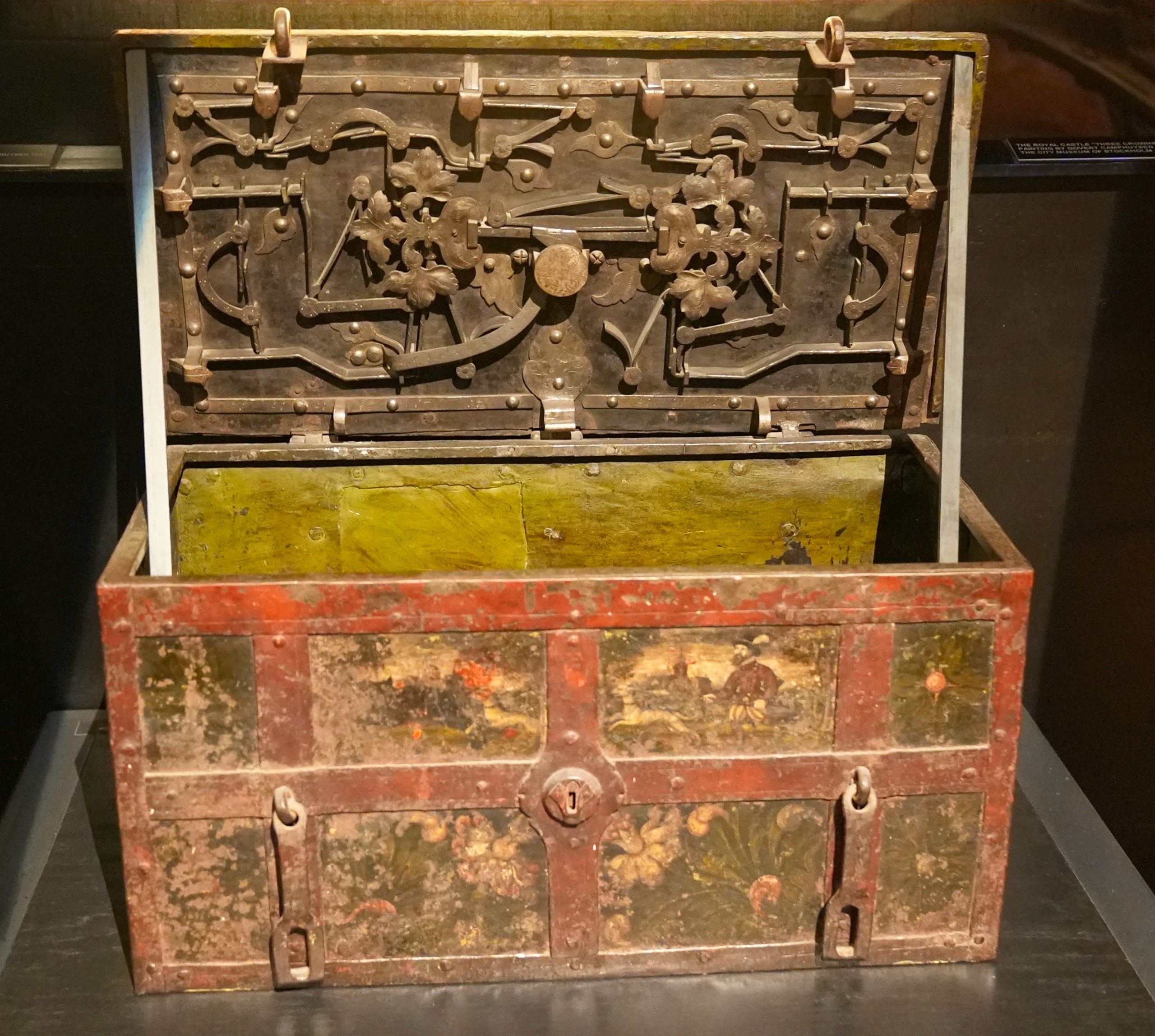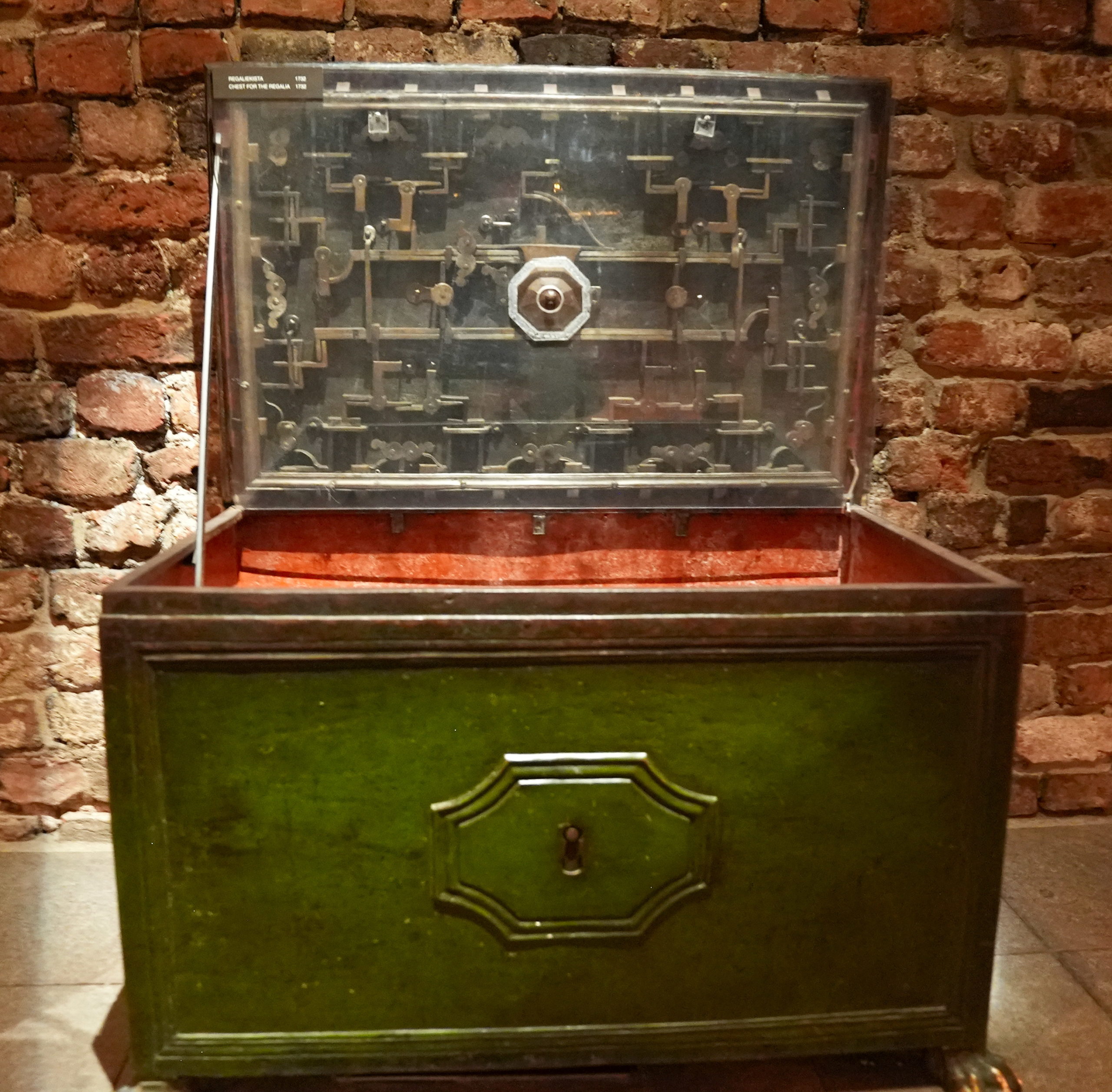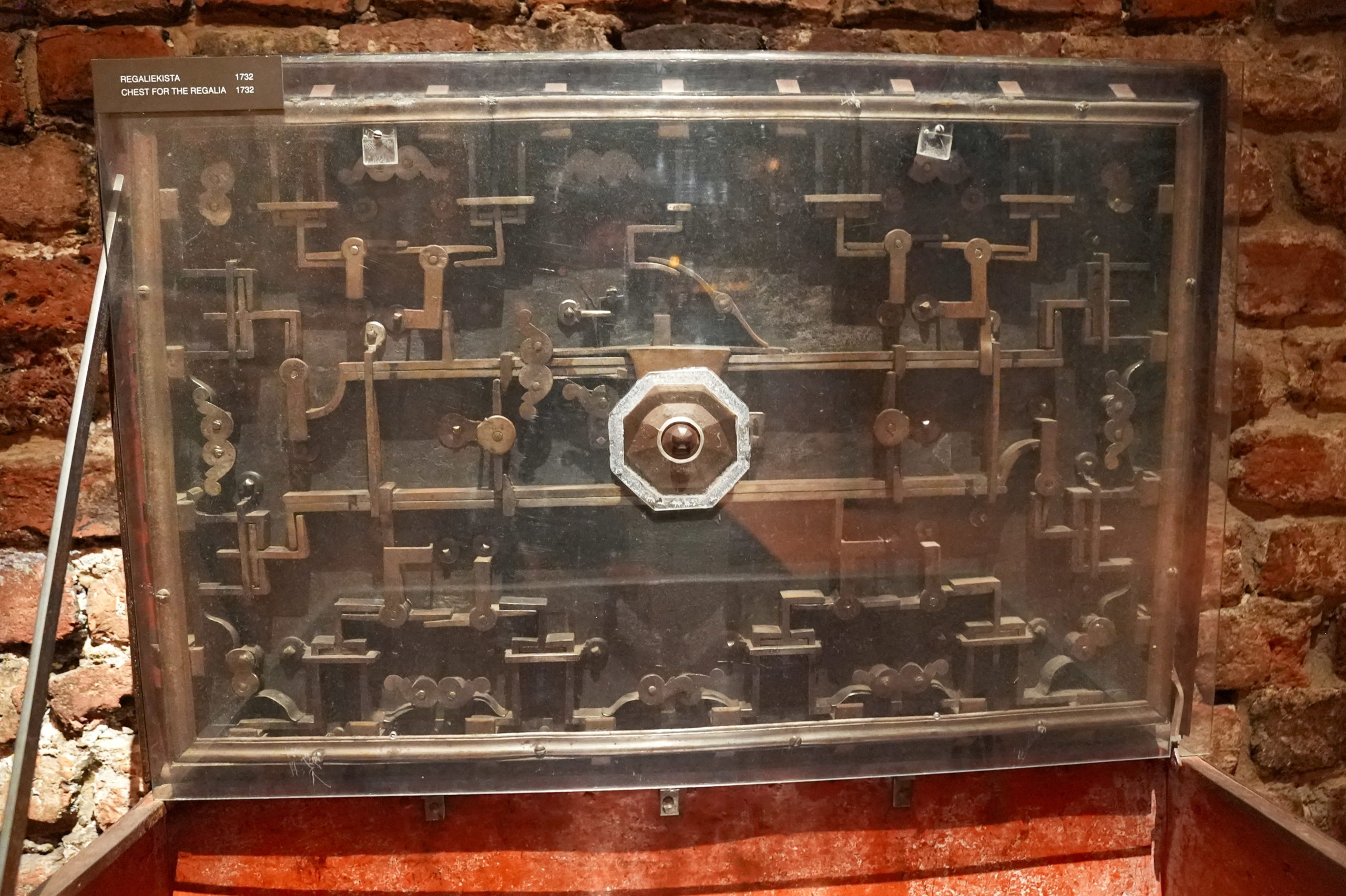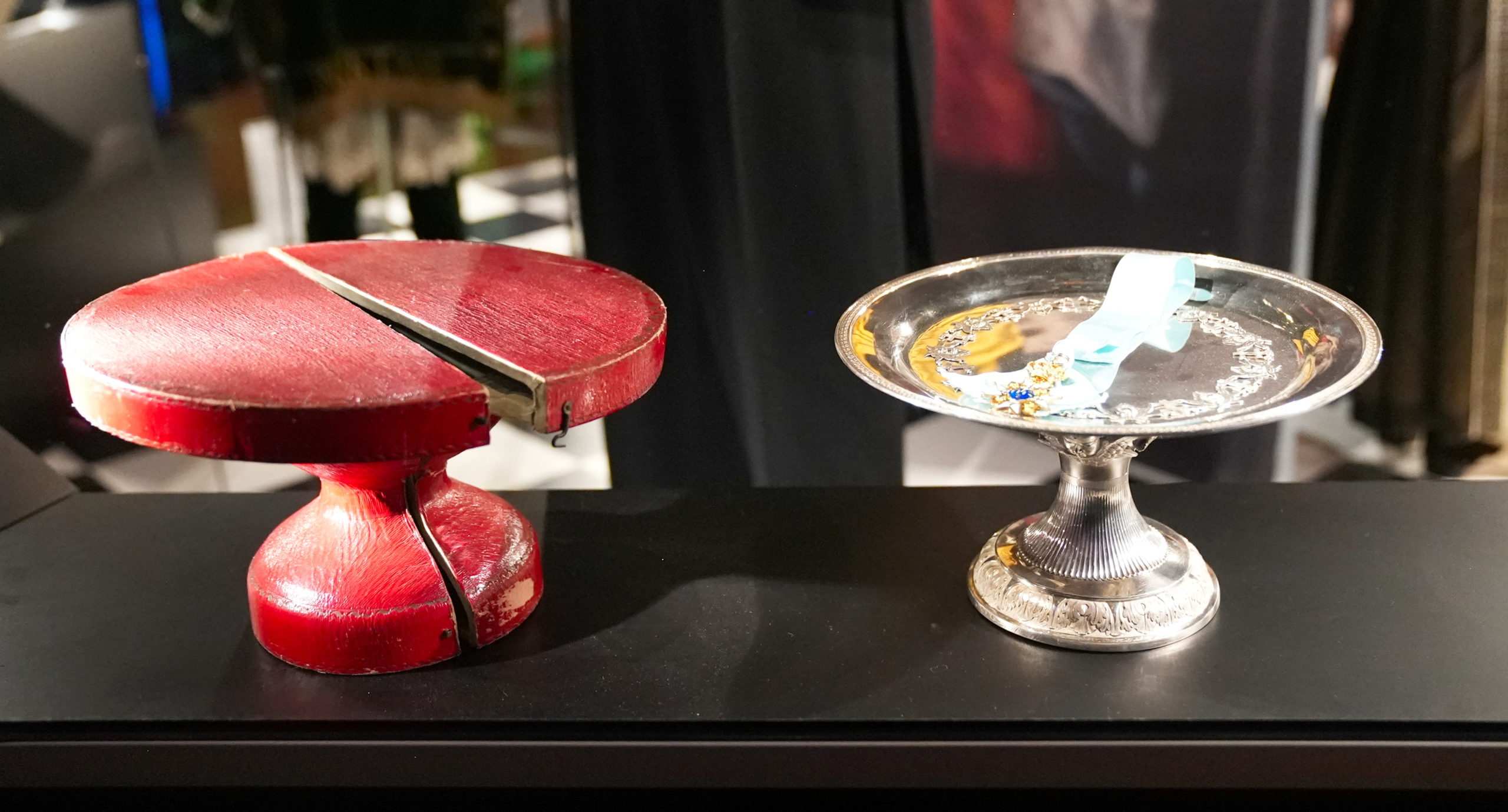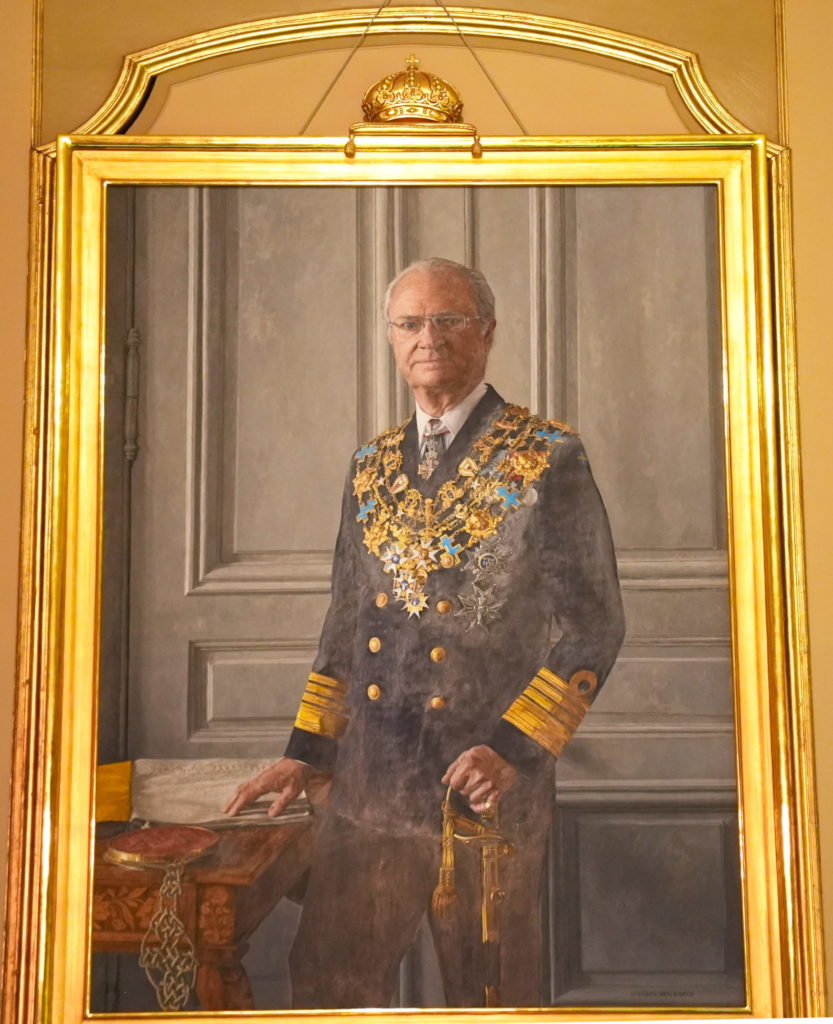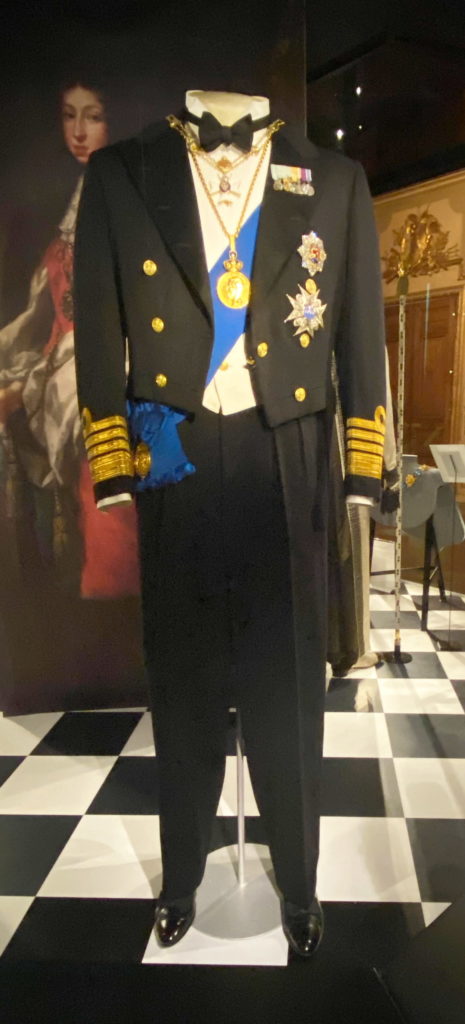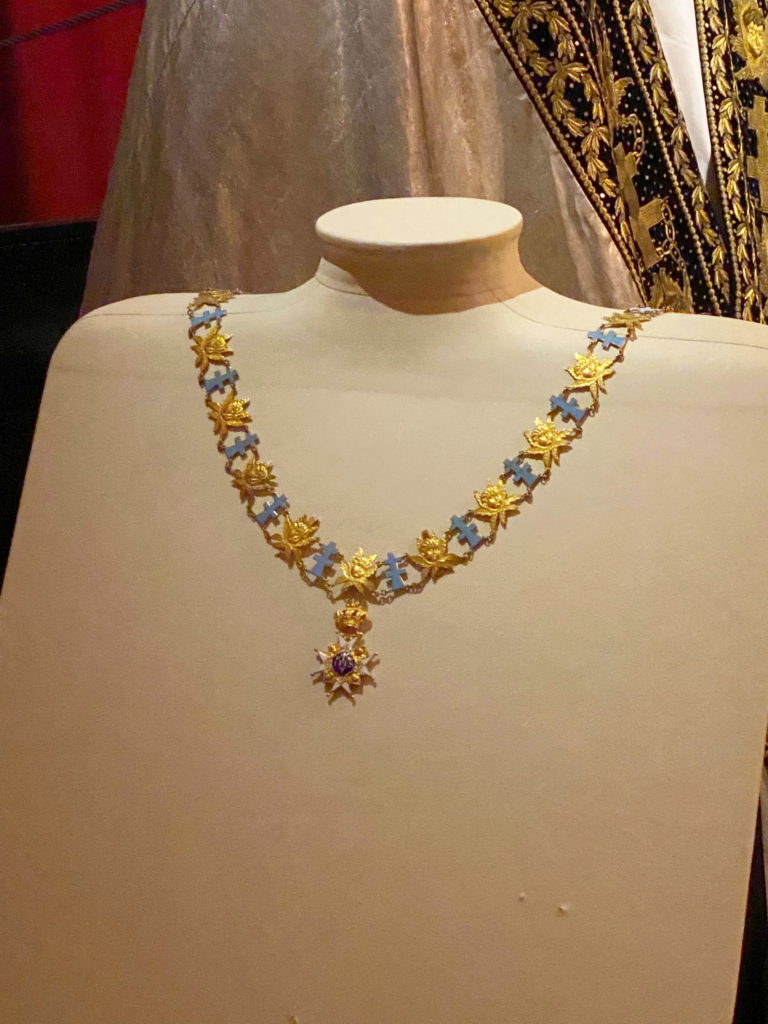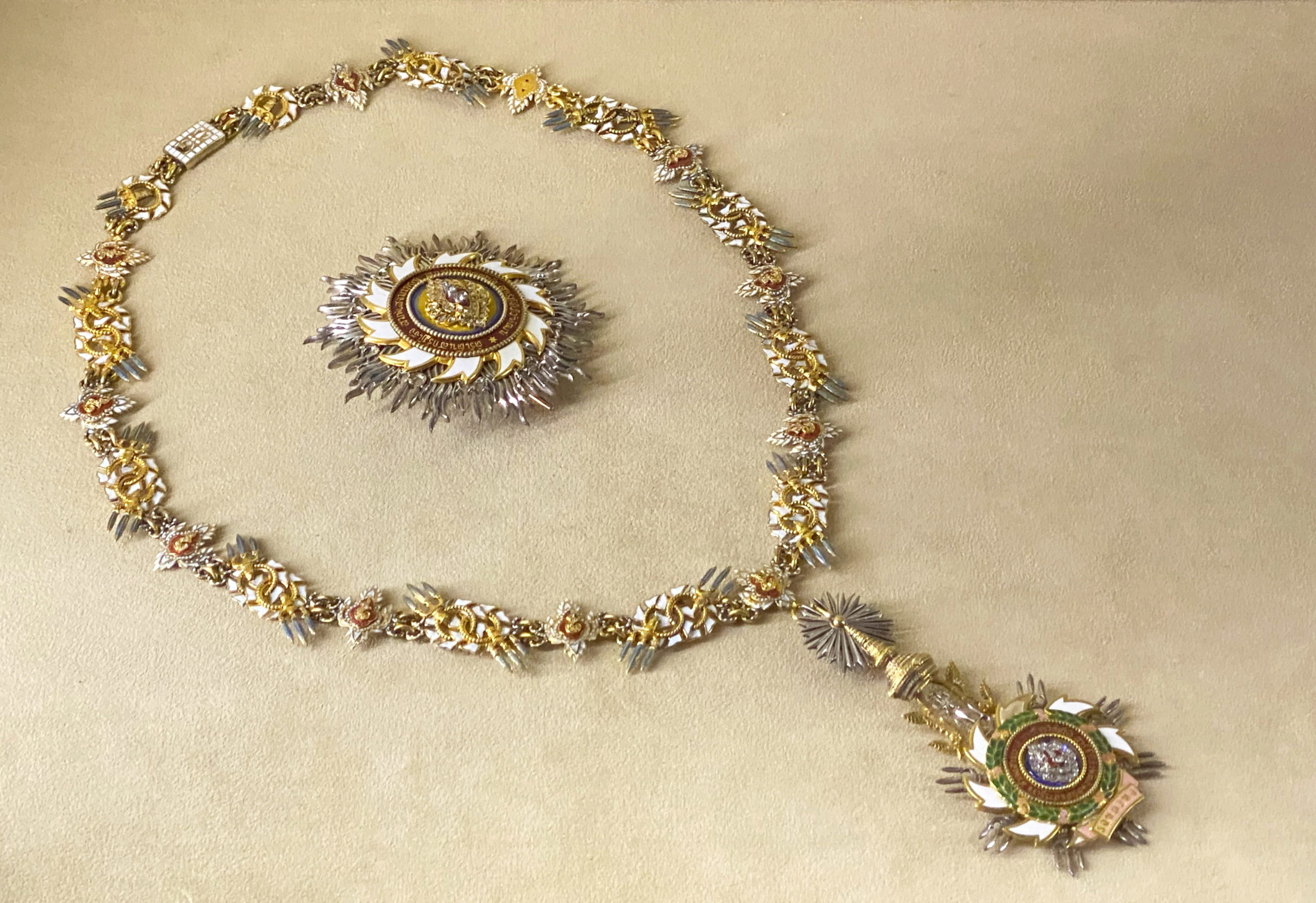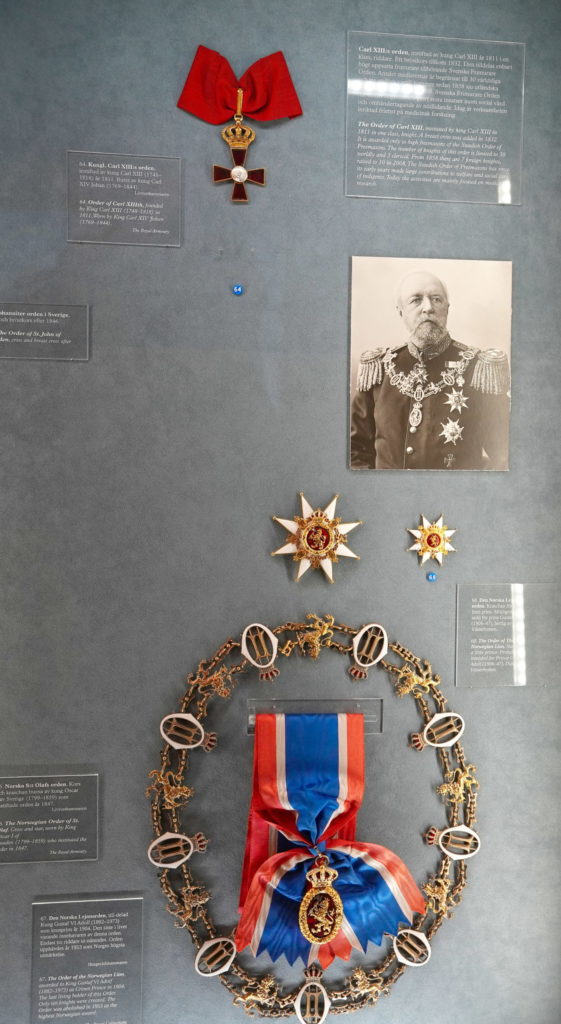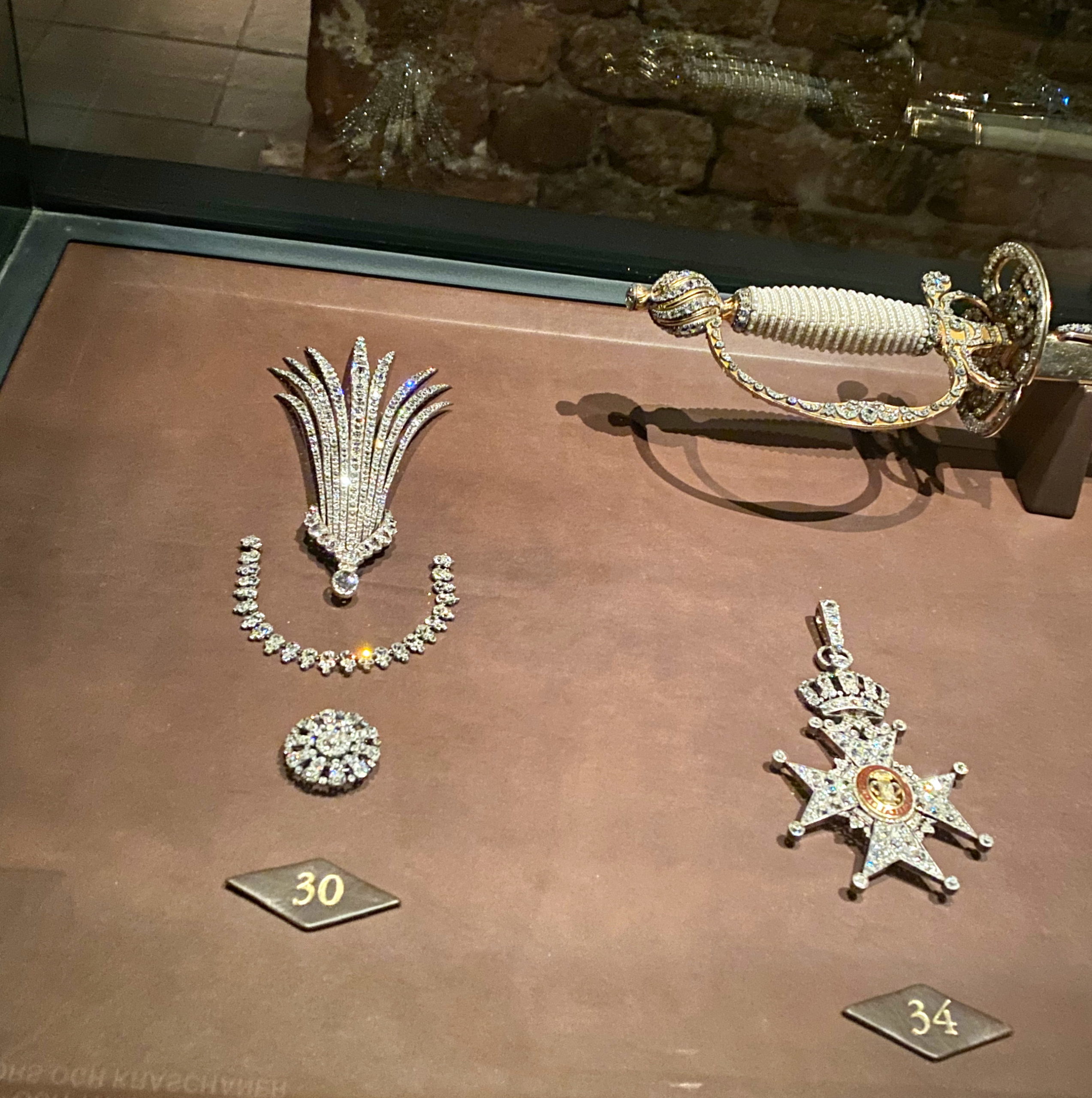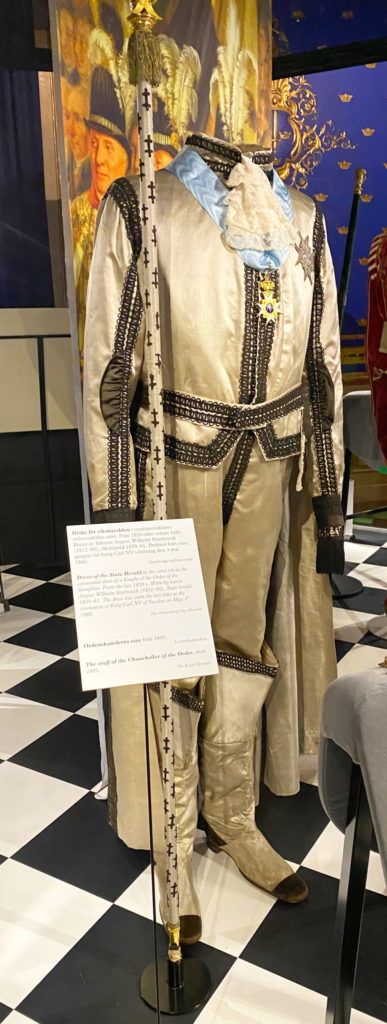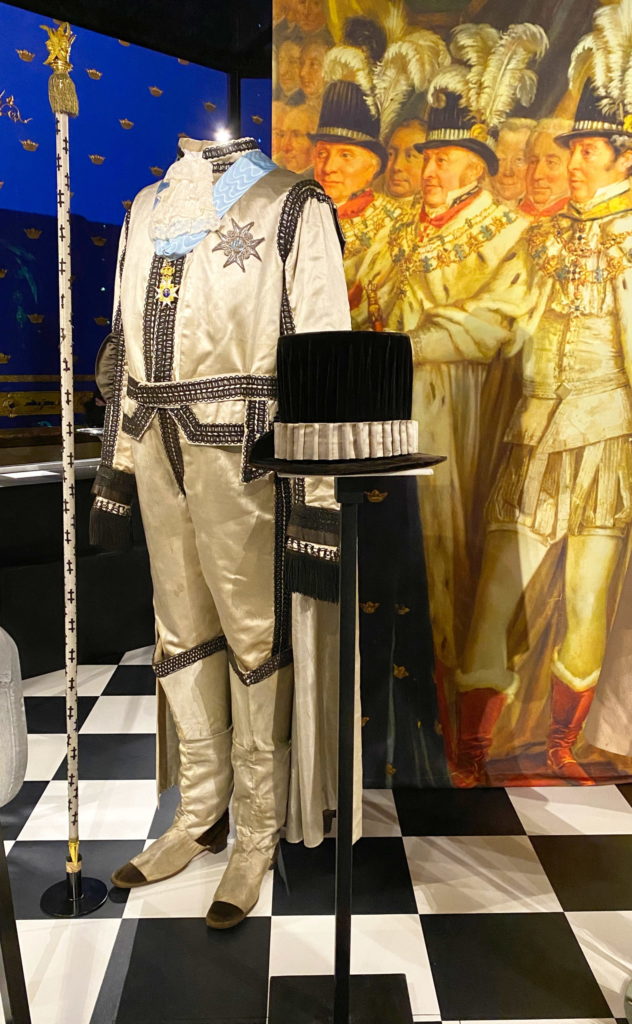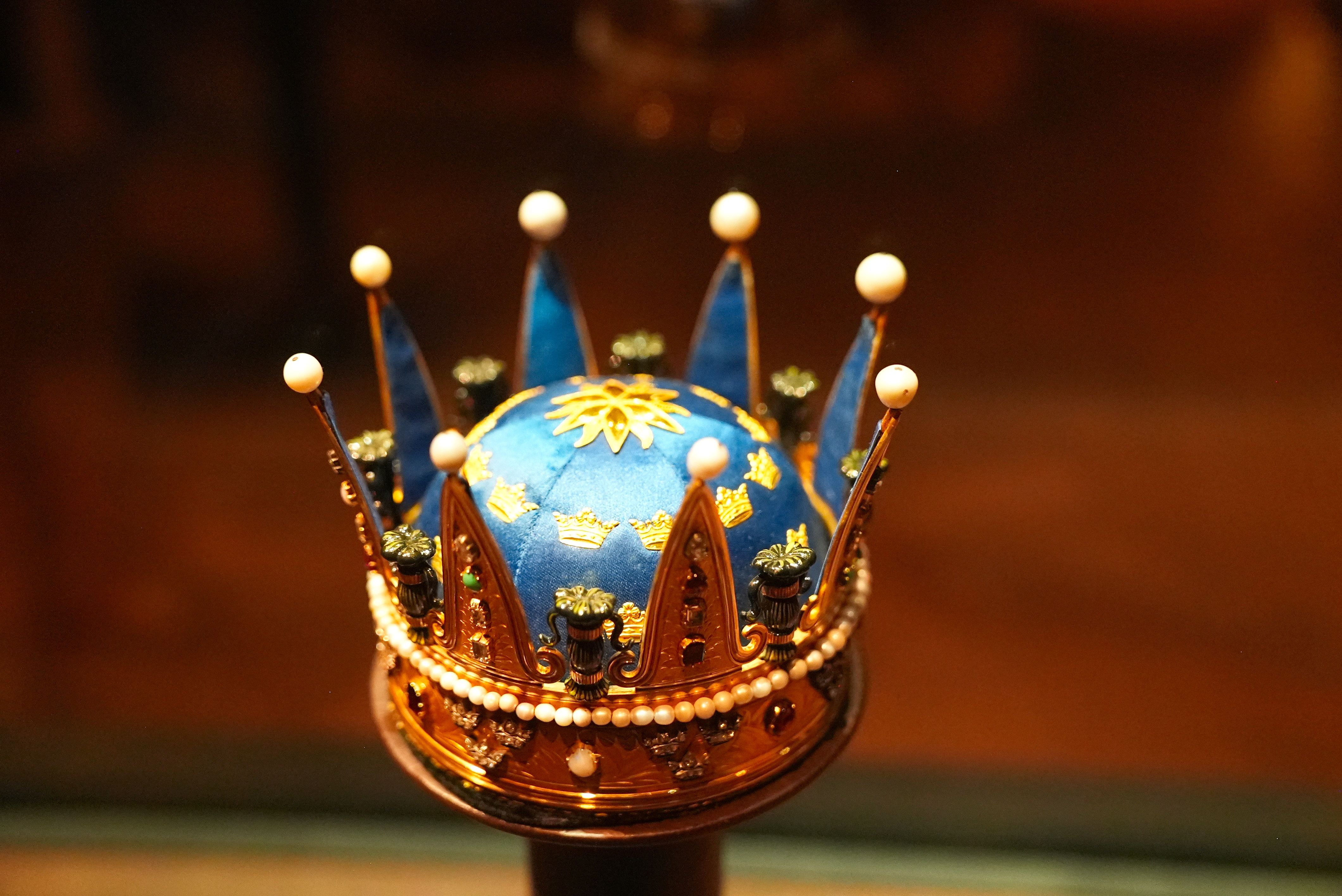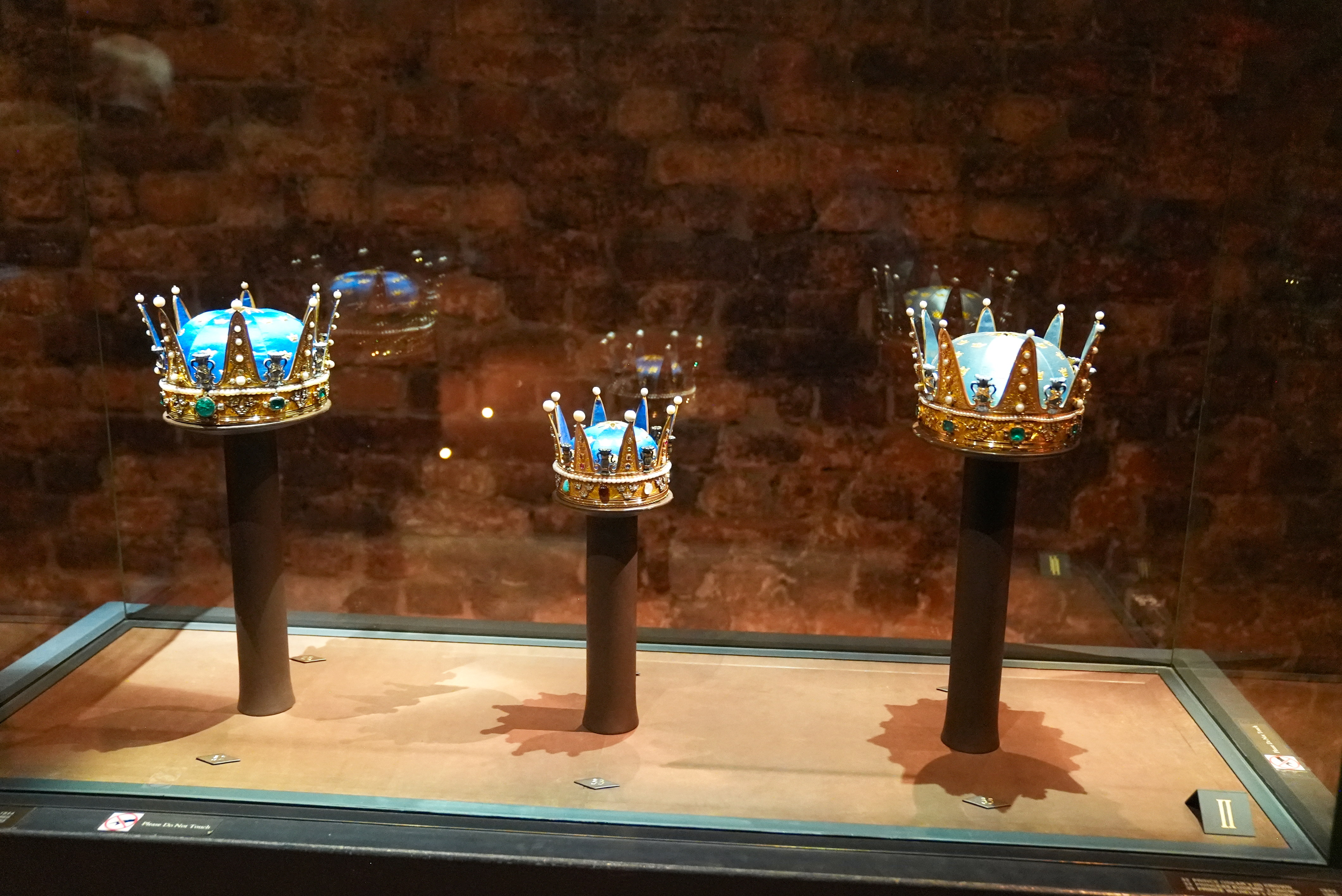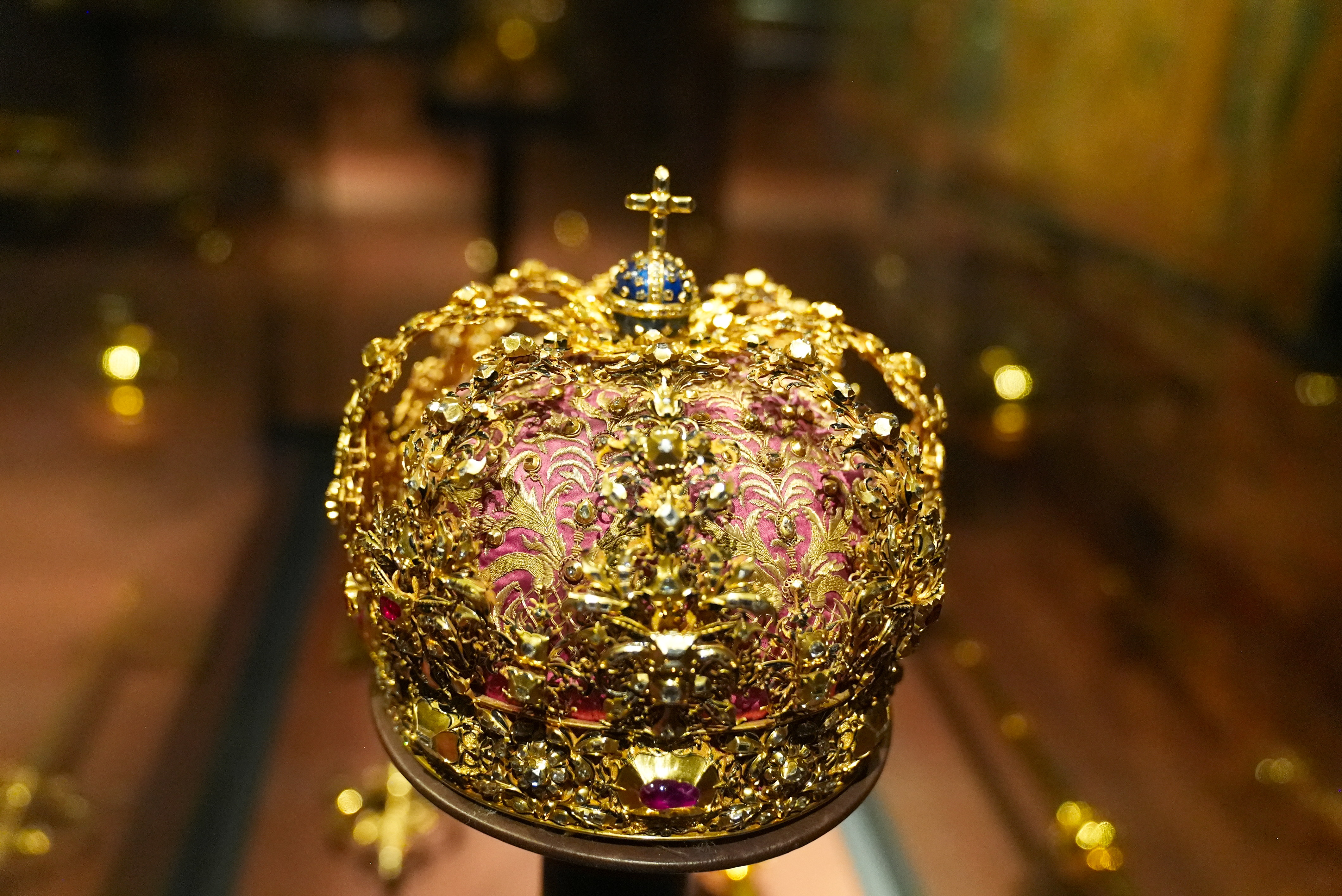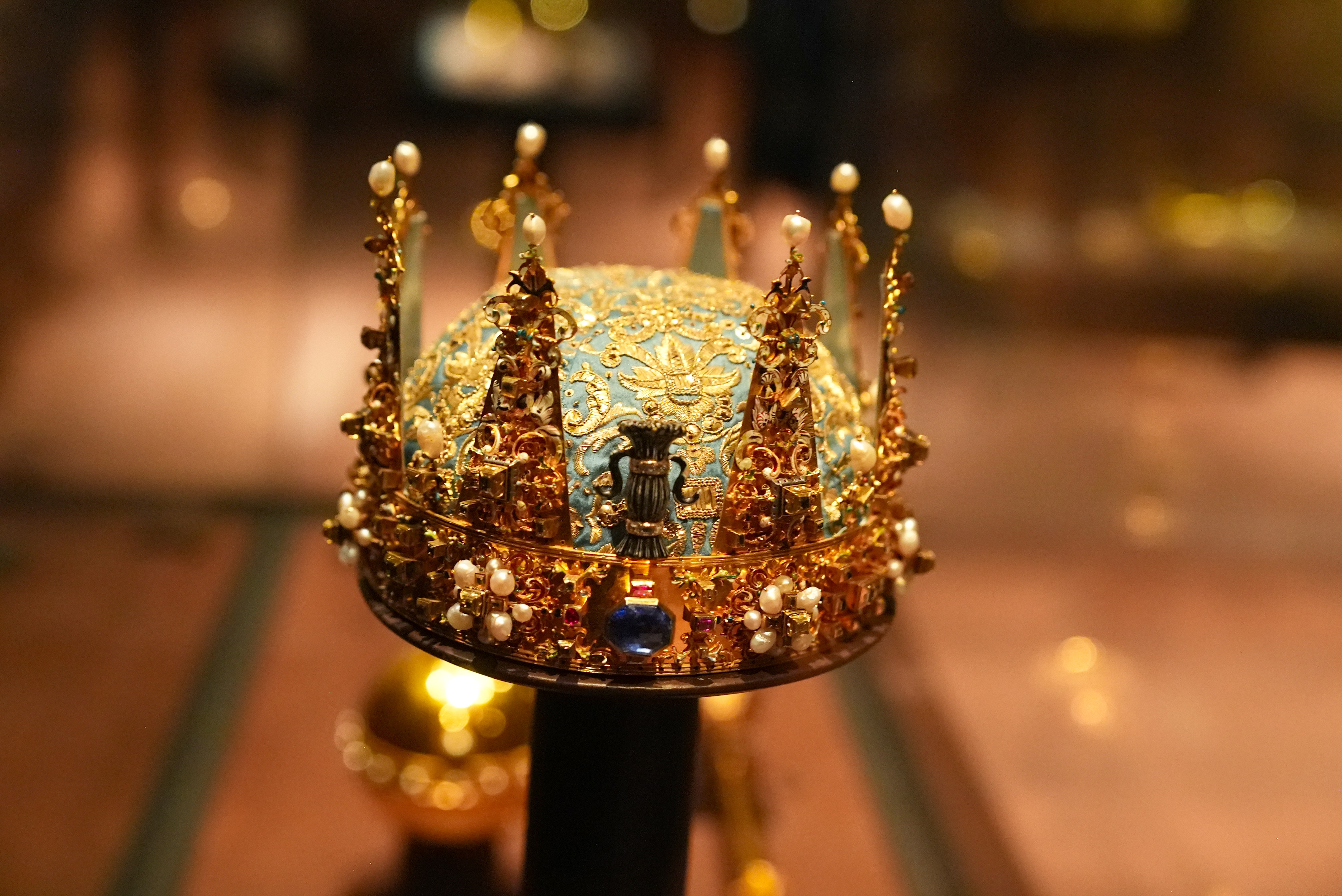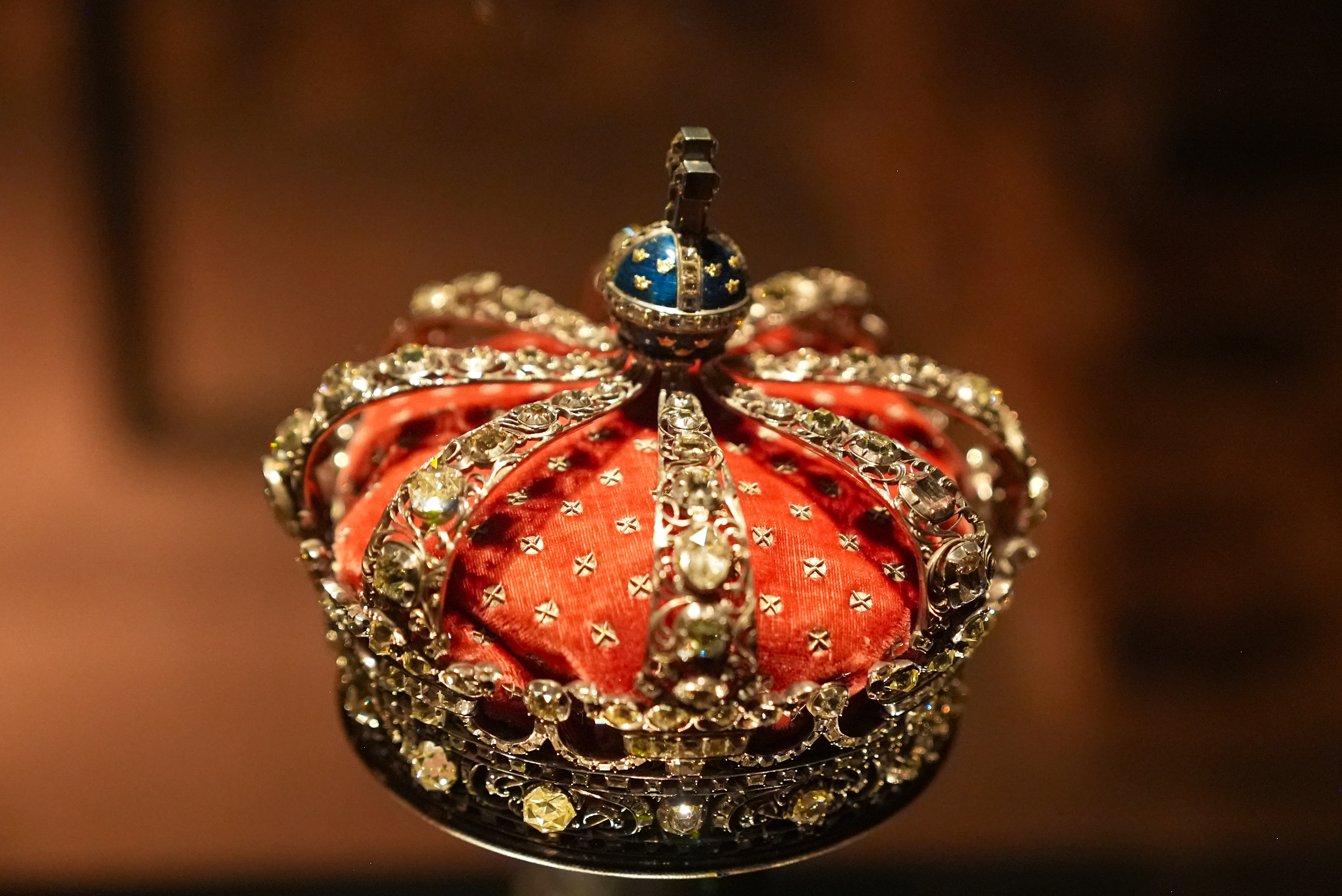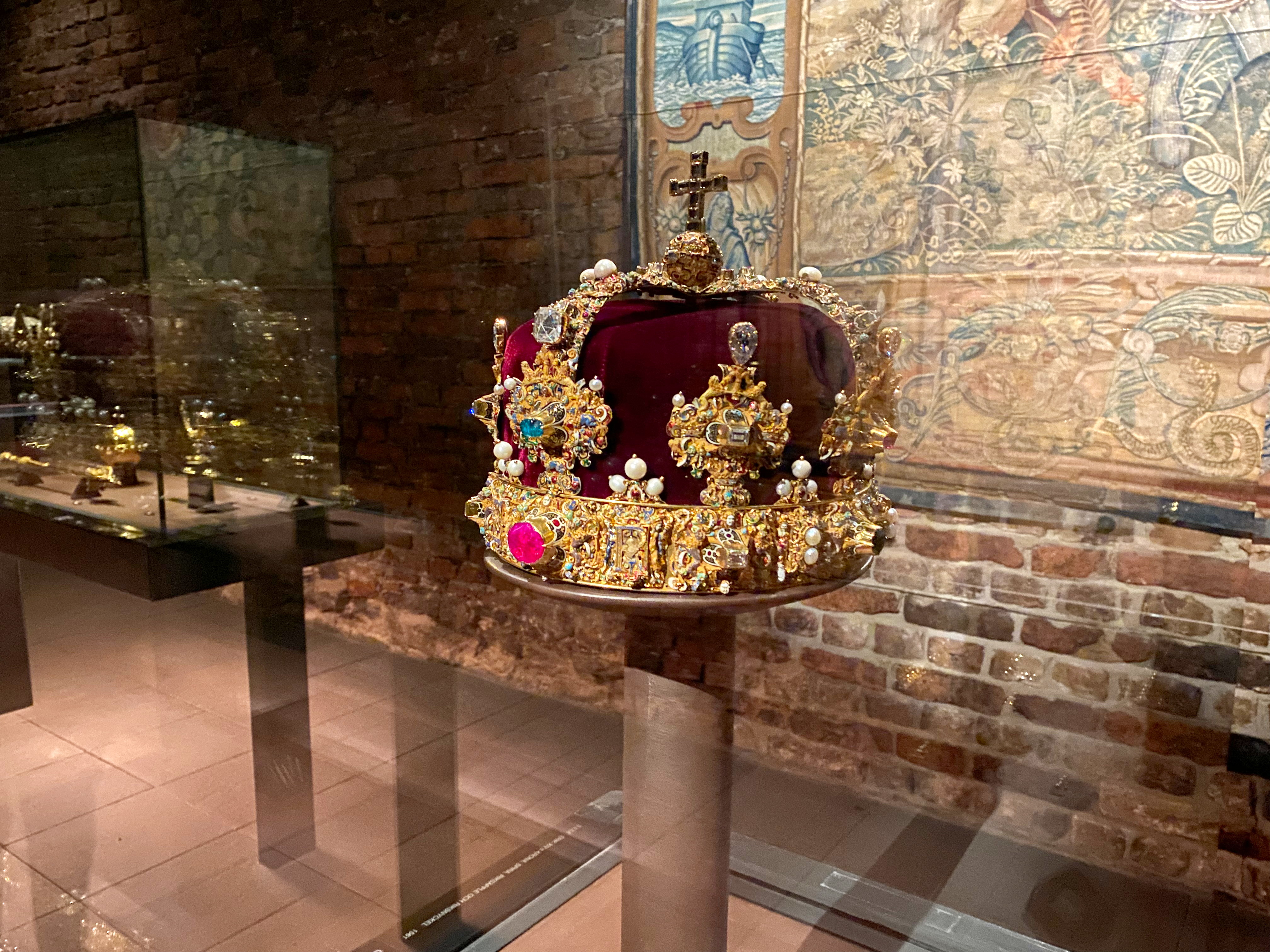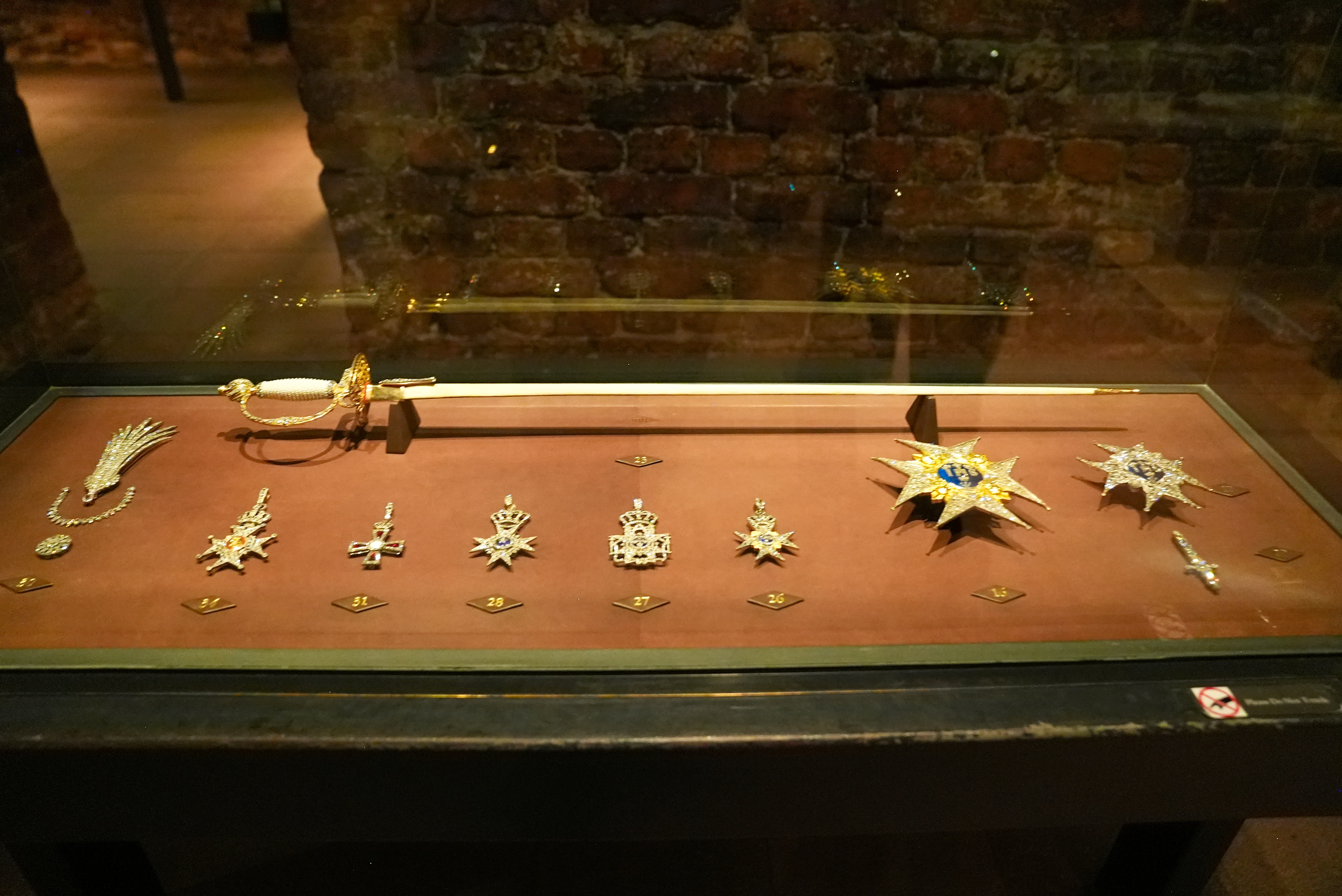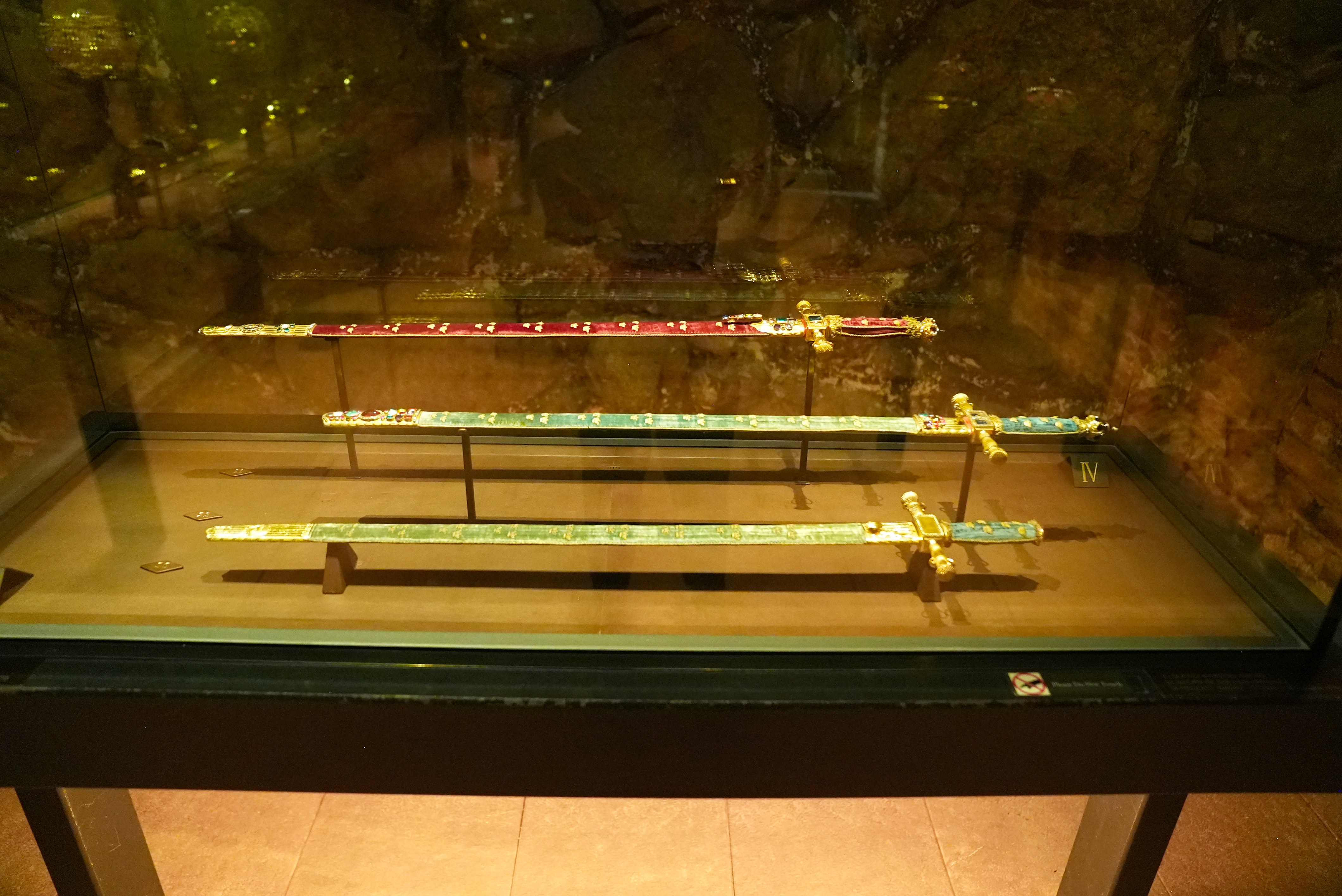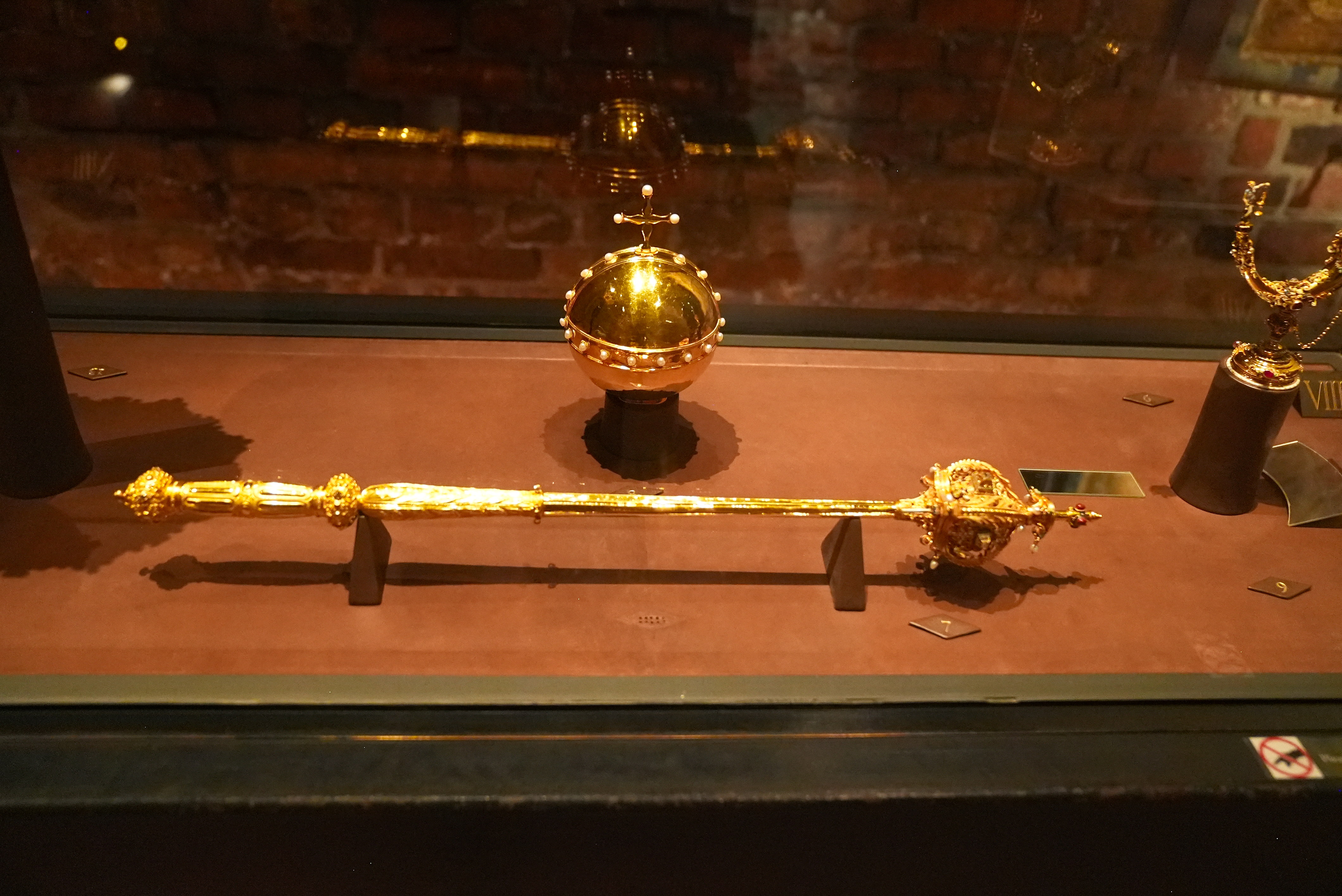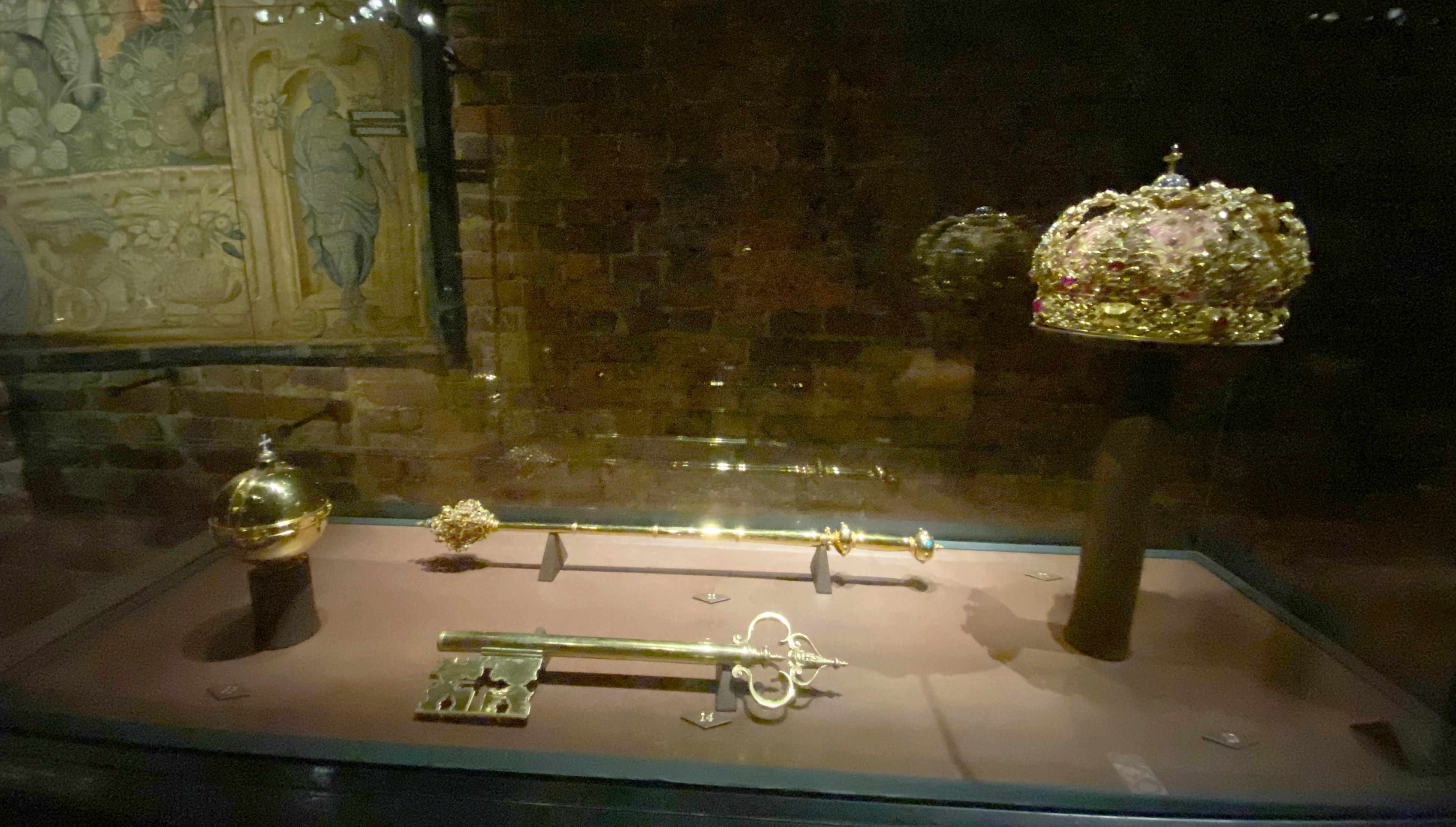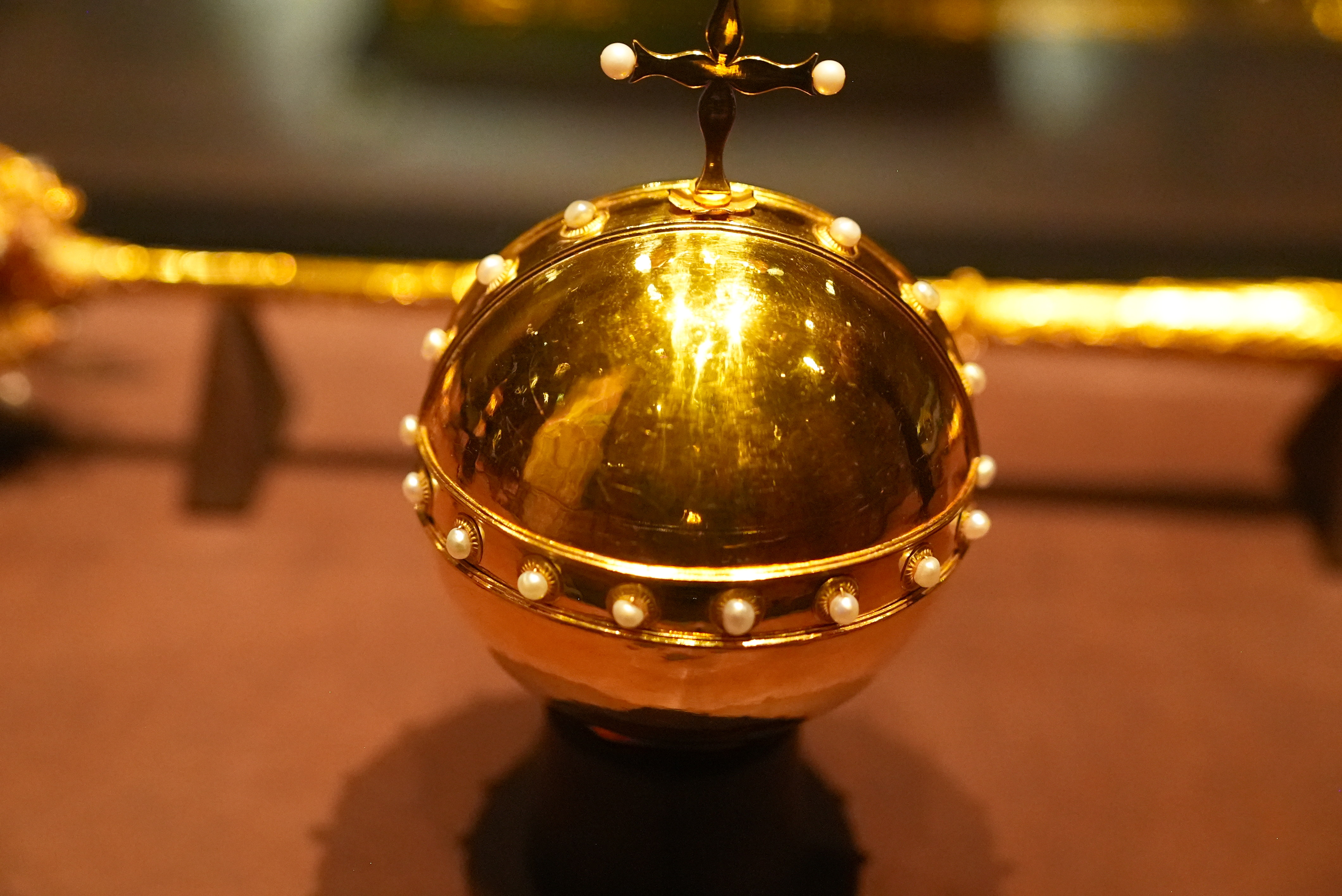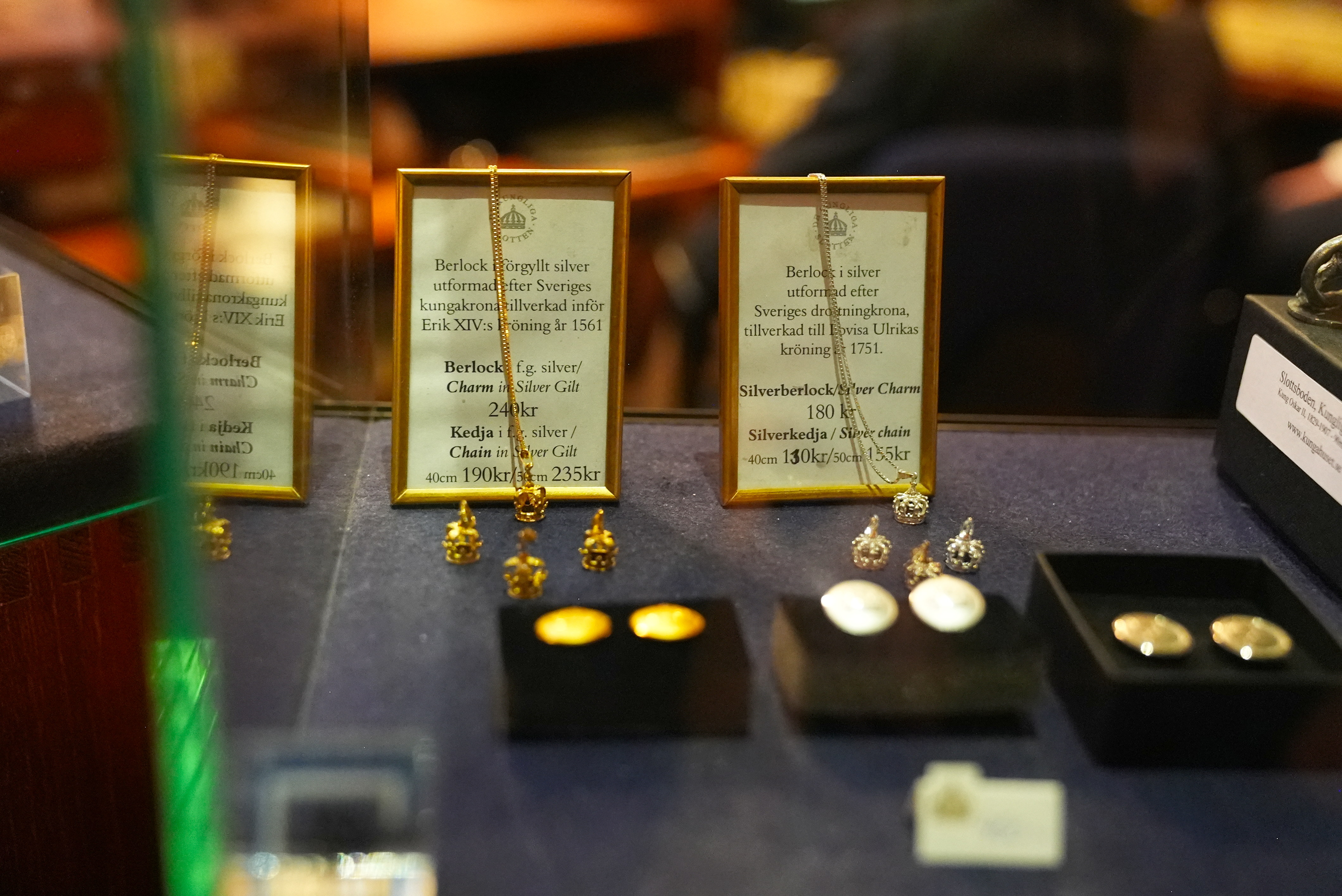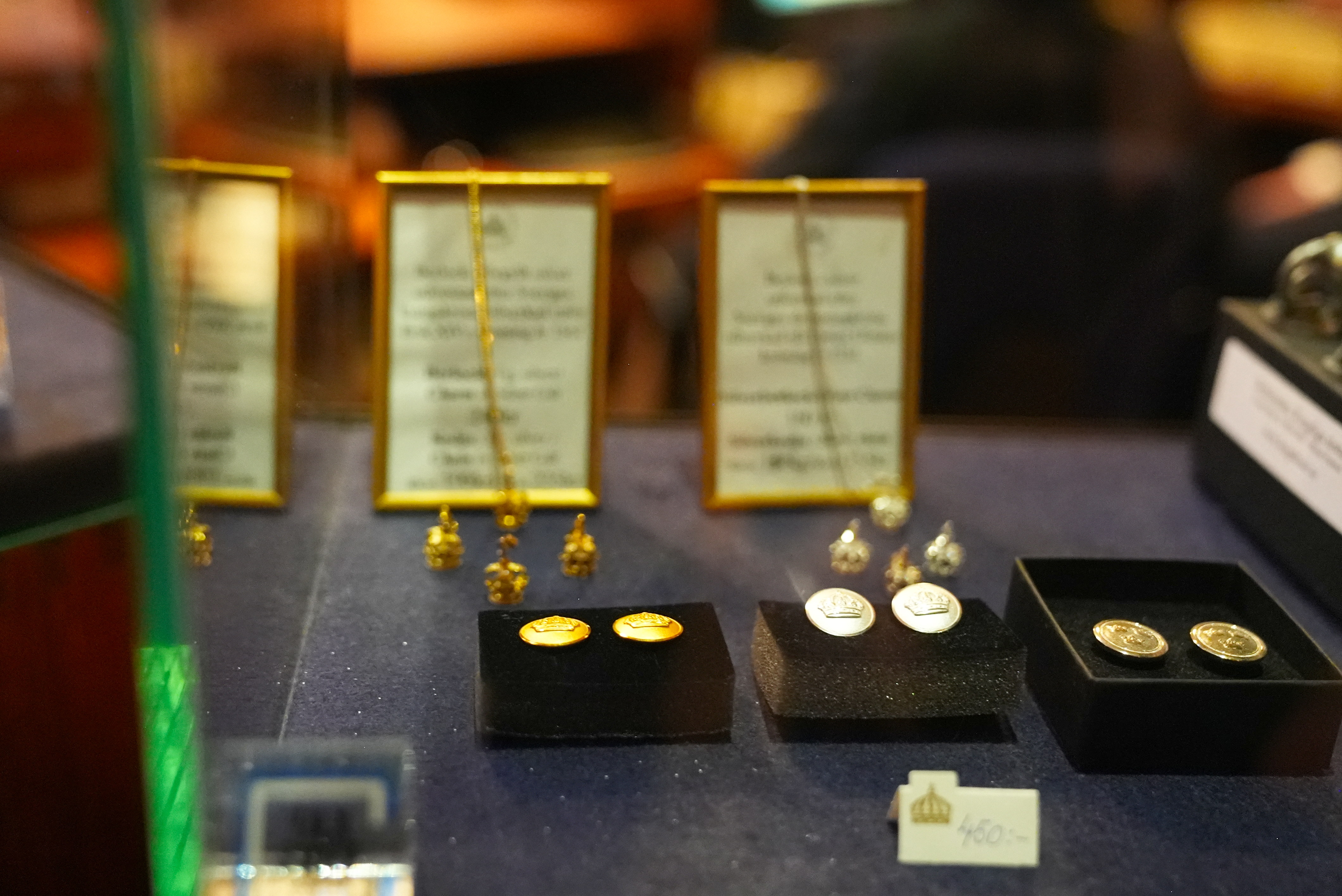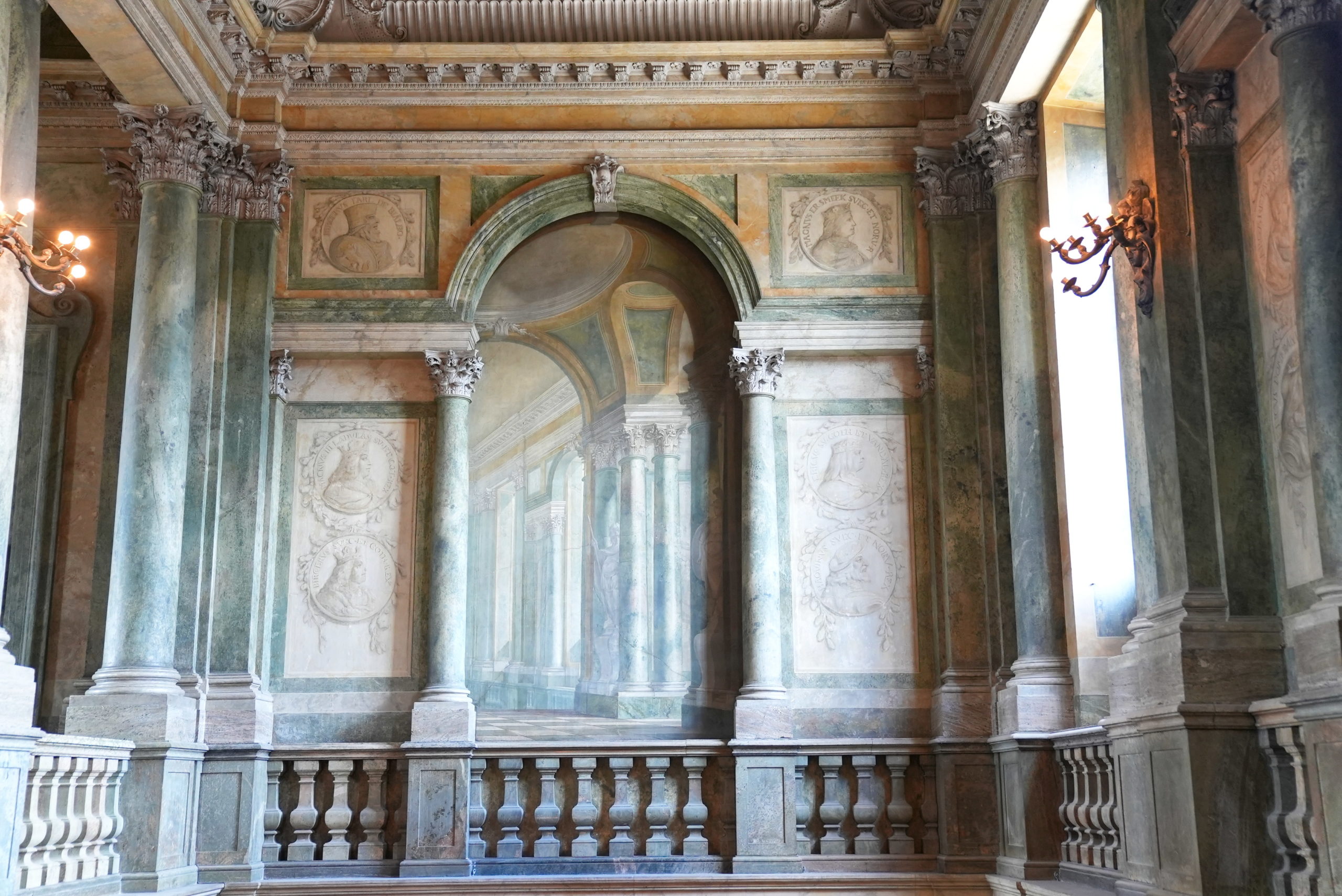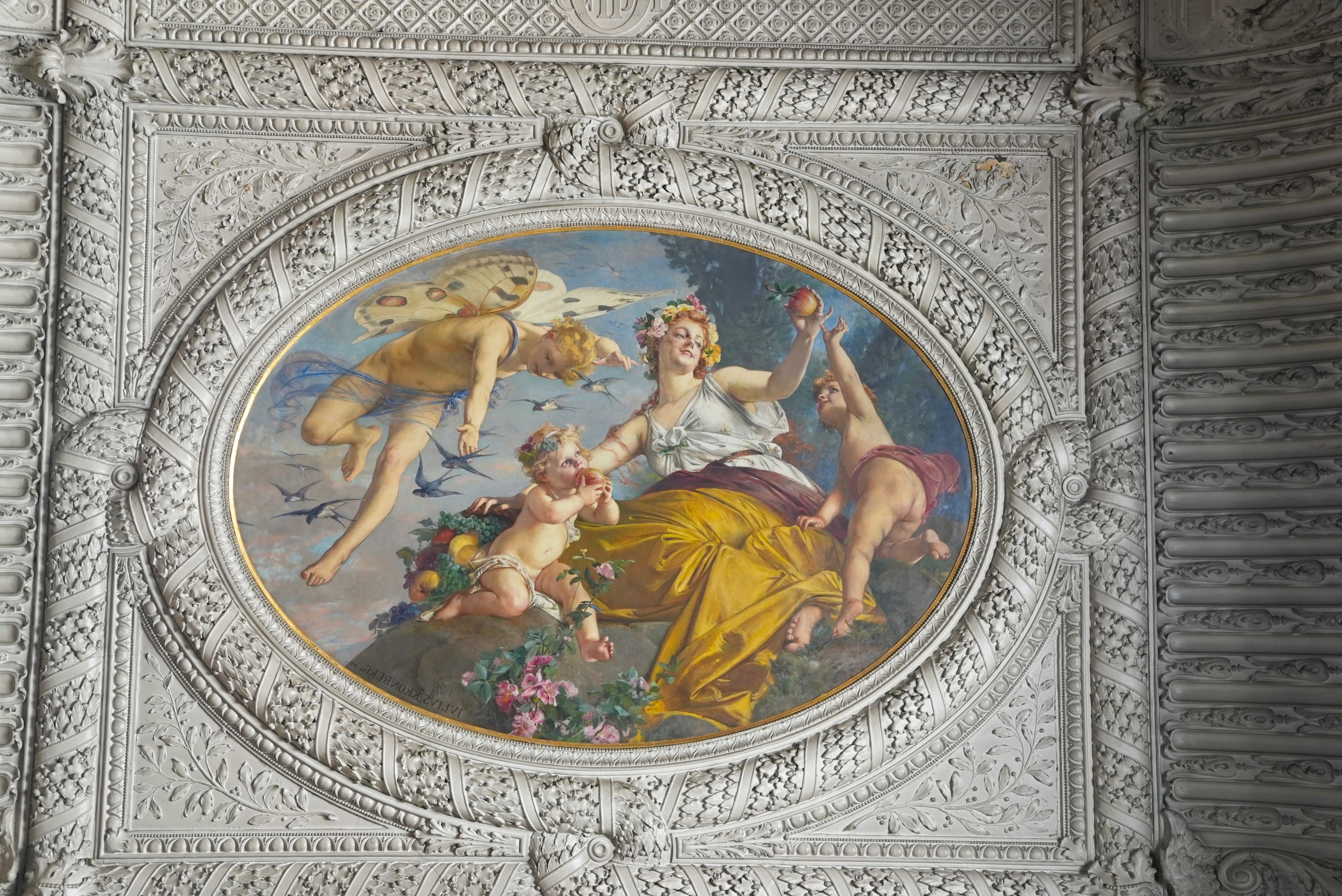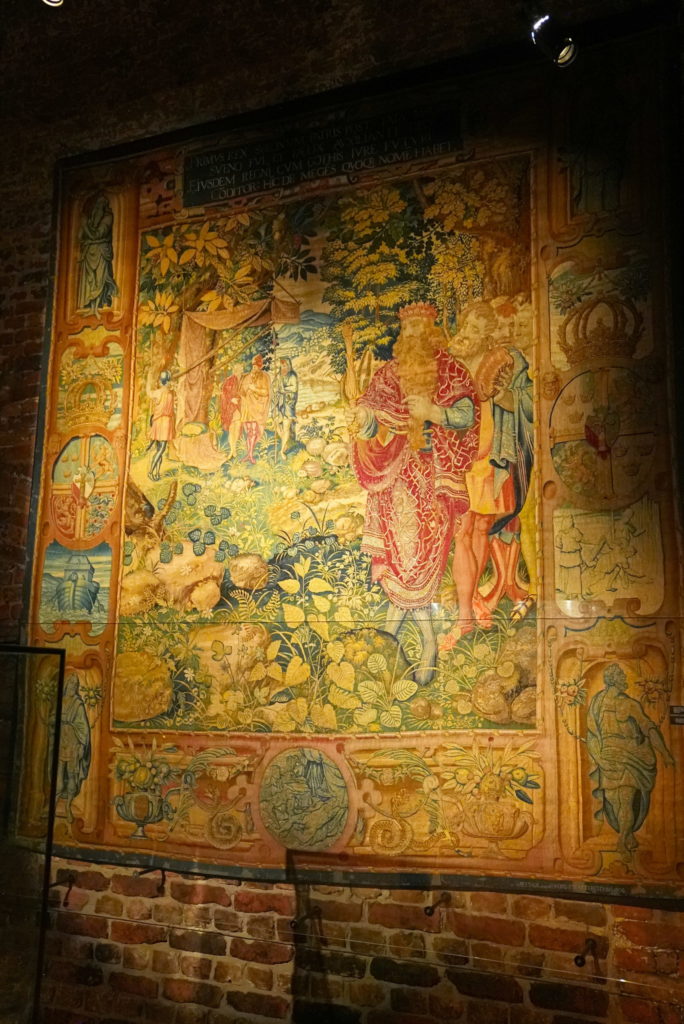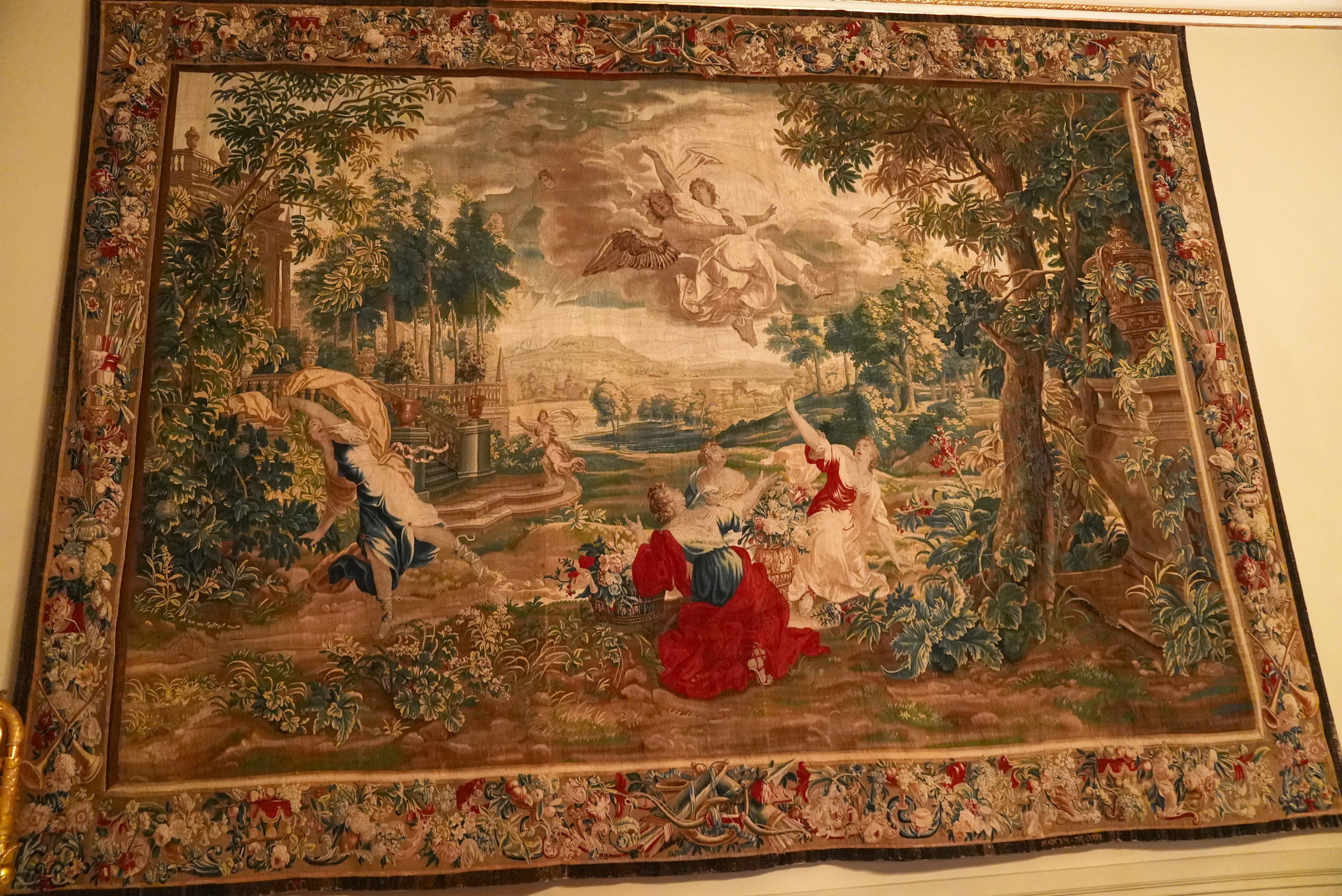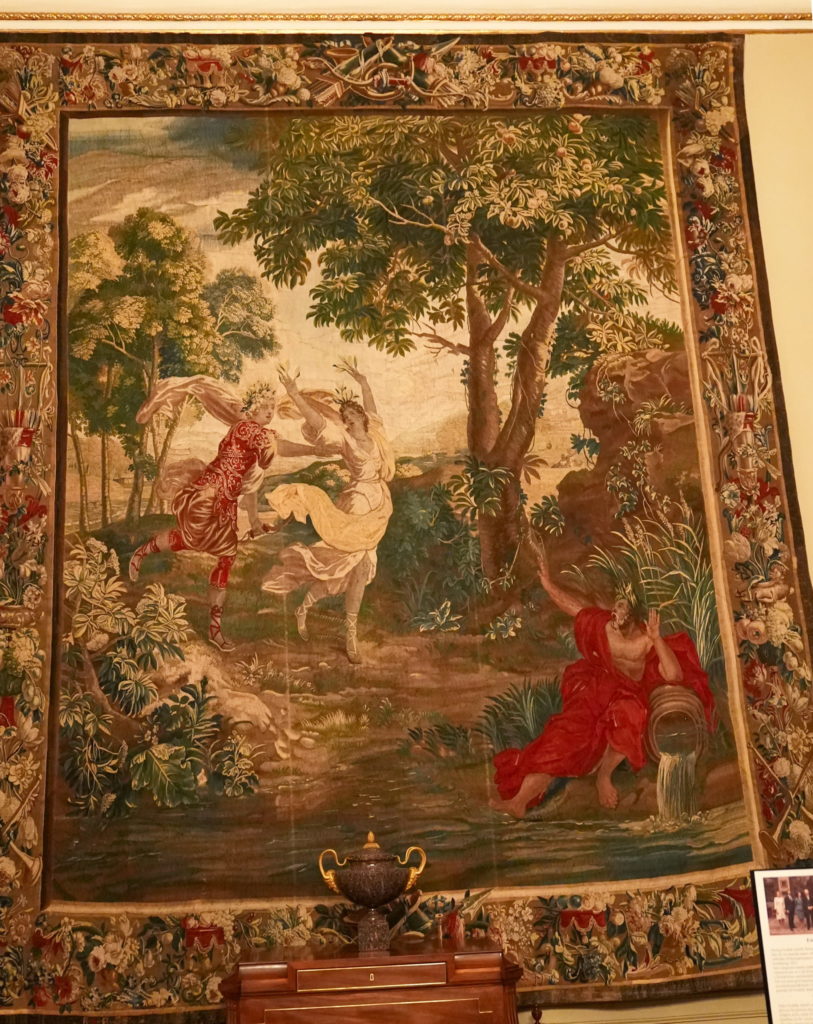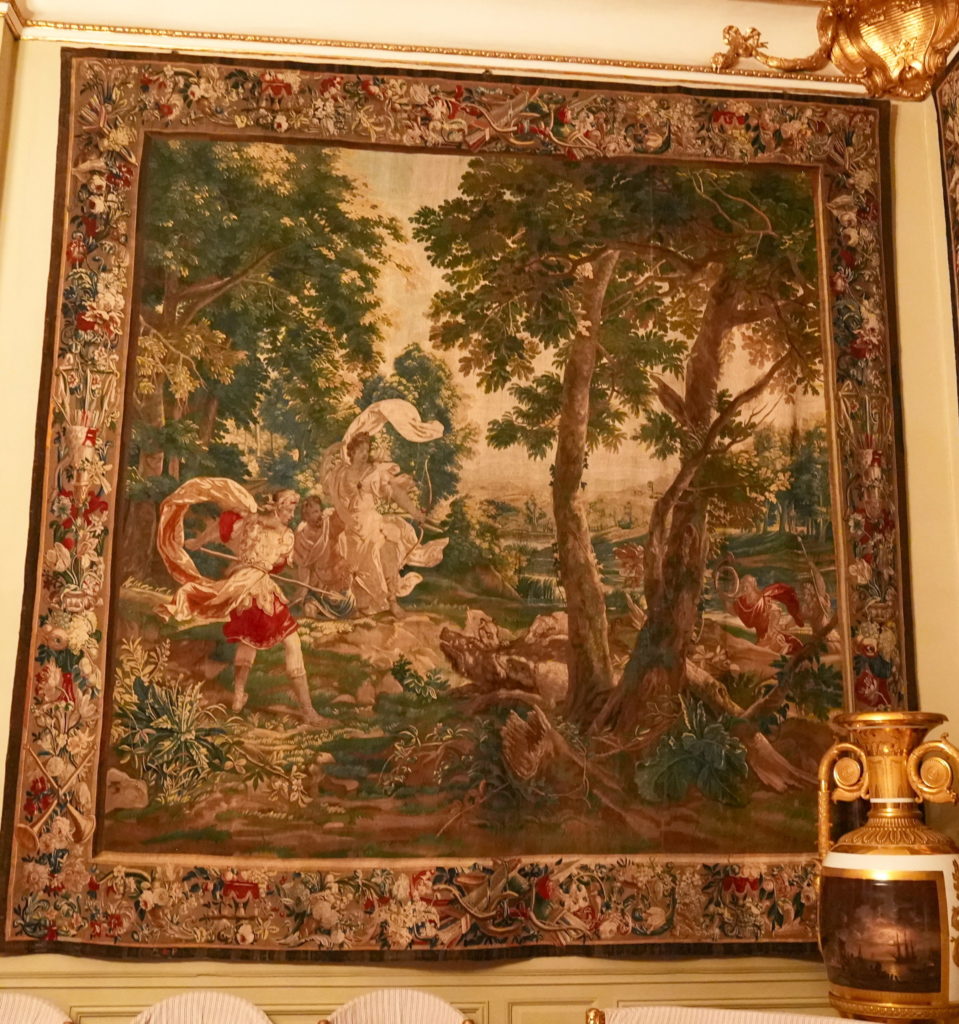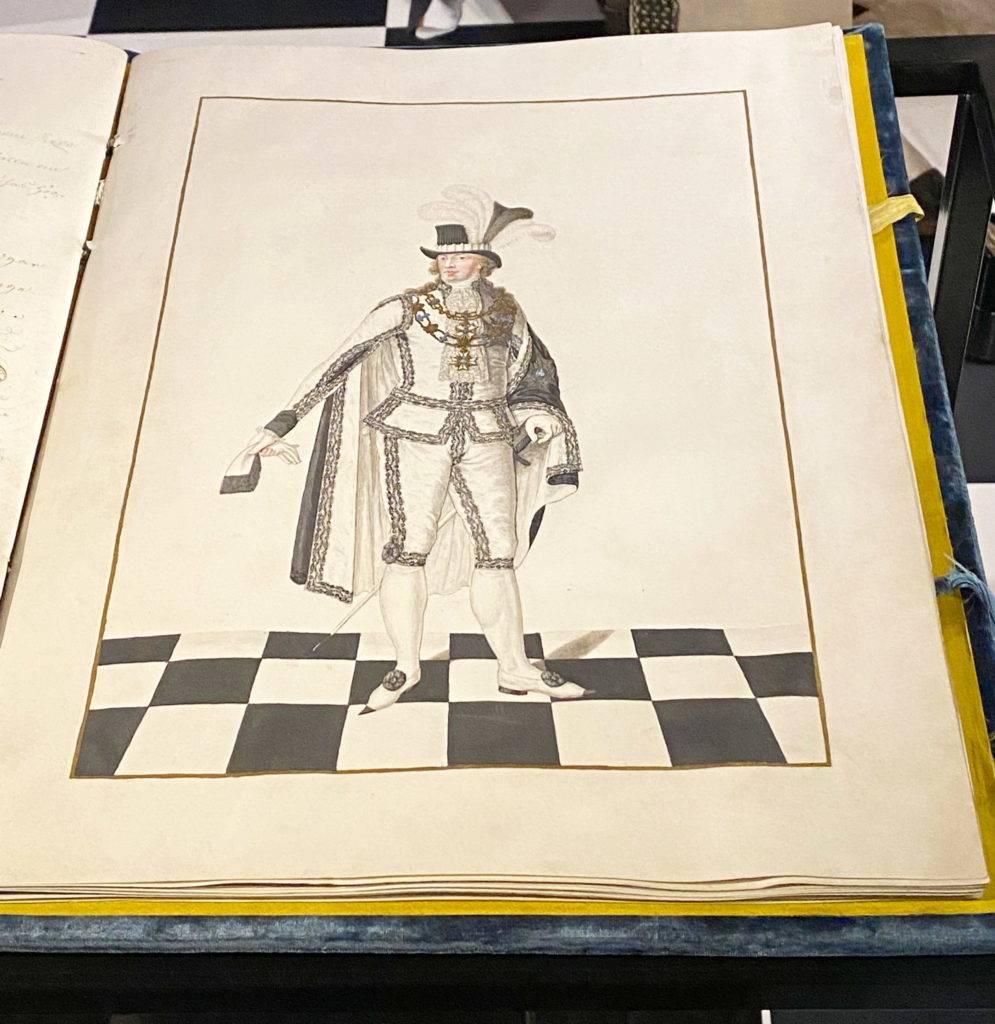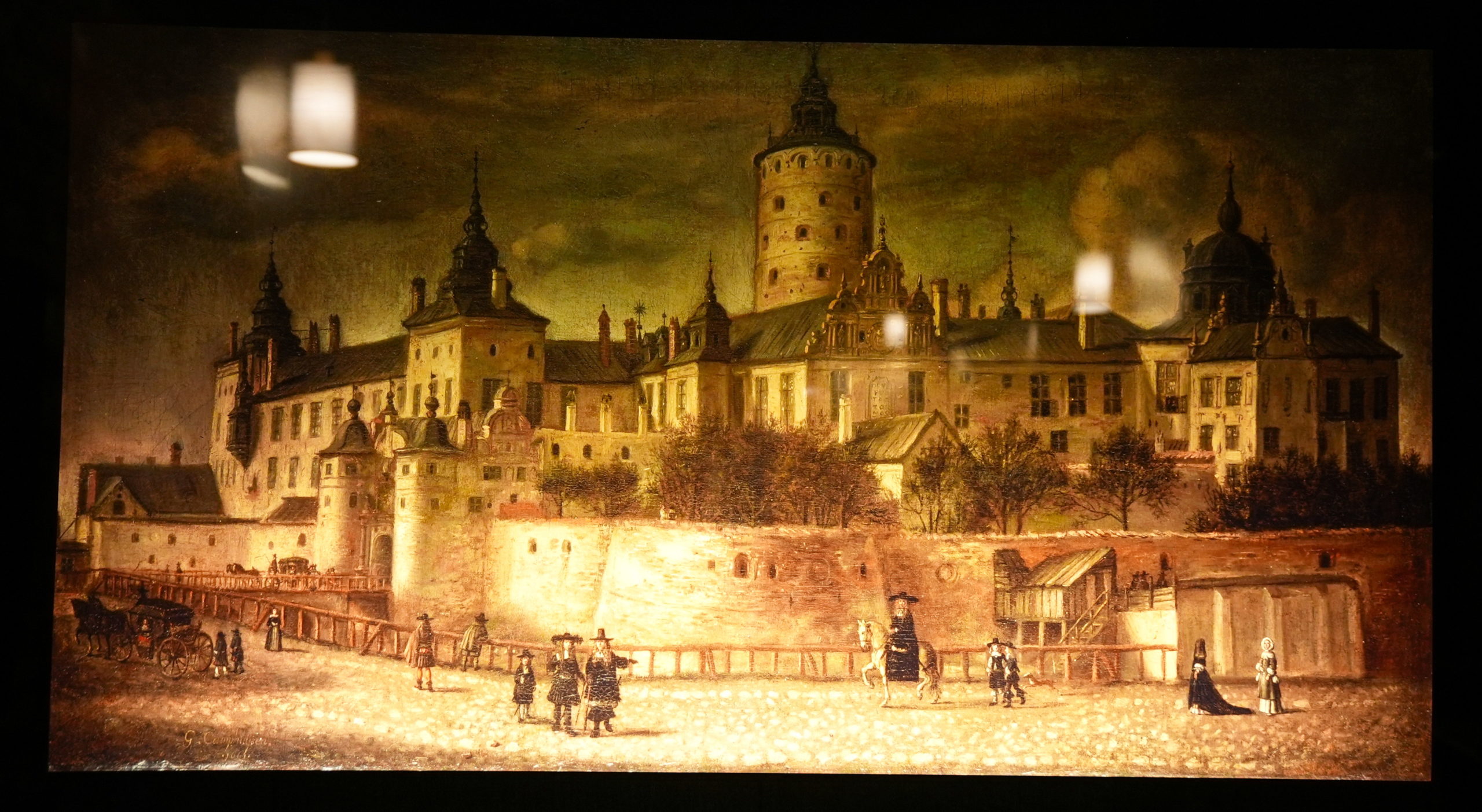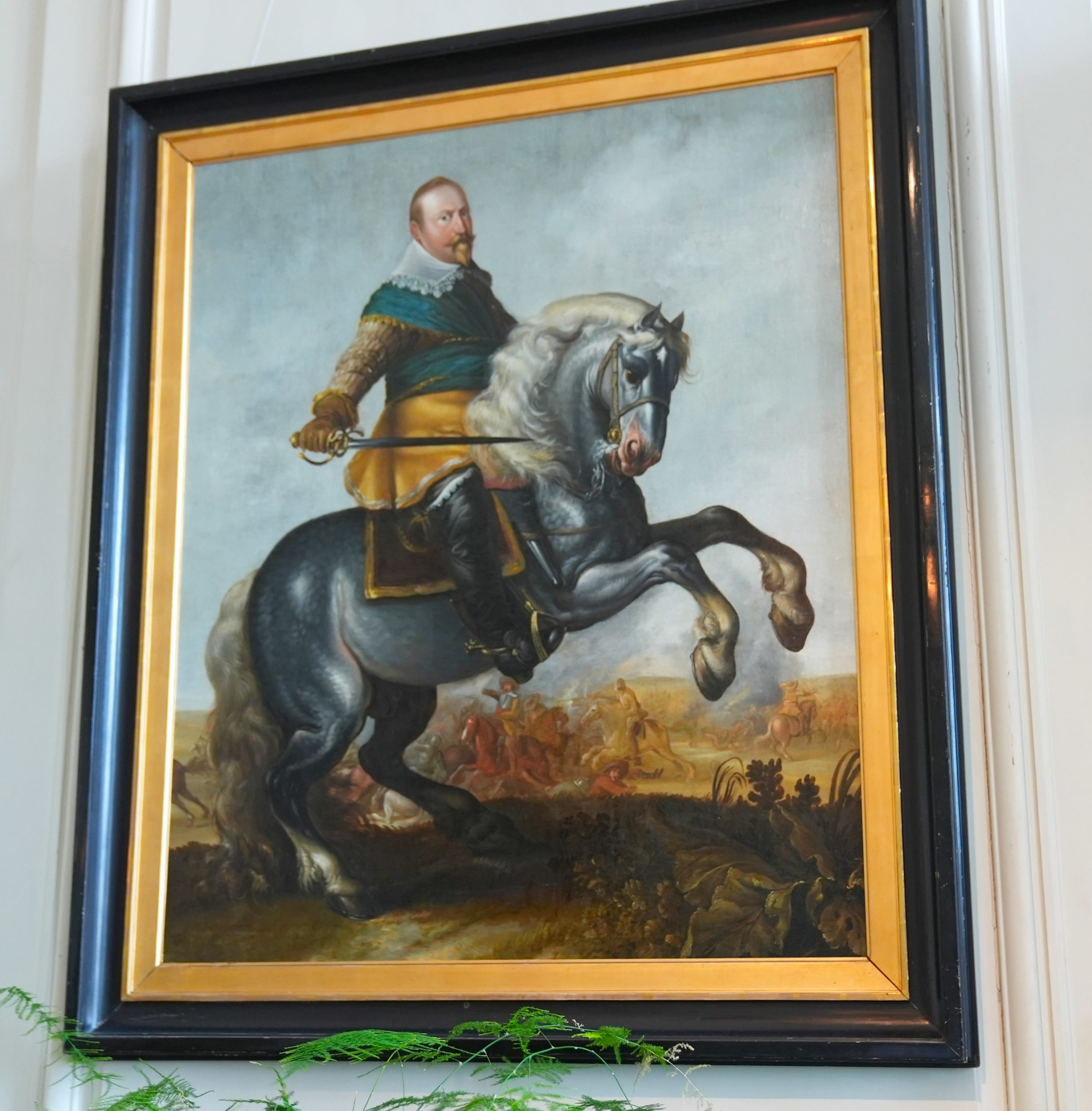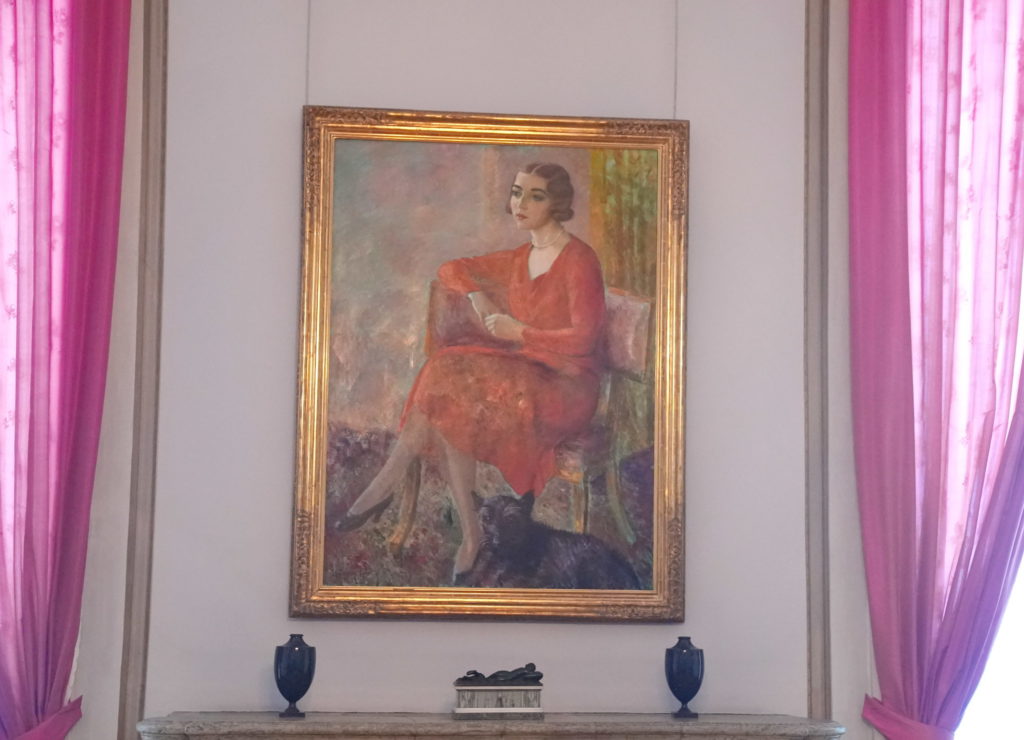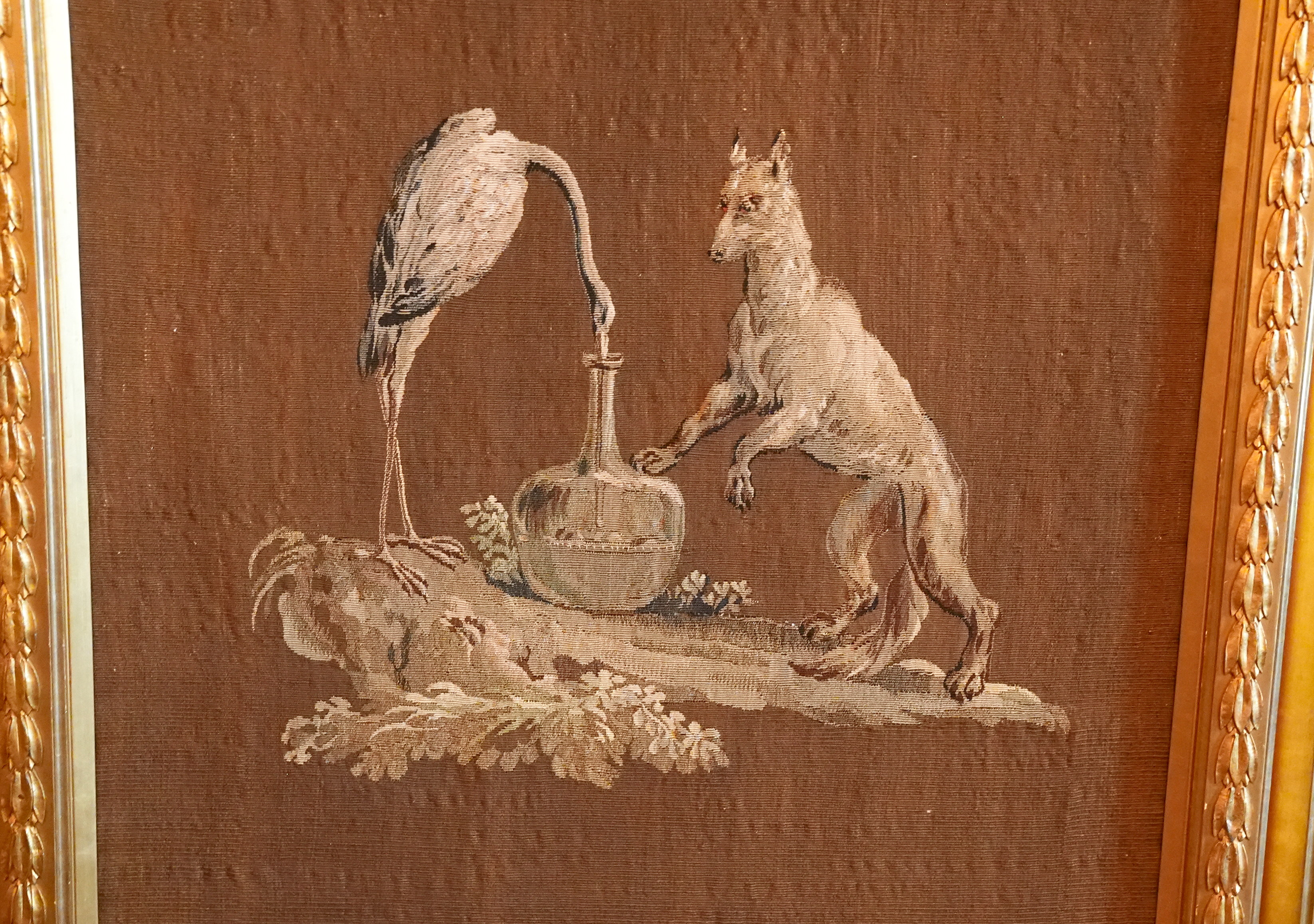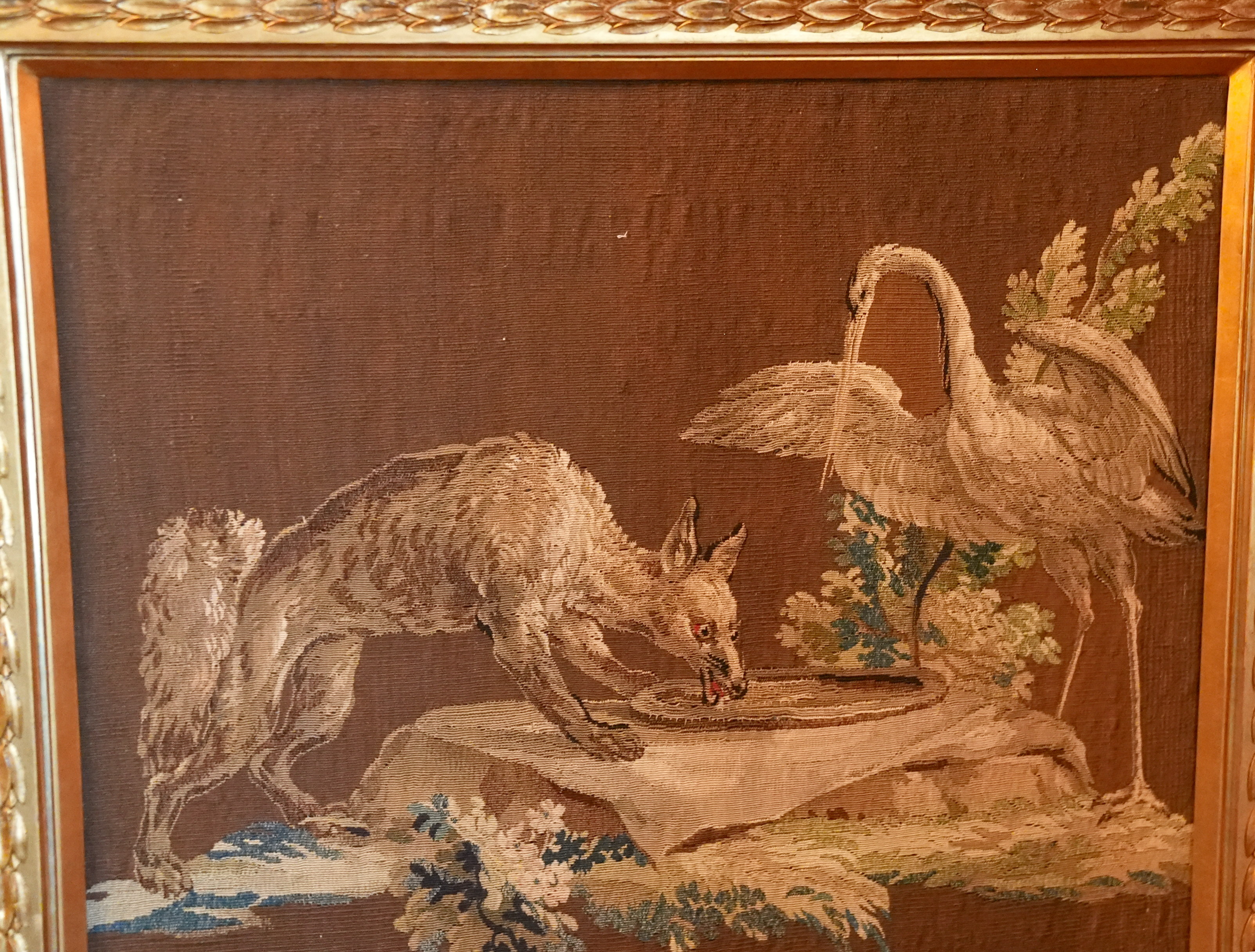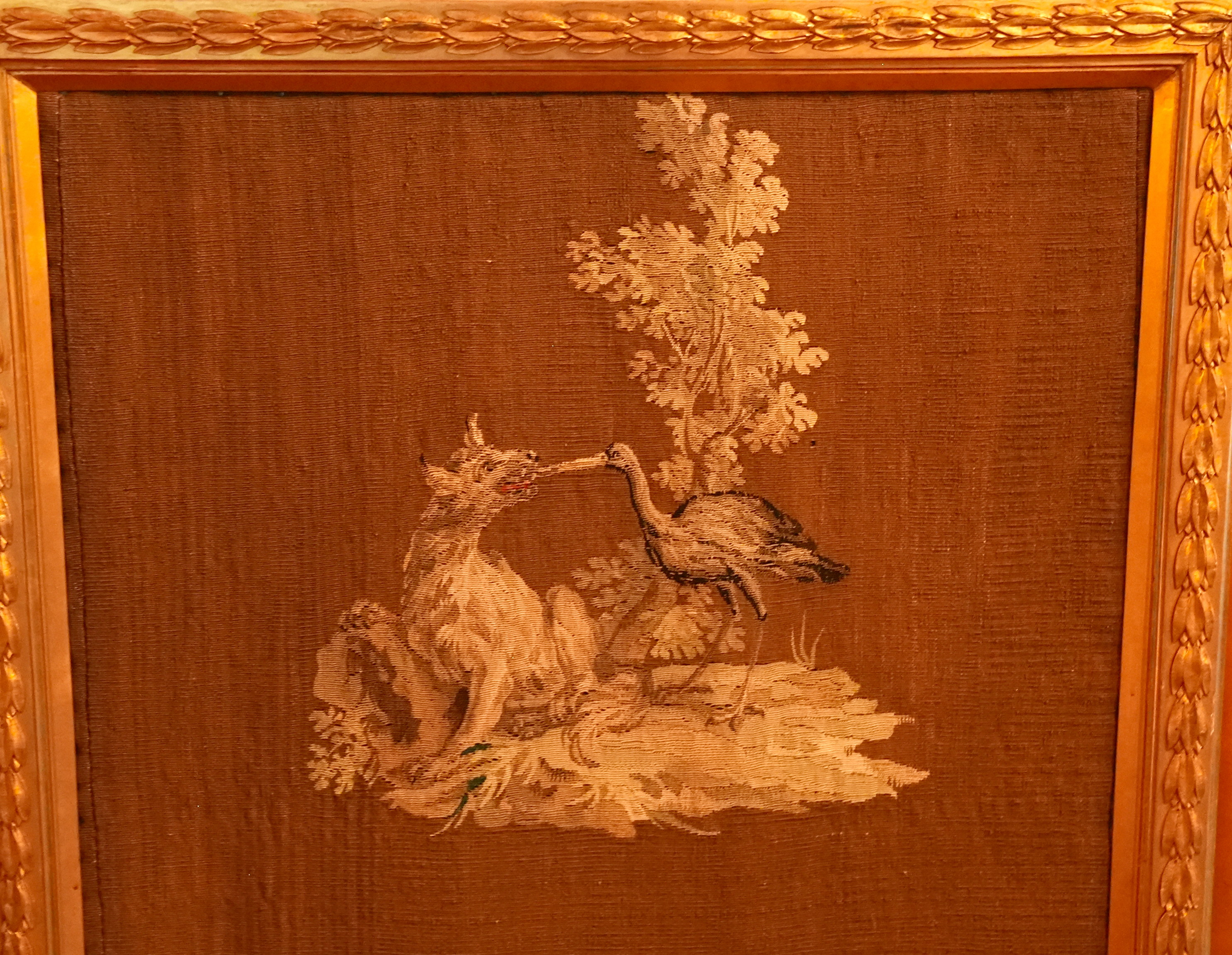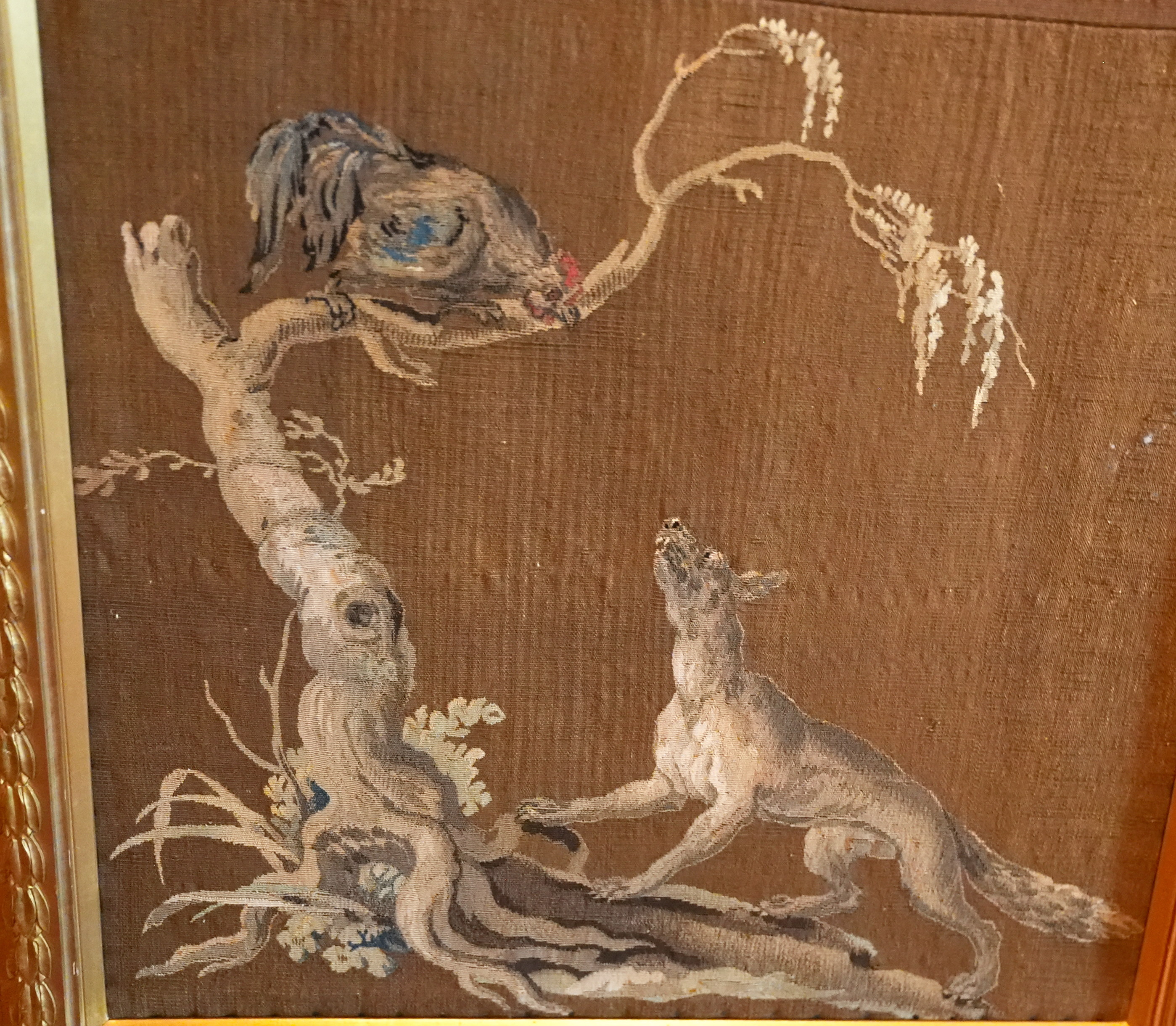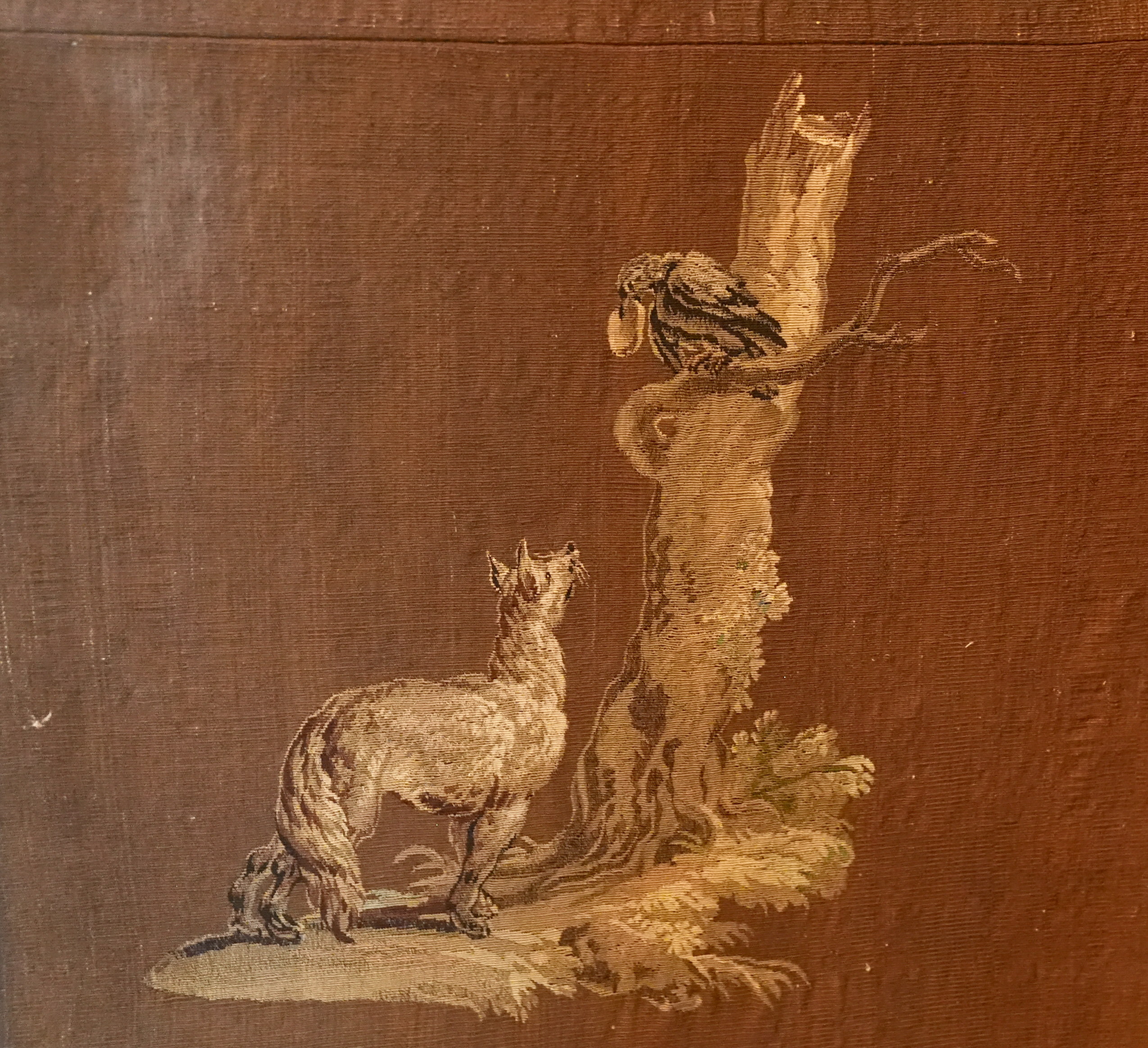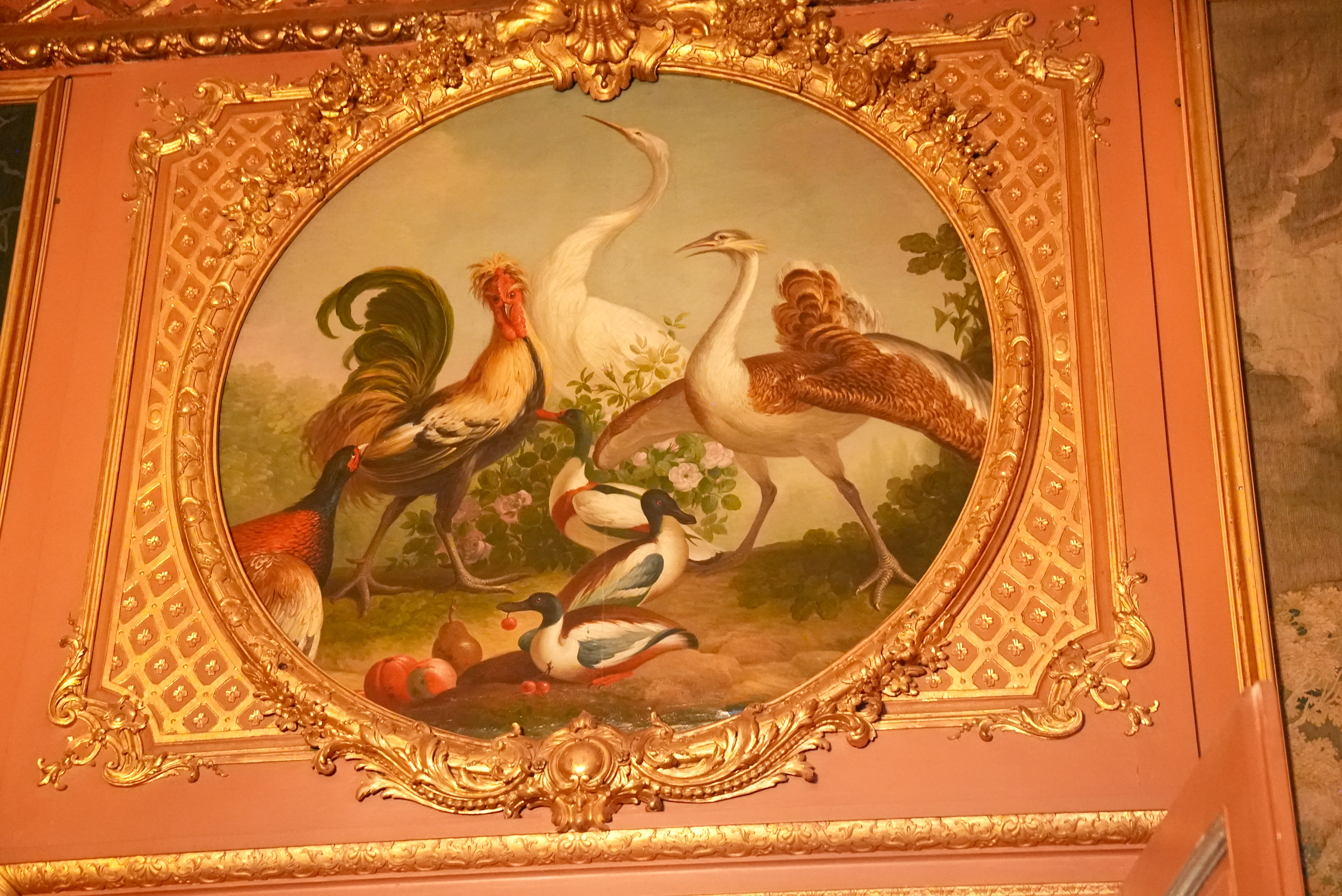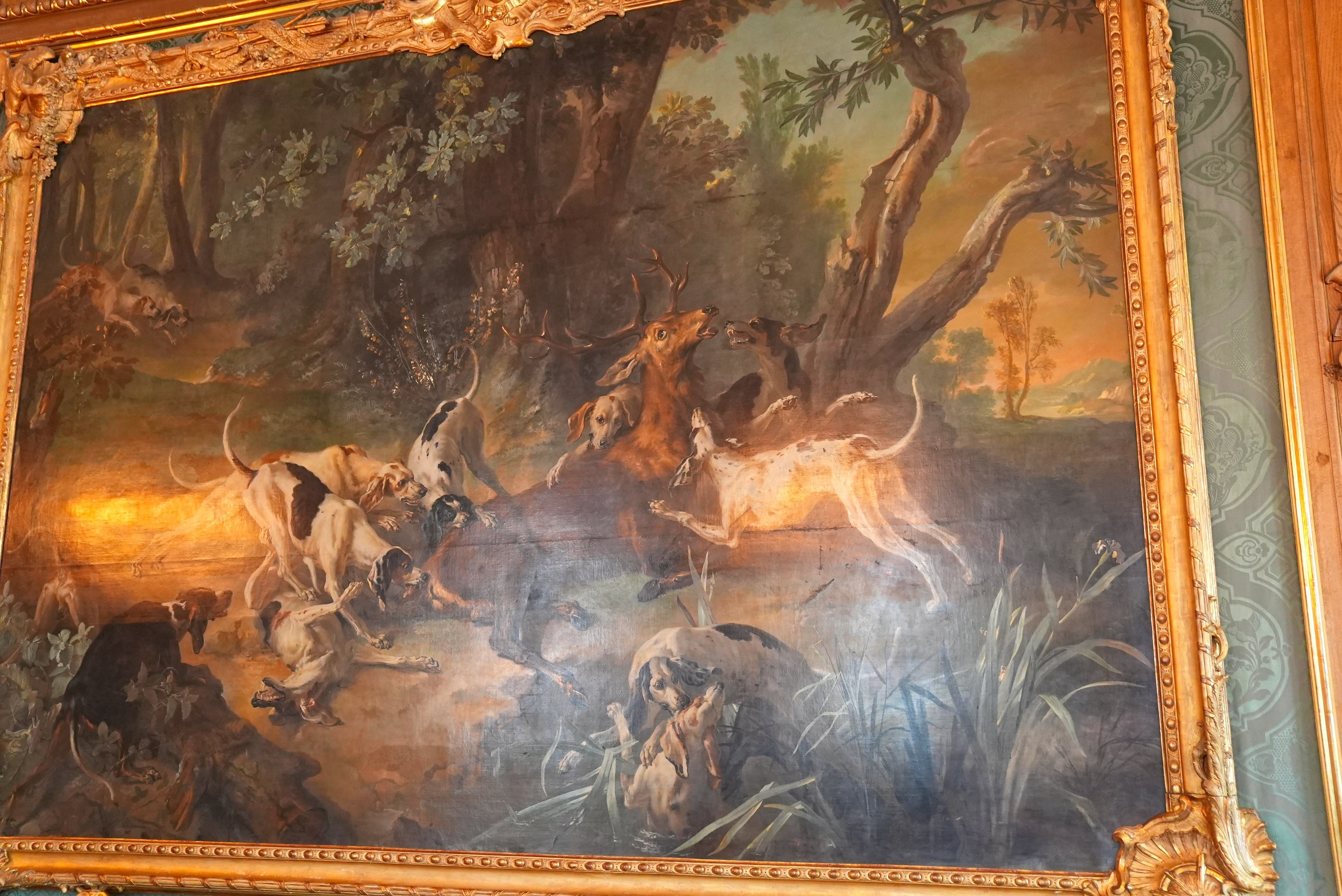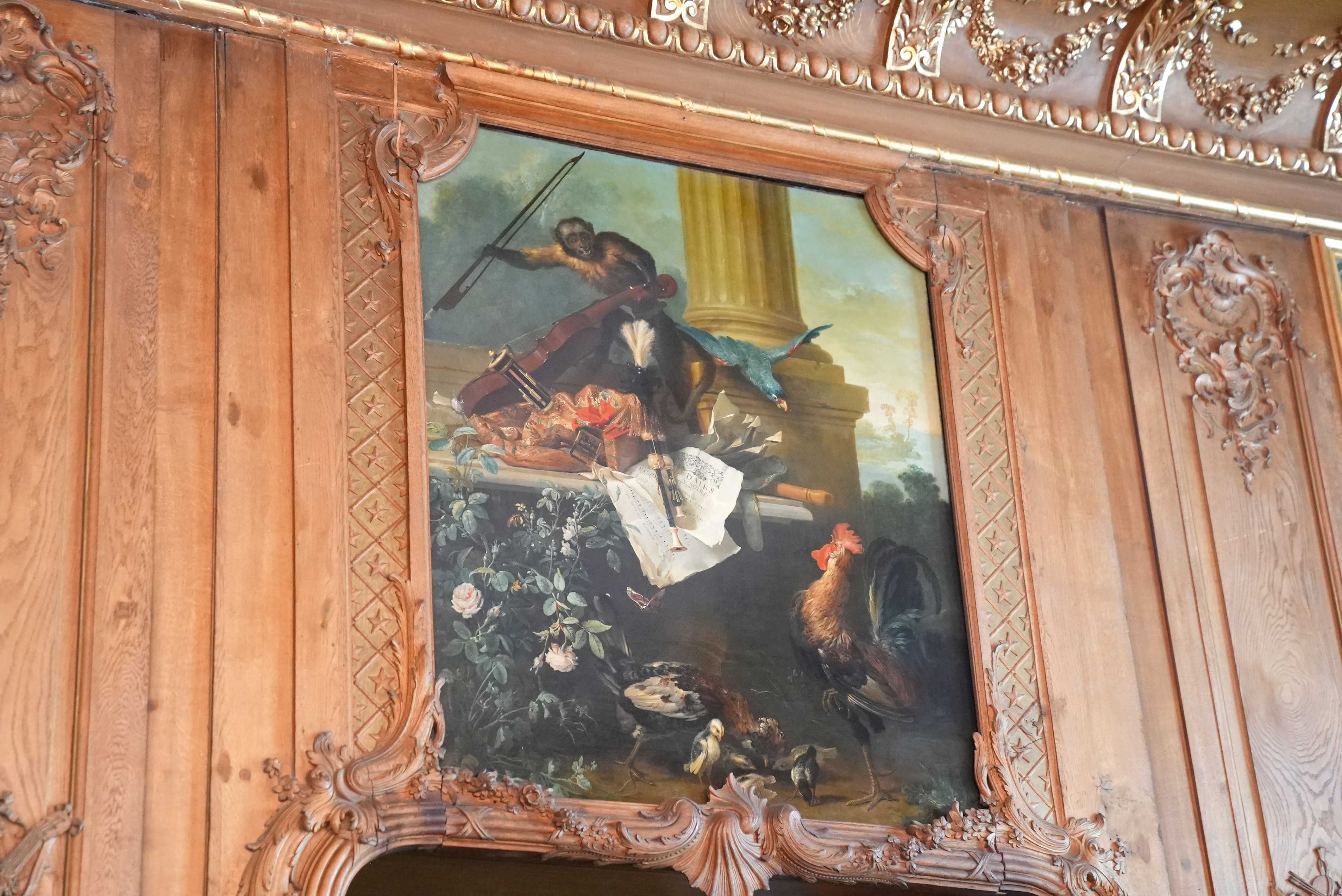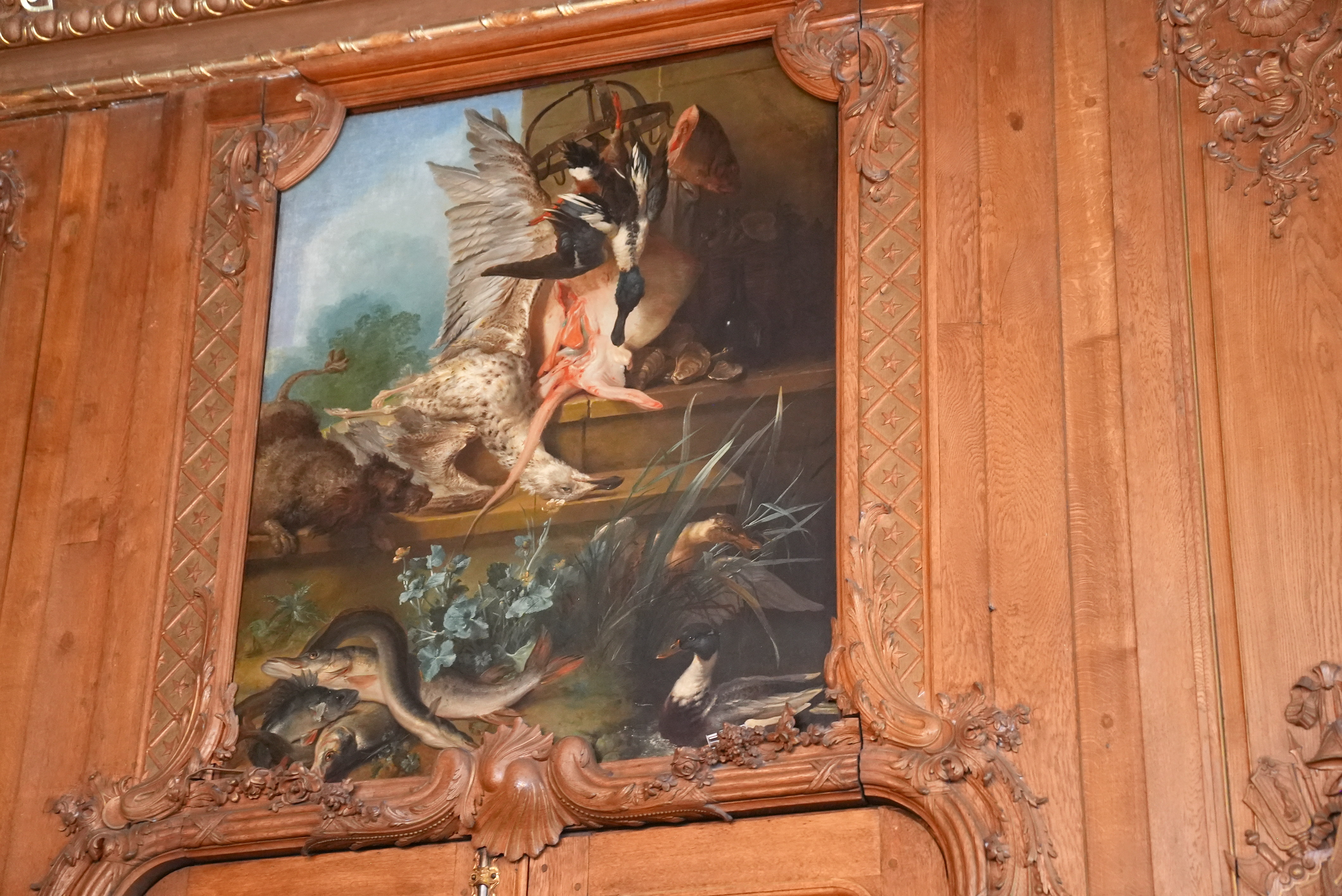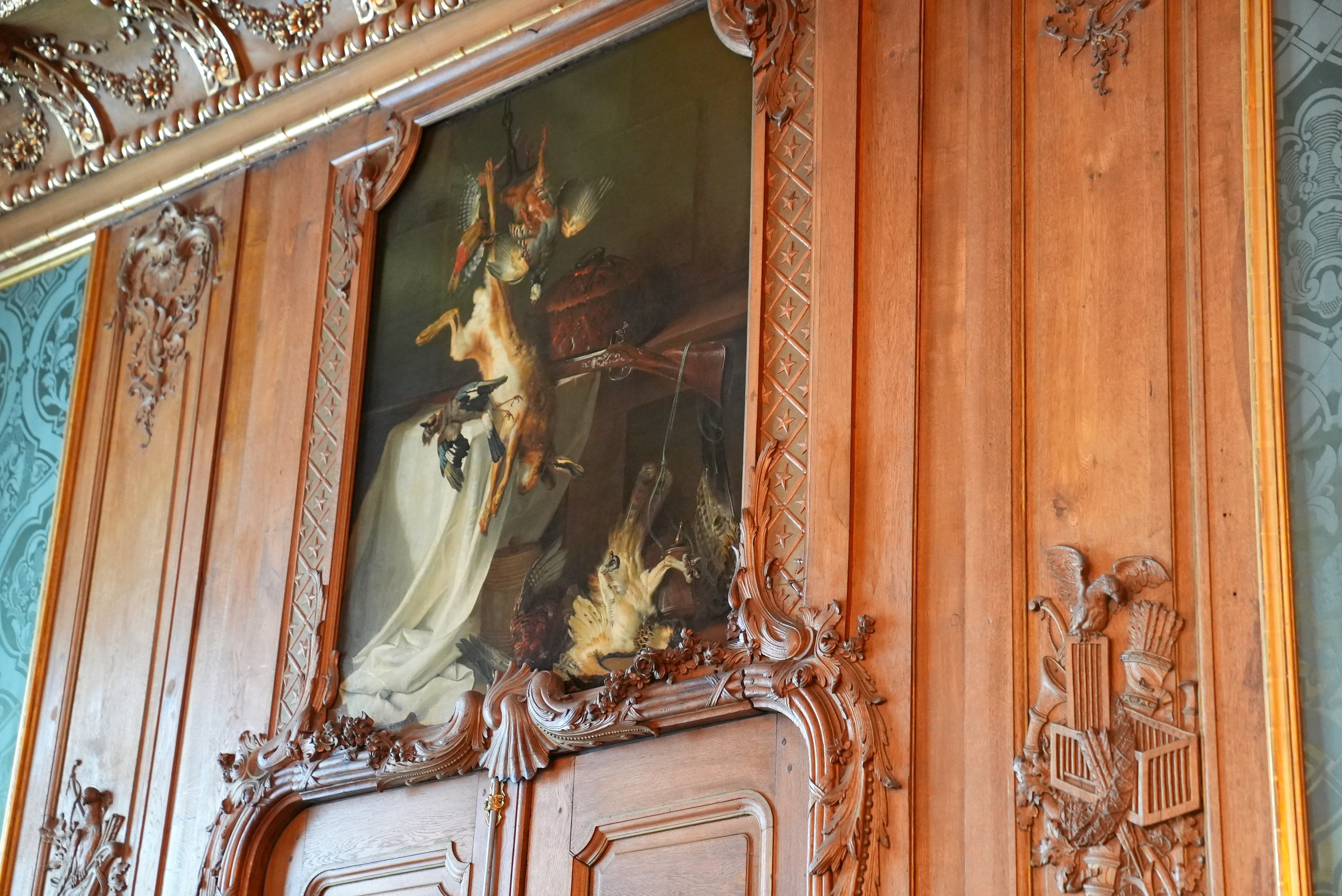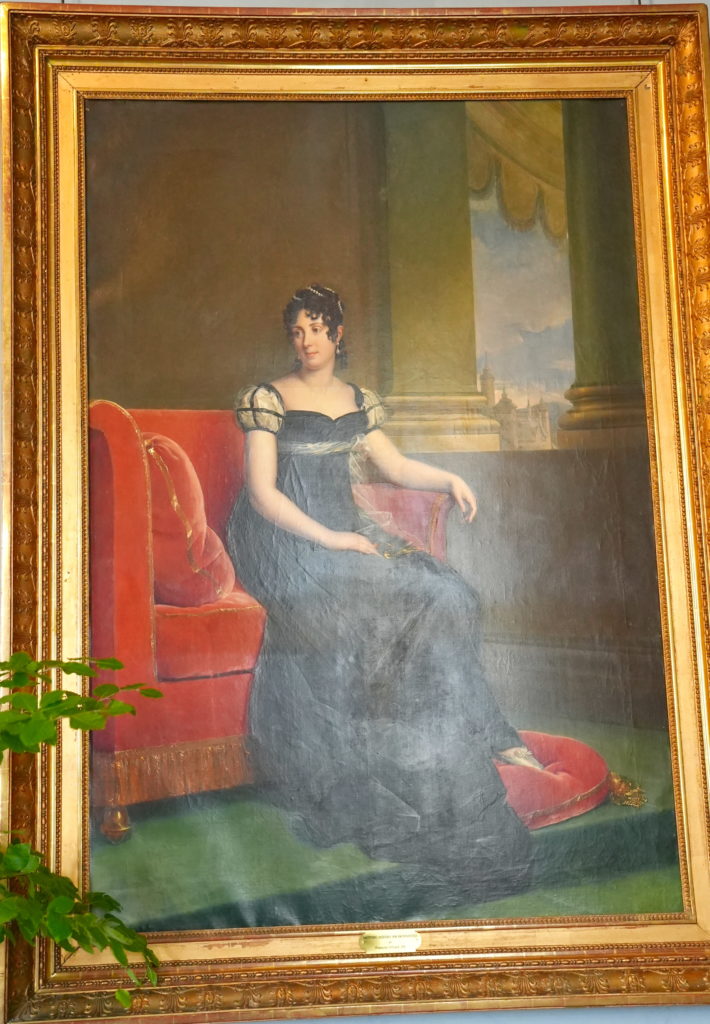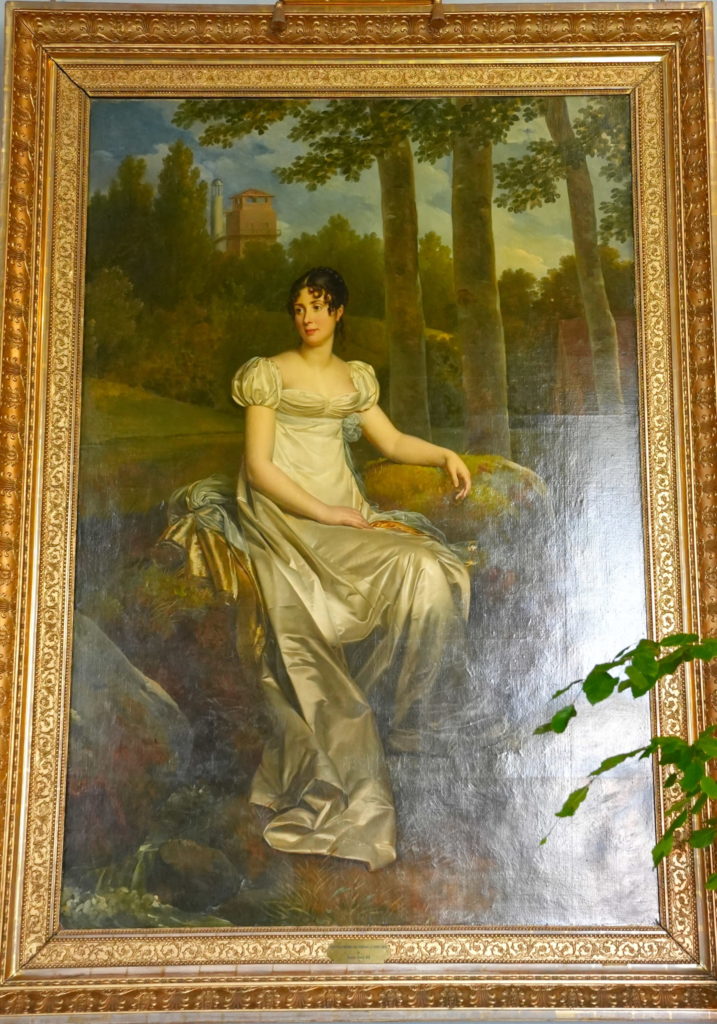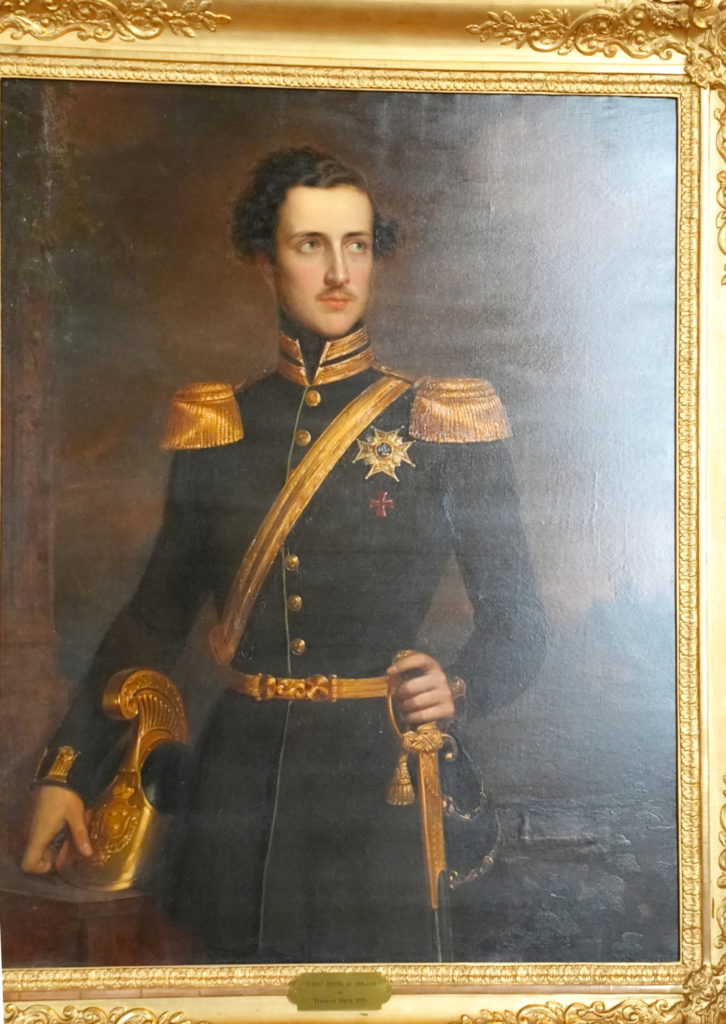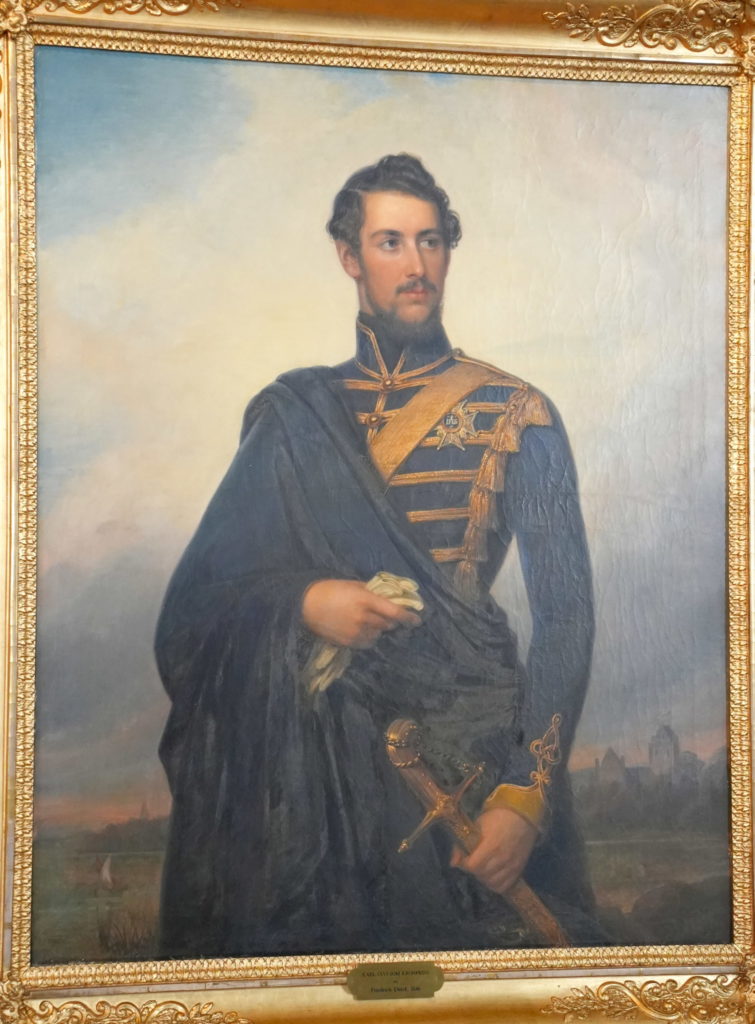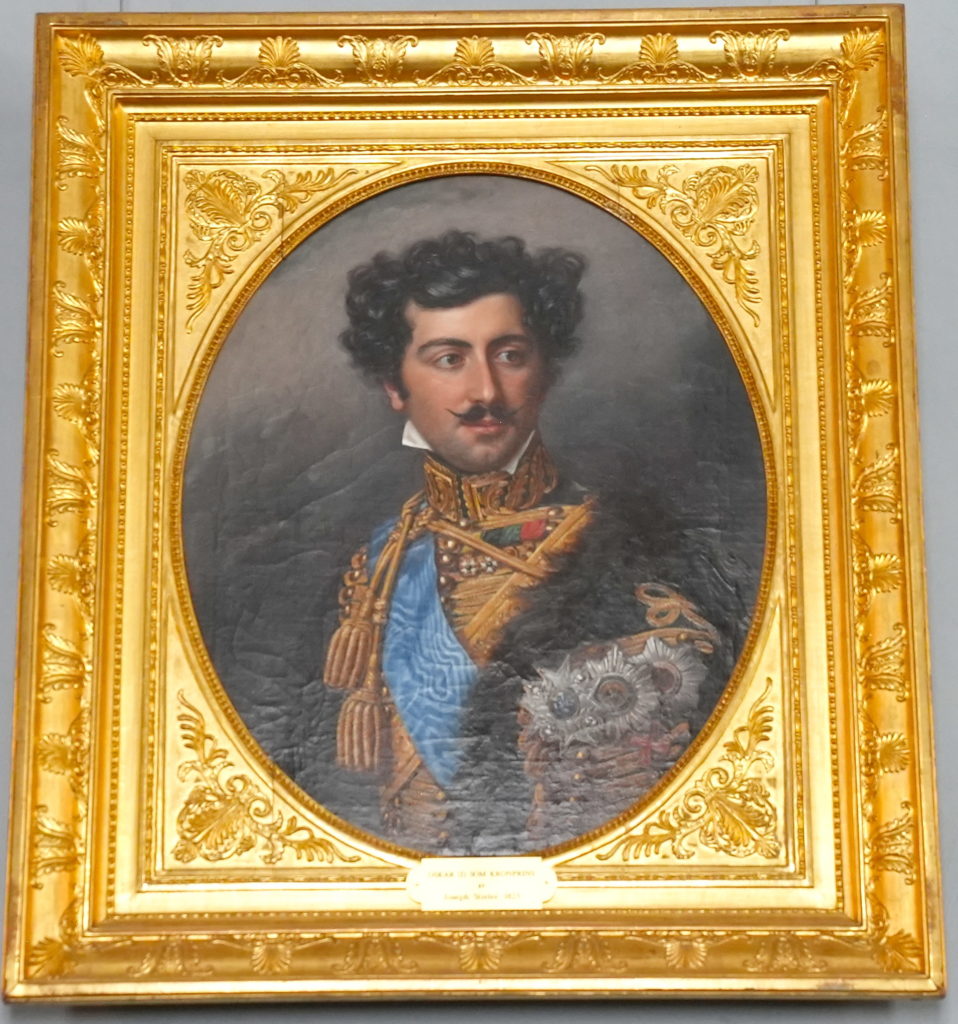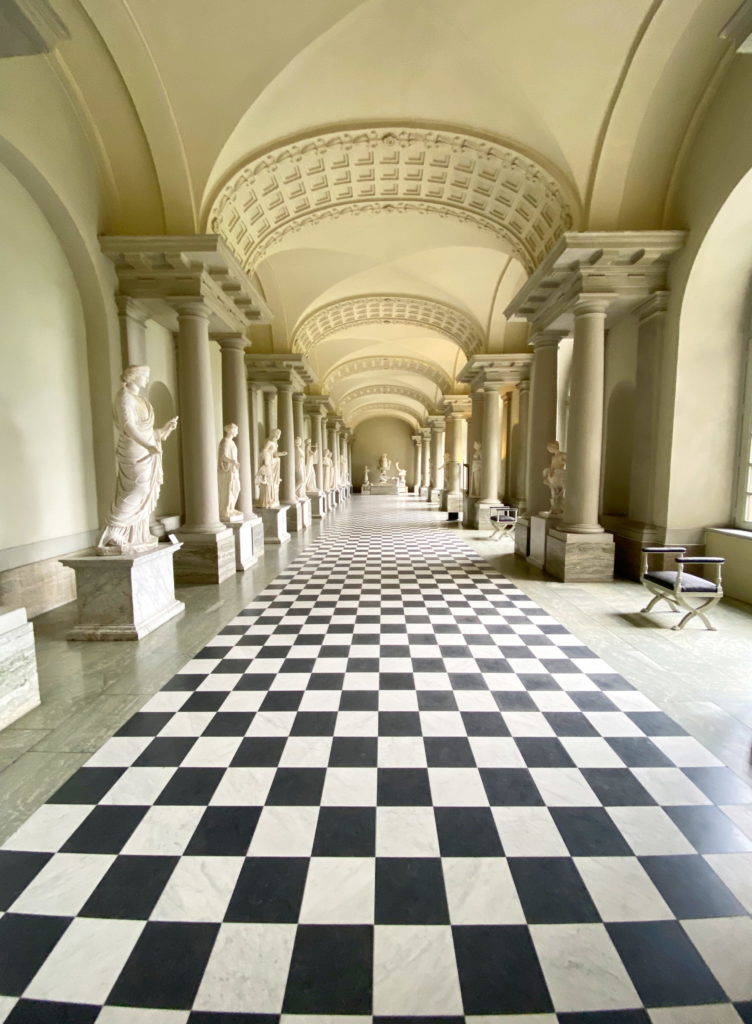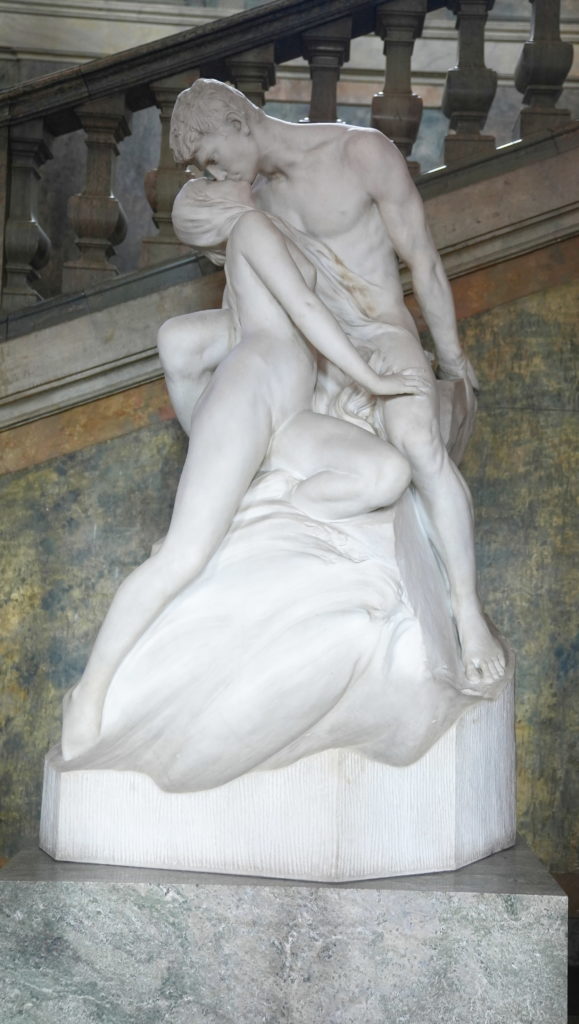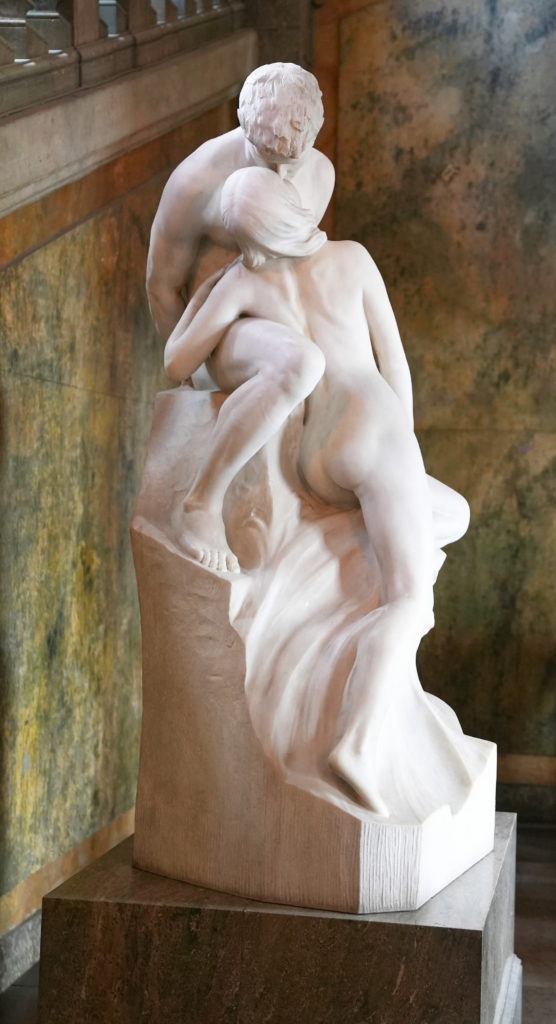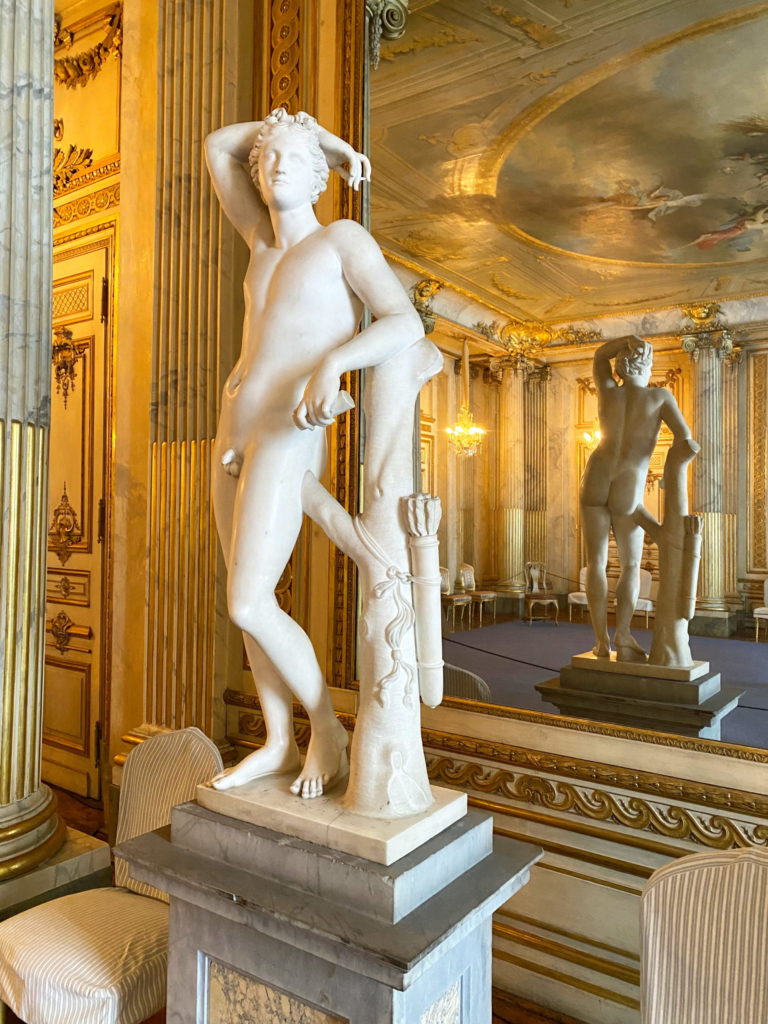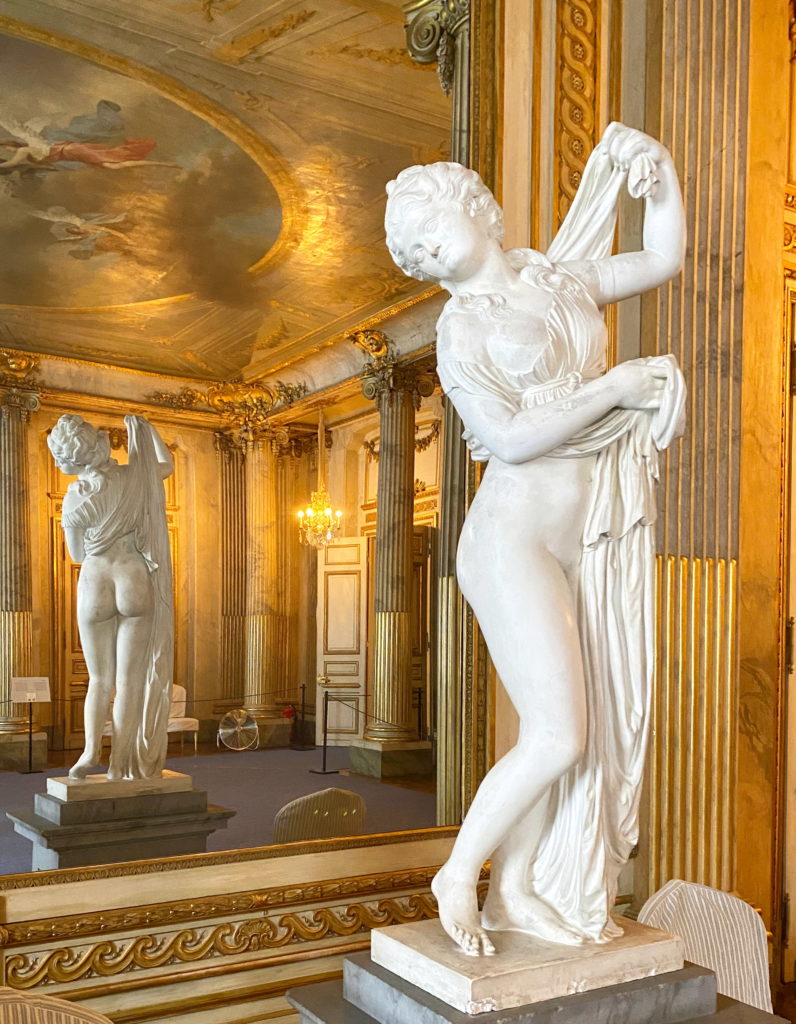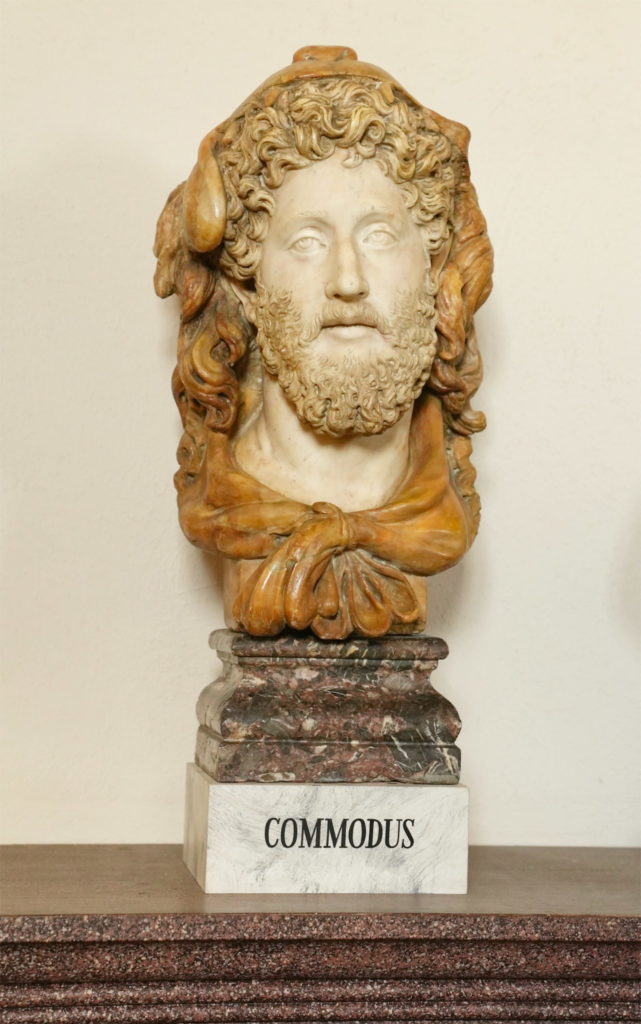The Royal Palace (or Stockholm Palace) is the official residence and major royal palace of the Swedish monarch.
From the outside, the castle, which makes up the Tre Kronor quarter, is surrounded by Lejonbacken and Norrbro in the north, Logården and Skeppsbron in the east, Slottsbacken and the Great Church in the south, as well as the outer castle courtyard and Högvakt terrace in the northwest.
Interiorly, the castle (as of 2009) is composed of 1,430 rooms, of which 660 have windows (because, somehow, that is important). In addition to the royal residential floors, the castle houses representation and party floors of various kinds, including the Festsvåningen, the Great guest floor and the Bernadotte floor. The castle also houses the Hall of the Kingdom, the Castle Church, Gustav III’s antiquities museum, the Treasury with the royal regalia, the Armory Chamber and the Museum Tre Kronor with a cellar vault from the old castle. Until 1878, the Royal Library was also housed in the north-east wing, the so-called Library Wing today houses the Bernadotte Library. In the Chancellery wing, the Palace Archives can be found. The Royal Court has its premises in the castle, which is the workplace for around 200 permanent employees. The High Guard has guarded the castle and the royal family since 1523. The castle is 42,000 m² in size.
And we are here to see what all the fuss is about.
Alas, there is so much royal stuff in the Royal Palace, we don’t quite know where to begin. So, let’s begin with Royal Rooms and see where that goes.
Royal Rooms
There are 1,430 rooms here, so we can show you only the most visually interesting, even if we don’t entirely know what they are for.
This is the Rikssalen, which used to be where the King opened Parliament every year with a formal ceremony. But that ended in 1975. Now, it appears to be a room with metal detectors and blue-covered benches.
This place seems to have no corridors, just interconnecting rooms. So the official description should read, “the castle (as of 2009) is composed of 1,430 rooms and no corridors, or, 1,430 corridors and no rooms, depending on your perspective.”
And this is how it looks from the other direction. (It’s the same chandelier.) Note that we never see anyone sitting on any chairs or sofas. Are they just decorative?
Perhaps, in ancient times, these rooms really were illuminated by massive numbers of candles burning in hundreds of chandeliers. Now, it just looks ostentatious. Notice that they rolled up part of the Royal Carpet and laid down a lesser carpet for their subjects. Nice.
Remember Brian and Stewie in “Road to the Multiverse“? Well, this is the universe where bookshelves were never invented so all books had to be exactly the same size so they could be stacked on long tables with red chairs.
If that table cloth is not perfectly lined up, His Majesty will instantly know it and will have you executed.
Royal Chairs
Royal Rooms must have Royal Chairs, mustn’t they?
Queen Kristina’s silver throne is a throne that has been used by Swedish monarchs at solemn ceremonies such as coronations, accessions to the throne and the ceremonial opening of the Riksdag.
Ha ha. It’s not really silver, but rather wood covered with silver and a silver-colored cloth seat cushion. Couldn’t have a royal bum resting on real silver, could we now?
According to a placard, this room was designed for King Carl XVI Gustaf‘s 25th Jubilee. There was a contest, and this was the winner. Imagine the King preparing for this momentous event, hearing rumors of the great expense and effort. The day finally arrives. “Okay Carl XVI, close your eyes!” Yeah, I’ll bet that was a great surprise for him!
Like, who sits in this chair? Is it a punishment? Maybe it was just an extra chair, so they stuck it in this alcove.
At first you think, “Oh, this is a nice chair,” and then you realize it’s for someone with very short legs. VERY short legs. And a very long torso. But at least it is placed on a thick mat that may or may not be soft.
A placard informs us that is used to be Duke Fredrik Adolf’s antechamber, but is not a salon. Well, not to brag, but I have nicer looking furniture in my living room. And what’s with the outcast chair? “Sven, you’re in the doghouse. It’s the red chair for you!”
Royal Objects
In the Royal Palace, Royal Objects are displayed.
This suggestively-shaped garment is in fact the Coronation cloak for the Queen of Sweden. You can see that the Queen must be of a standard height to ascend to the Royal Throne.
The tradition of wearing Coronation cloaks ended with Gustaf V. He was the first Swedish king since the High Middle Ages not to have a coronation and so never wore the king’s crown, a practice that has continued ever since. Even cooler, he represented Sweden (under the alias of Mr G.) as a competitive tennis player, keeping up competitive tennis until his 80s.
This is a vestment of the bishop of the order, from about 1783. This is apparently a Cope. It has a Japanese look to it, if you ask me.
This hardy fellow is from the early 1700’s. The crown jewels were stored here until 1732. It looks like there might be a poisoned dart that shoots out if you don’t open it correctly, but, sadly, no.
This is an iron chest for the regalia (“crown, scepter, and other ornaments used at a coronation”) made by Andreas Hultman in 1732. It has 25 spring bolts. Beyond that, I don’t know why it’s here.
There is no explanation as to why it has 25 spring locks and not, say, 12, or 47.
If you have a silver tray, you probably store it in a cabinet. If you are Swedish Royalty, then that silver tray has its own custom-made storage unit. I shudder to think of how long it took the Royal Servants to put away all the silverware.
Royal Medals
You can’t be a proper Royal King or Royal Anything without a lot of medals to show how important you are.
His Royalship display a number of medals, no doubt earned in various military campaigns. He must use a sword to stabilize himself so he won’t topple over from the weight…at least, that’s what I think.
According to a placard, these medals are King Gustaf V’s Comemorative badge of His 70th birthday in 1928, King Gustaf V’s Comemorative badge of His 90th birthday in 1948, King Gustaf VI Adolf’s Comemorative Medal of His 85th birthday in 1967, Medal in commemoration of the colon New Sweden in America 1938, Medal in commemoration of the Swedish pioneers in USA 1948, Home Guard Medal of Merit, Swedish National Athletics Union Jubilee Medal 1953 and; CoronationMedal of Queen Elizabeth II of England 1953.
So, I guess you can get these for just about everything. And, yes, they spelled “Comemorative” that way.
These colorful ribbons were awarded to His Royal Highness Prince Bertil for all kinds of fun things like state visits and traveling. Sweet.
From 1813 until 1905, diamond ornamented badges were awarded by the Swedish King. They were, in fact, a personal gift of the King and paid for privately. (Probably with money the King earned on a side job.) The good news is that you are allowed to keep them even after you die.
This badge seems more manly, if wearing such a thing can be considered “manly” at all.
Yeah, after a while, it does seem like Royal Folks should find better things to do than to award Royal Medals and Ribbons.
We are beginning to think they owned a diamond mine.
This dandy attire was worn by the State Herald and is in the same cut as the ceremonial dress of a Knight of the Order of the Seraphim. You can see that it has only one Royal Medal.
Sadly, this costume was last worn in 1806 at the coronation of King Carl XV.
Along with the plethora of Royal Medals, there is an abundance of Royal Jewels here at the Royal Palace.
Royal Art
Let us leave the world of diamonds and ribbons, and explore Royal Art.
As we wander this Royal Palace, we note the influence of Greece, Rome, Germany, Russia, and Italy, to name a few. We realize that there is no true “Swedish” culture (or American or Peruvian or Gambian); we are all a conglomerate of influences stretching to parts unknown.
There is much Royal Art here, and it’s up to us to interpret it. We will do our best.
In this scene, a mother teases her children by providing a fruit to one child but not to another. In the distance, a human-moth mutant preys on swallows.
A woman rides a bench through the clouds. A small child recklessly dangles four other children from thin strings. A fellow with a hammer rides in a chariot pulled by four horses; they appear to be about to plunge over a cliff. In the foreground, a woman sits on a white crescent and an owl flies past.
A fellow in red, sporting a crown and carrying a wand of sorts, walks through a forest followed VERY closely by other guys. In the background is a makeshift toilet facility.
Some girls were sitting around a vase discussing the dearth of men. They called to the gods to send them a man worthy of their love. An angel grabbed an unsuspecting guy and dragged him down from heaven. In the distant clouds, a god spits.
In this scene, a guy in a red cloak is resting near a sewage outlet pipe, minding his own business. He sees two girls racing each other and about to plunge into the polluted water. He beckons them to stop, but they pay him no heed, intent as they are on winning the race.
In this masterpiece, someone’s pet pig was drinking at the pond when it was set upon by vicious hounds. The villagers rush to the pig’s aid, intent on slaying the hounds. Alas the villagers’ flowing capes foul their spears and arrows, and the pig soon becomes an evening meal.
This book depicts attempts to redesign chess pieces to match Swedish dandies. Here we have a Knight, bolding spanning two squares, daring the other pieces to advance. Where will he move next? You. Don’t. Know!!
We are guessing that this depicts the Black Plague. These are all the people left, and the men in the center are discussing the fact that there are only those two women on the right who remain in the village, and they are 16 years old and, thus, too old to marry.
This fellow wanted to be remembered as bigger than life, so they put him on a tiny horse. And why isn’t he in the battle, fighting for his country?
This lady is sad because she is having herself painted and has but one plain red dress to wear. On the other hand, the black devil-cat at the bottom right is pretty cool.
There is also a large collection of Royal Animal Art.
Royal Zoolander
Mugatu: “Who cares about Derek Zoolander anyway? The man has only one look for Christ’s sake!”
In this section, we explore the Zoolander Syndrome.
A woman sits on a chair, her face illuminated by the light behind her.
Here, the artist painted everything but the woman, then just Photoshopped her in at the end.
A brave officer with only a few decorations gazes out across an unknown battlefield, daring the enemy to challenge his courage.
His uniform is dirty and must be covered with a cloak and his hair is starting to curl from the weariness of battle, yet still his eyes challenge an unseen enemy.
Unable to fight as he is weighted down with endless medals, his hair fully curled giving him a devil-may-care attitude, he goads the enemy, knowing they will not attack such a hero.
Royal Statues
Swedish Royal folks would be nothing without Swedish Royal Statues.
In Sweden, if you have a chair that looks like it was purchased from Ikea, they will put a rope around it. However, statues are fully exposed. We do, however, refrain from any graffiti.
If you can’t be bothered to make an entire statue, the head will do. Besides, you can fit a lot more of them in a room.
From a distance, this statue looks like “Girl giving a handy.” Sadly, it’s not.
A good artist gives focus to the back of a statue, and a good museum is careful to display the work in its entirety.
The sculpturer used a tree trunk to enable the man to stand; clever but, still, I find this unsettling.
The careful placement of mirrors allows us to enjoy the whole piece.
And so we end our lighthearted look as Swedish Royalty and Royalty-ness. Come back next time when we visit museums in Stockholm, including the Vasa Museum.

